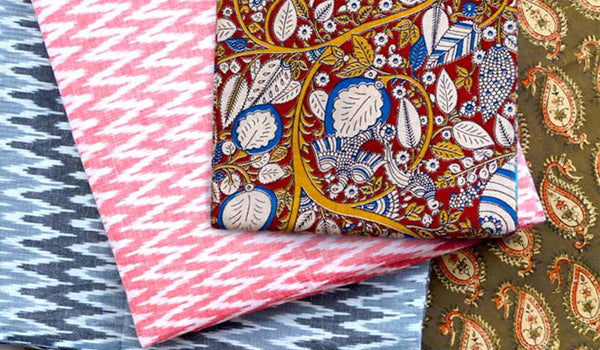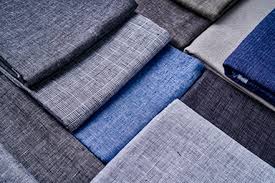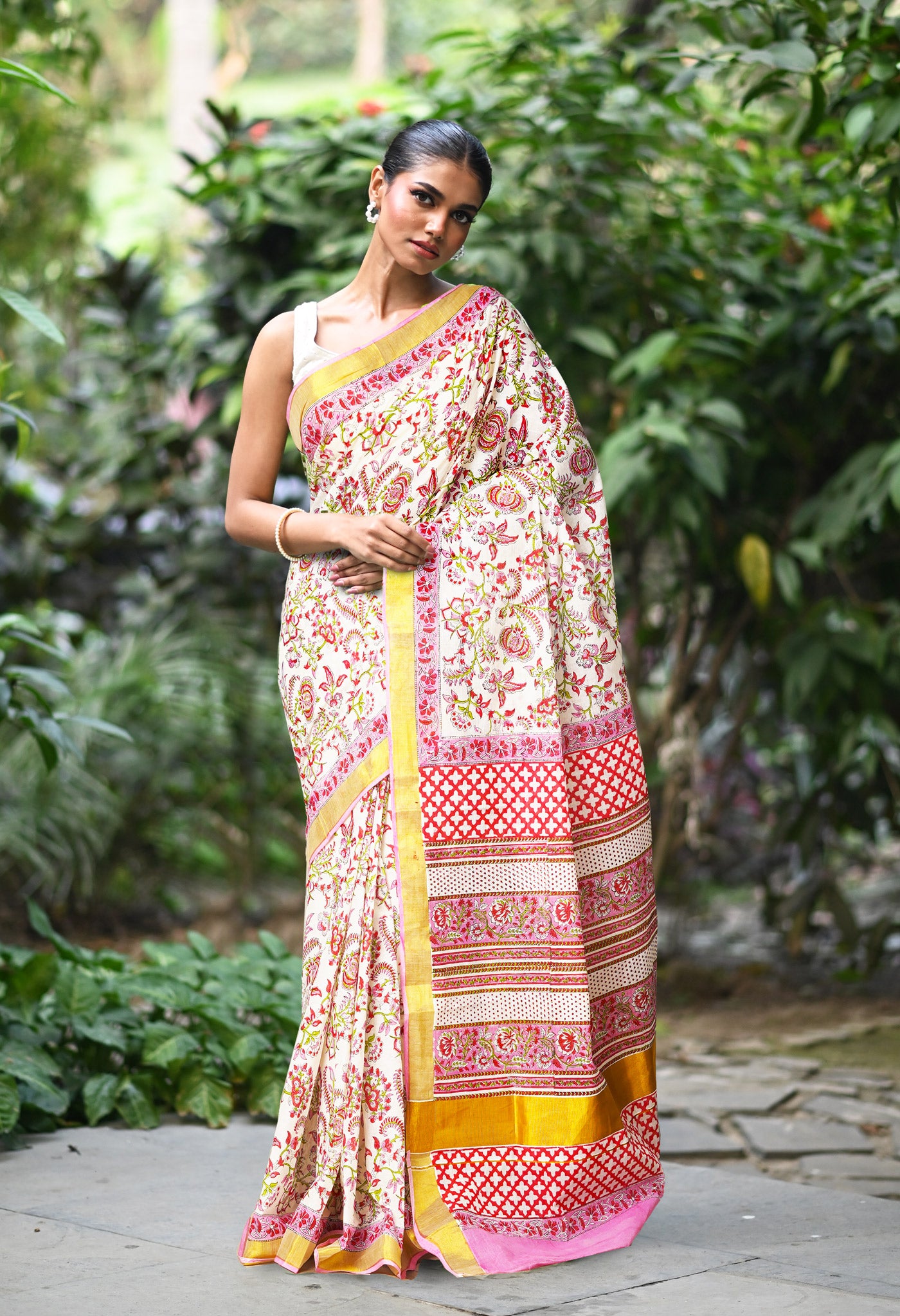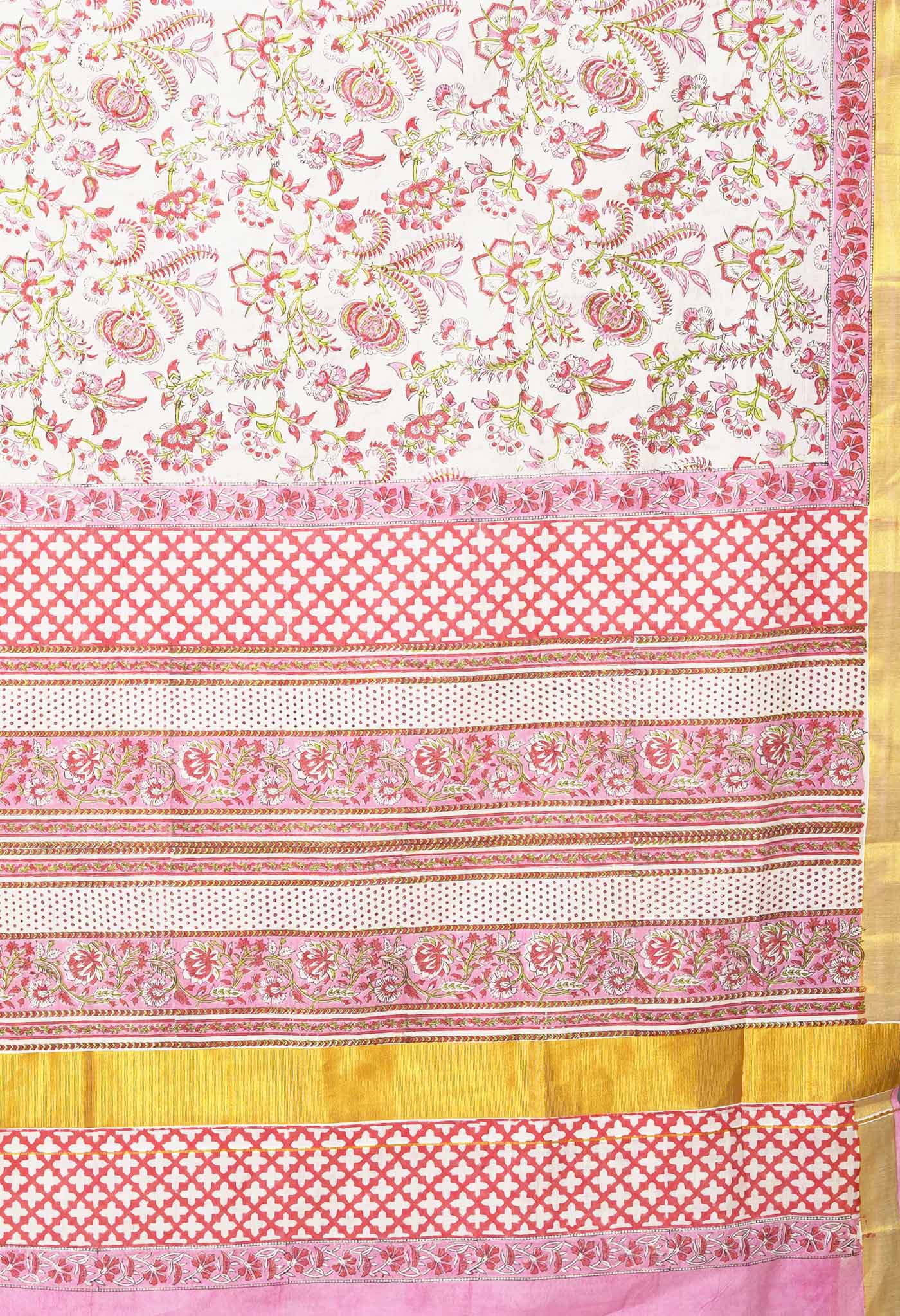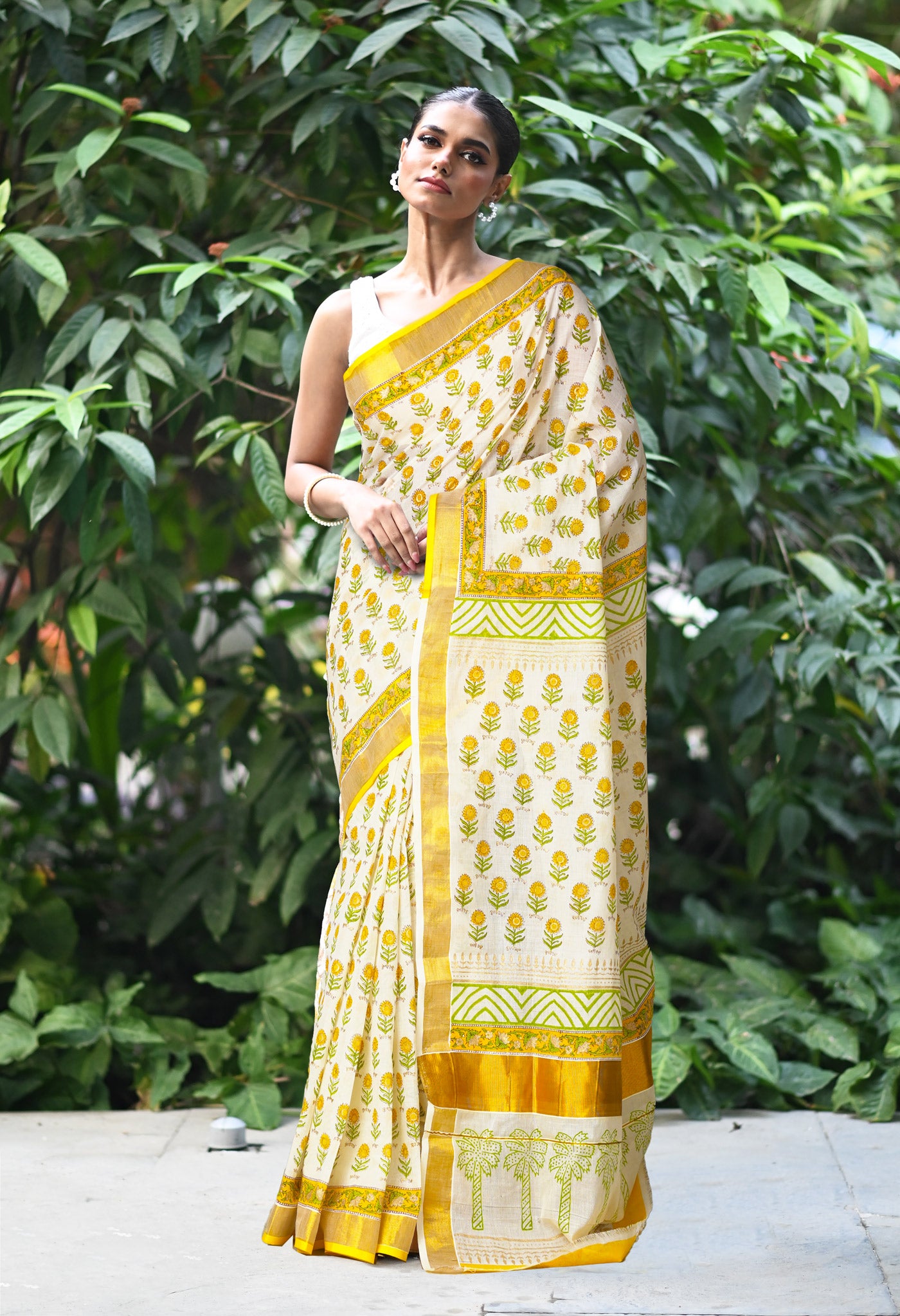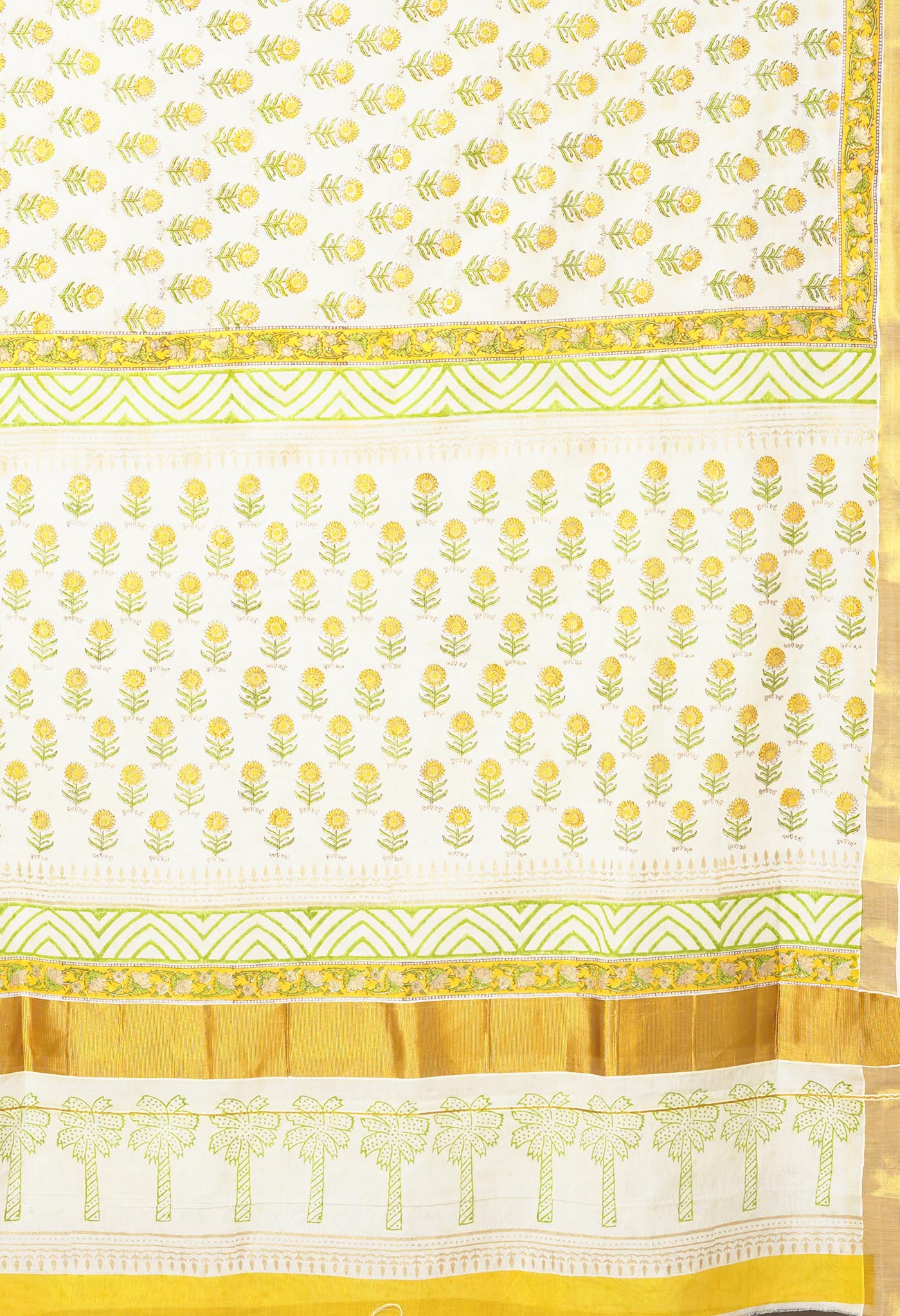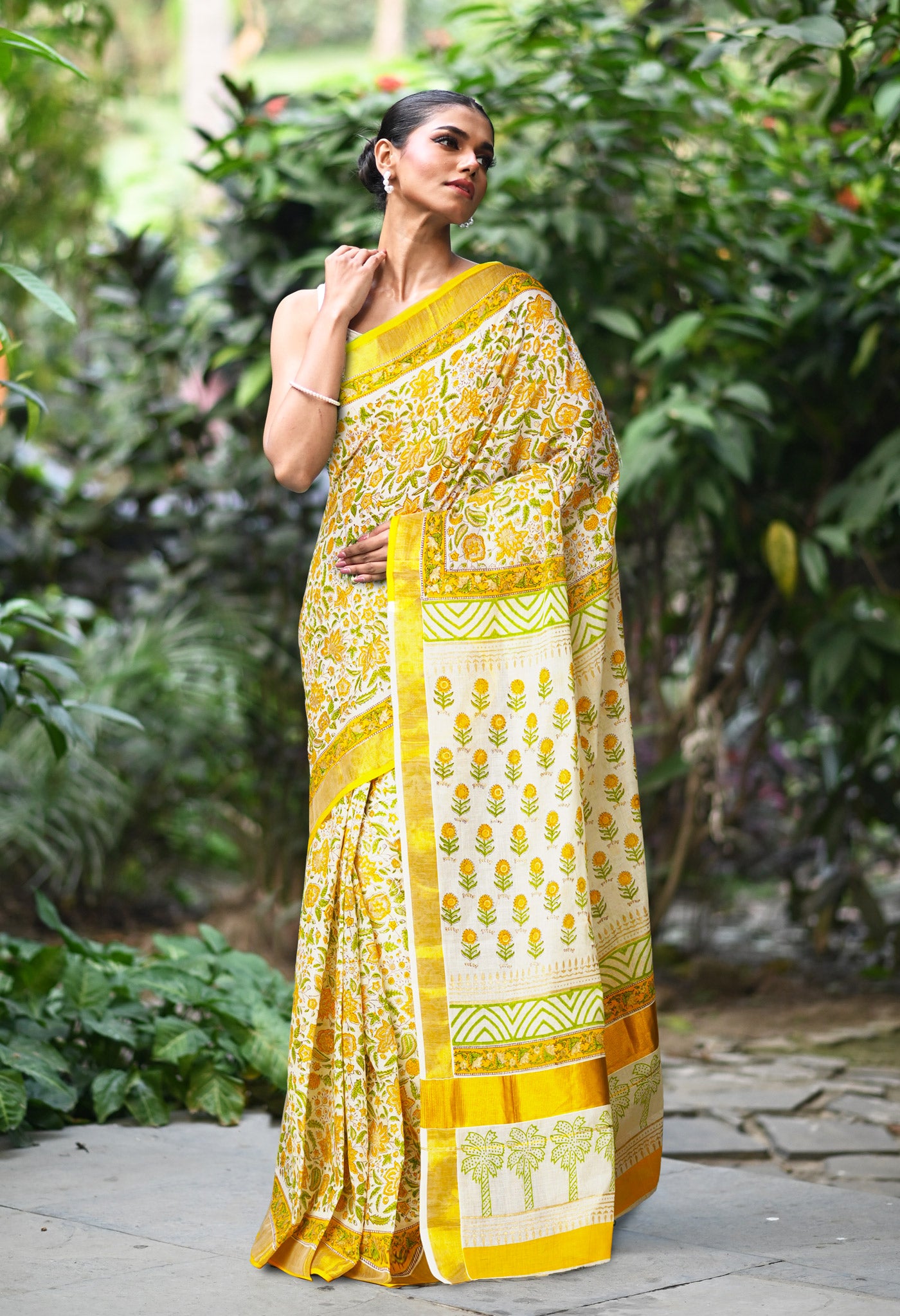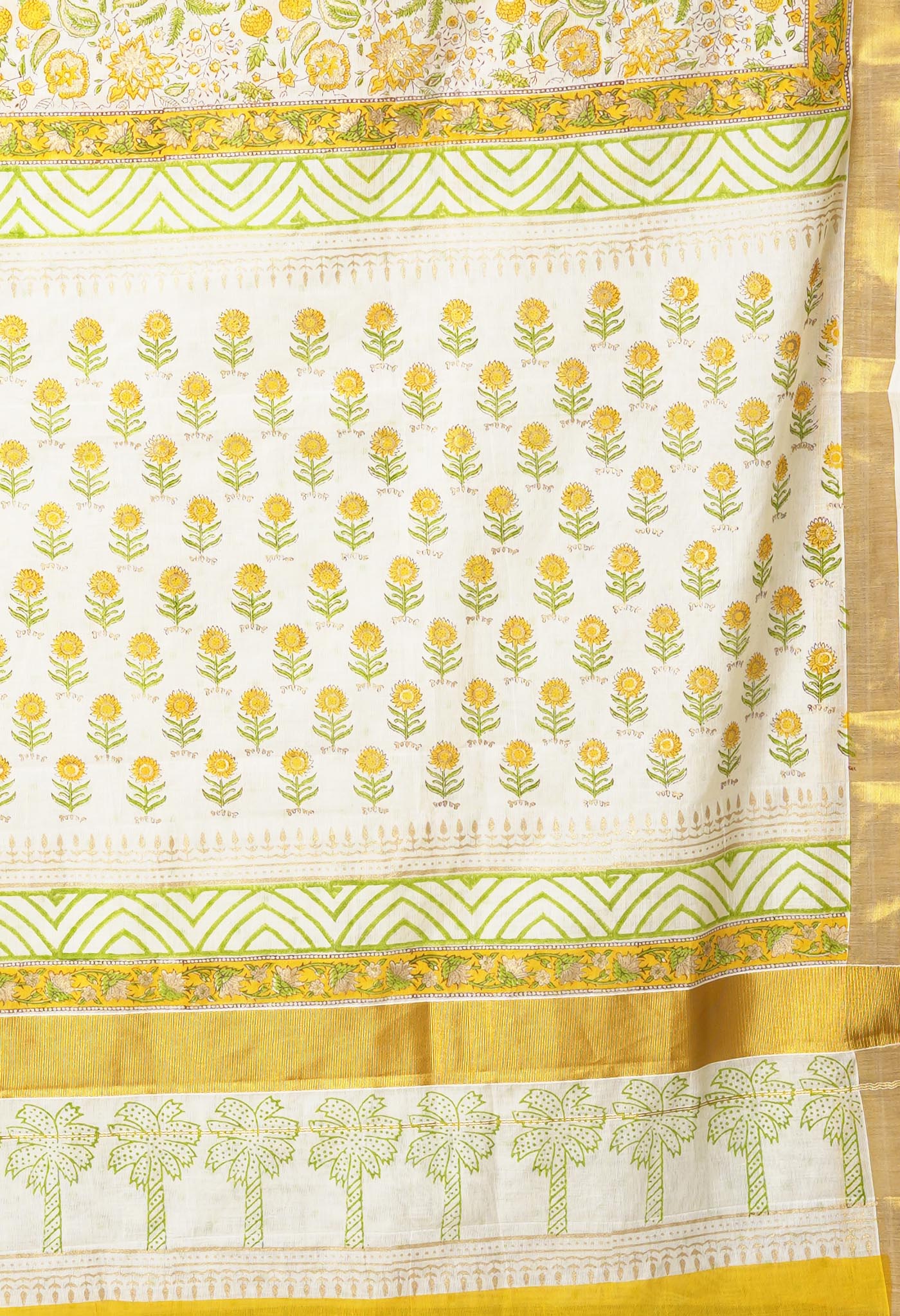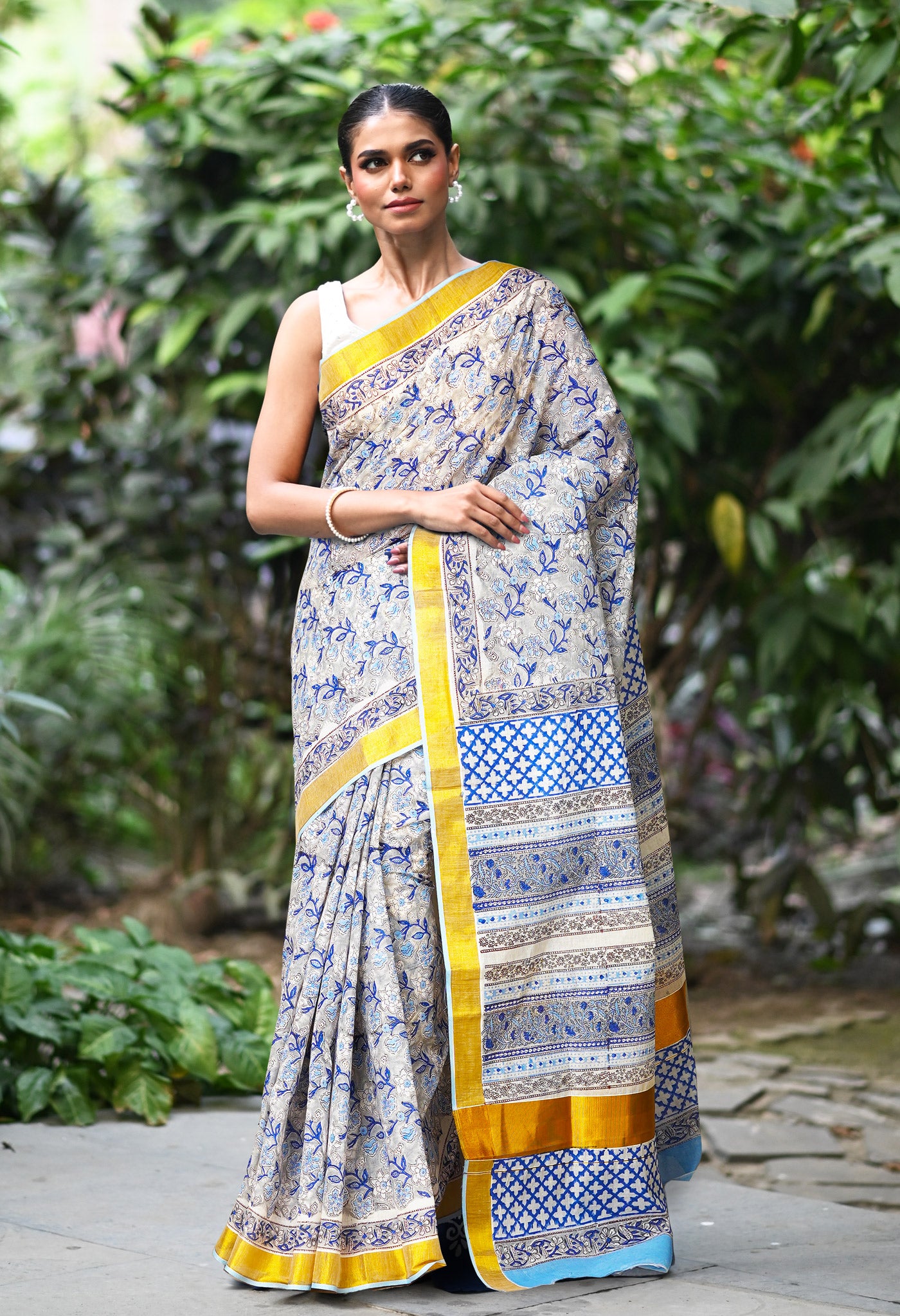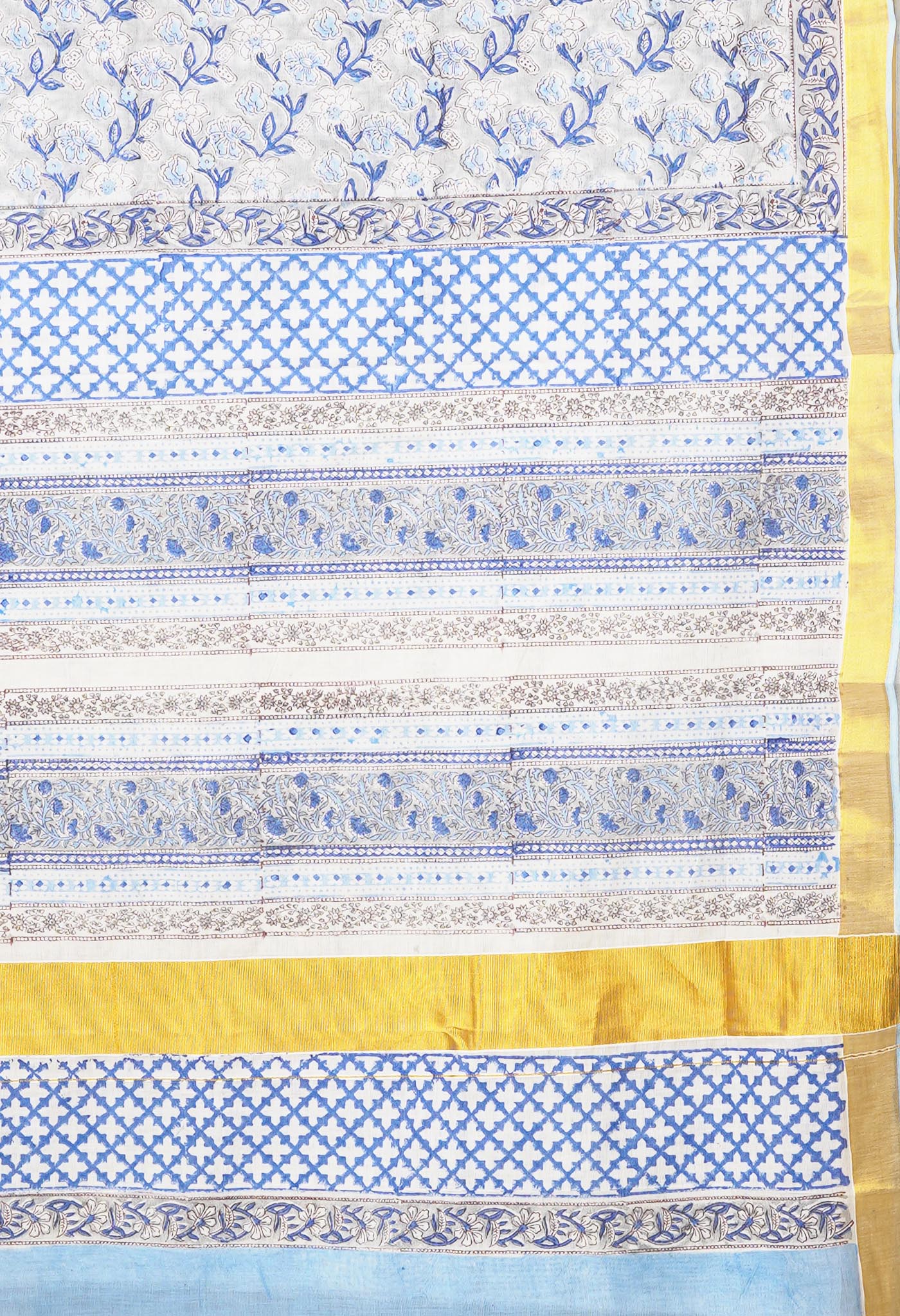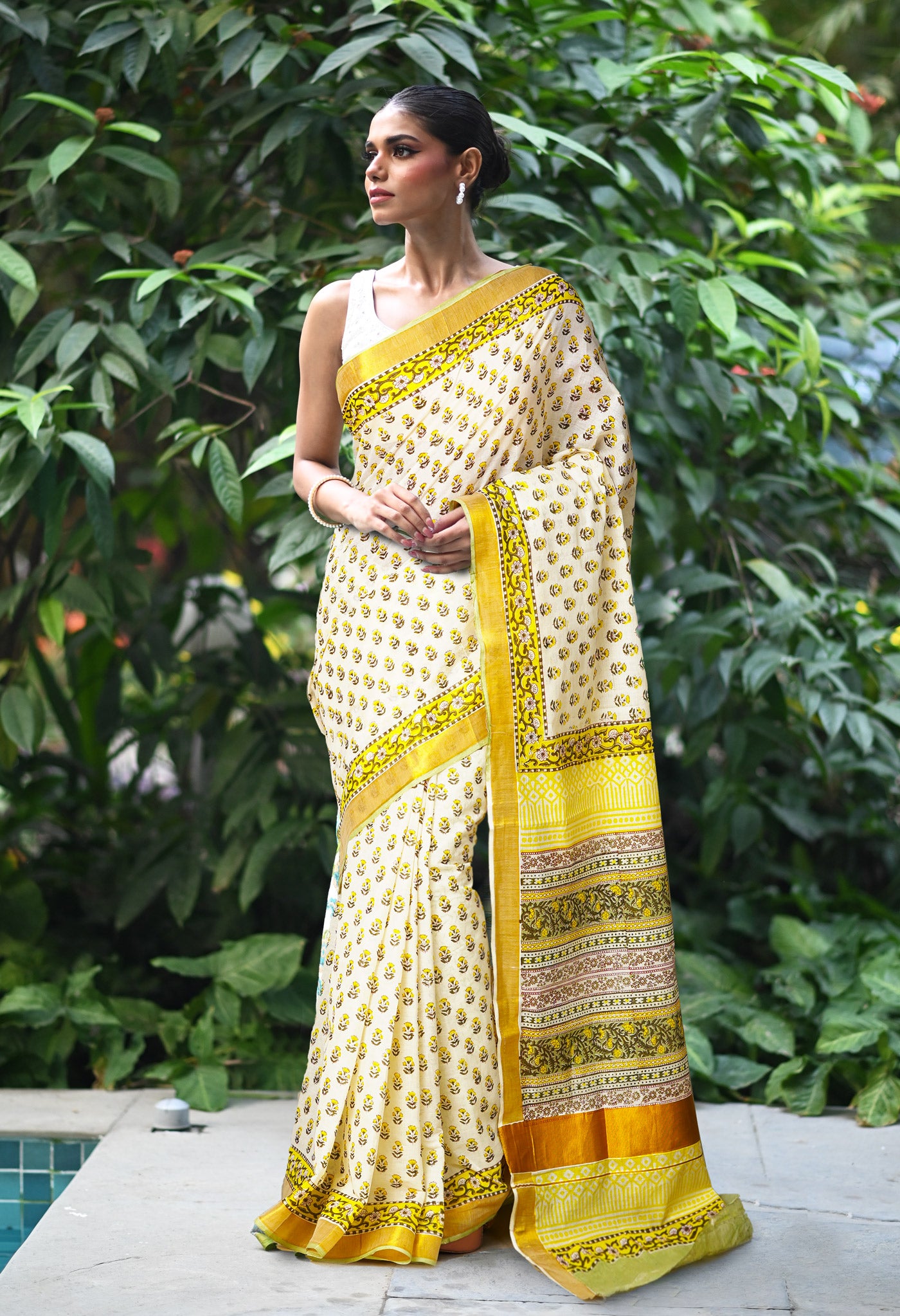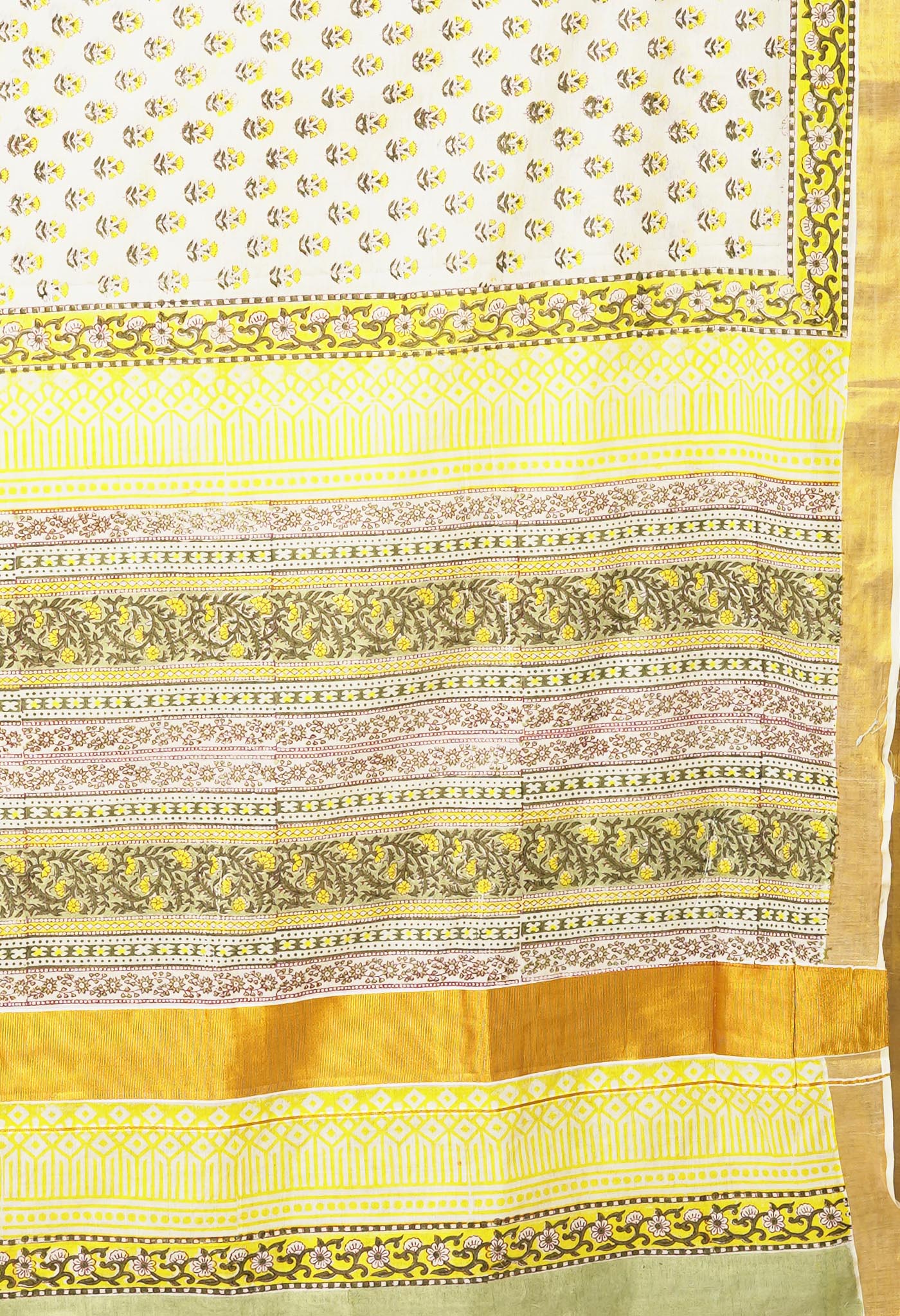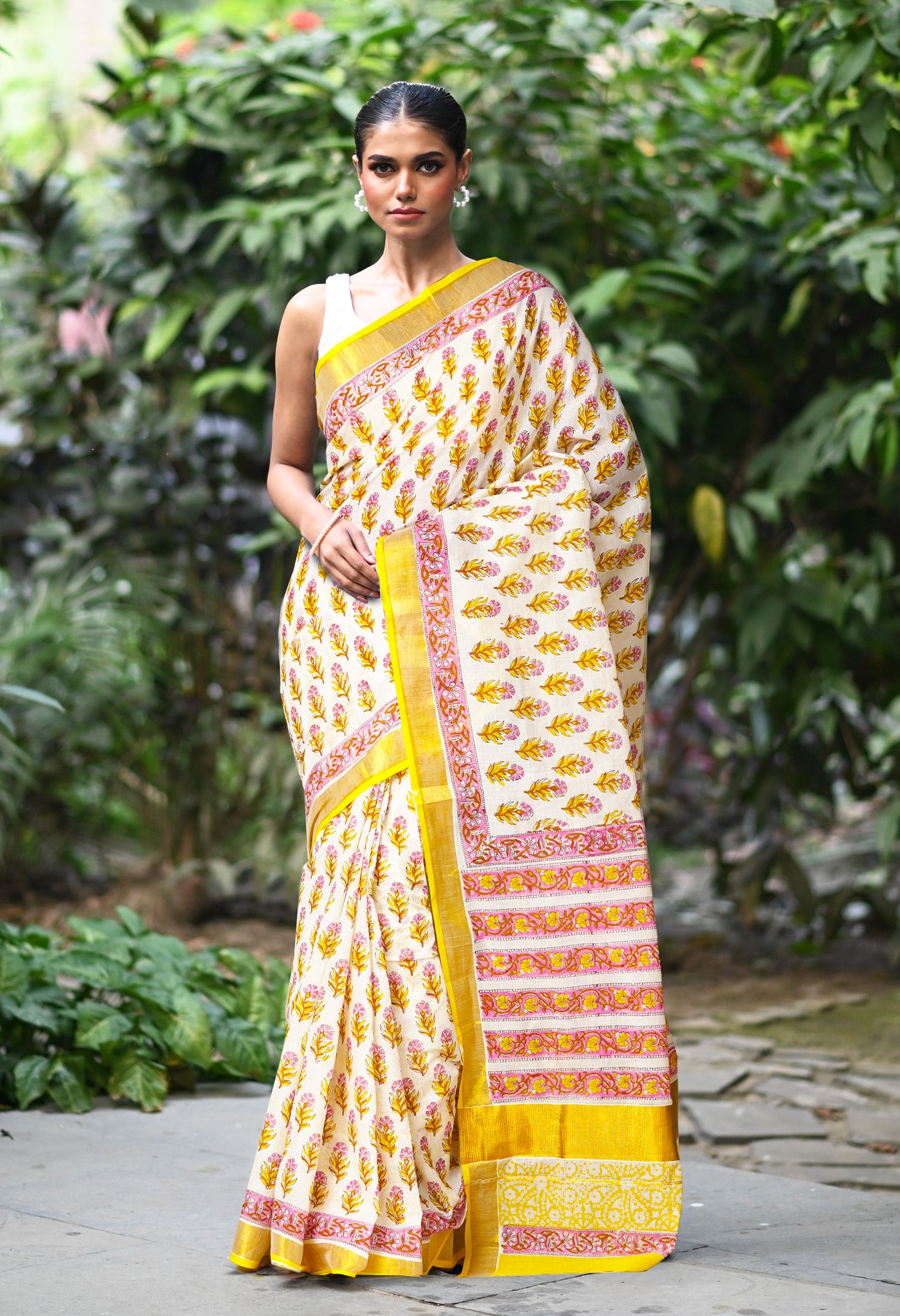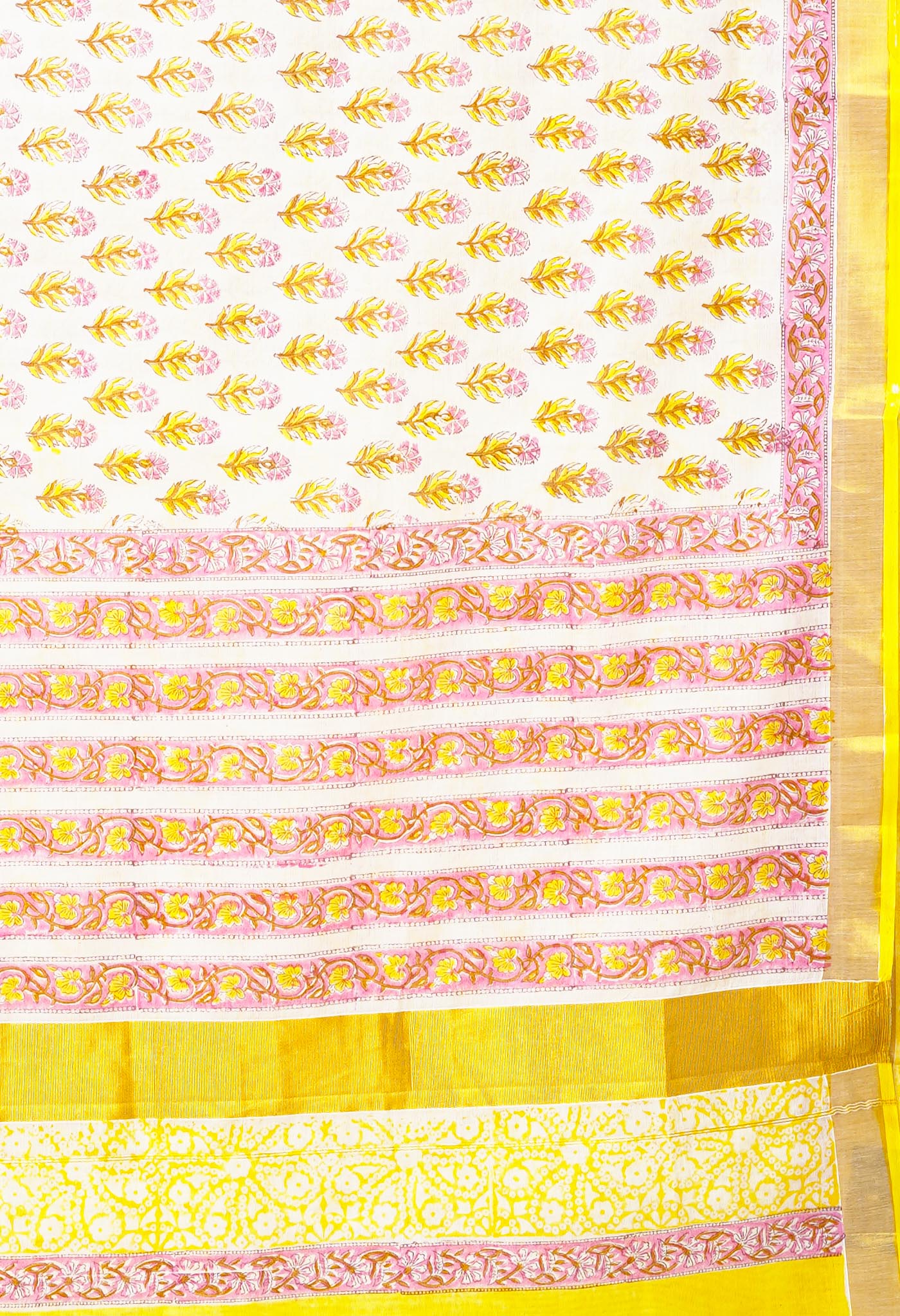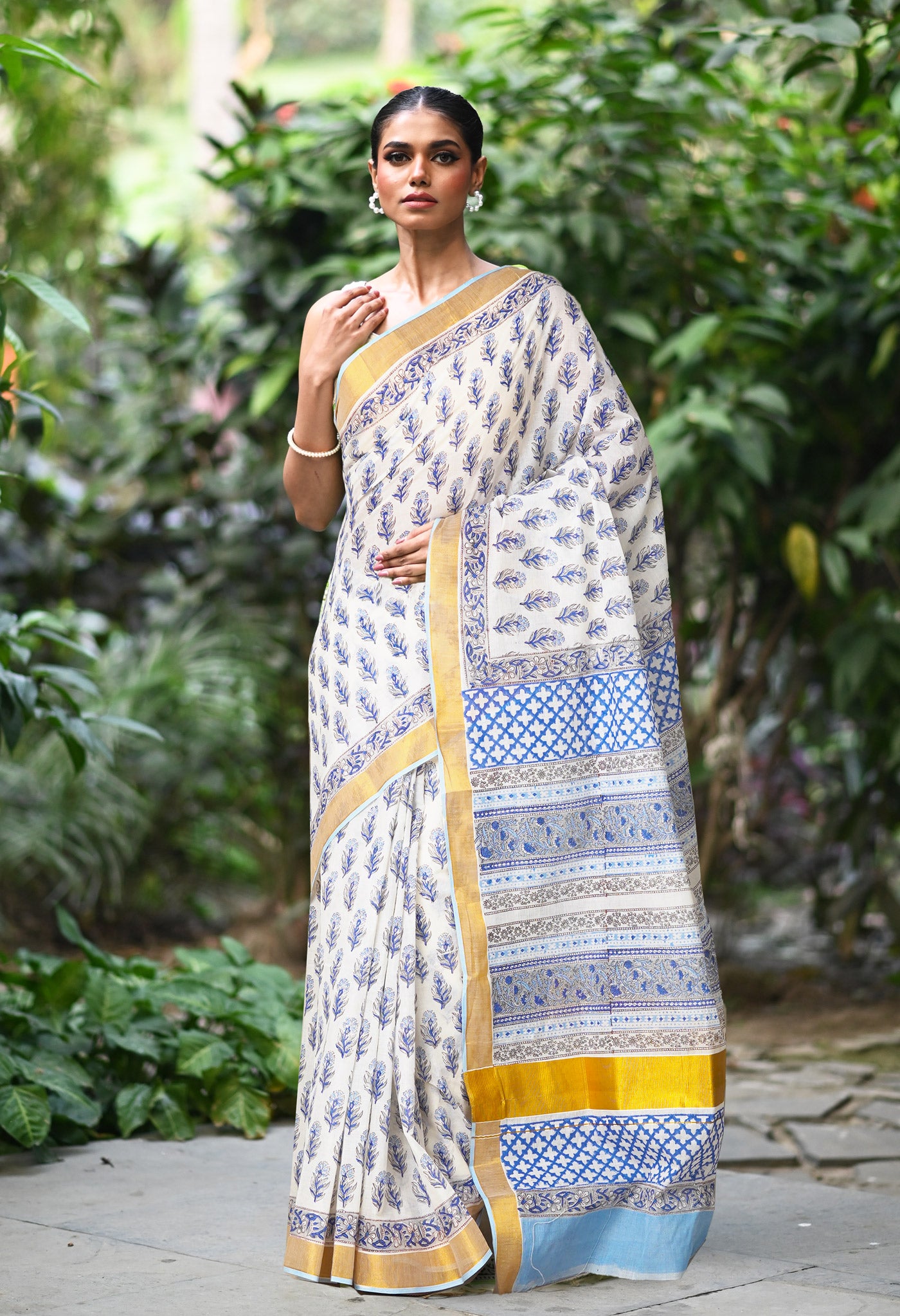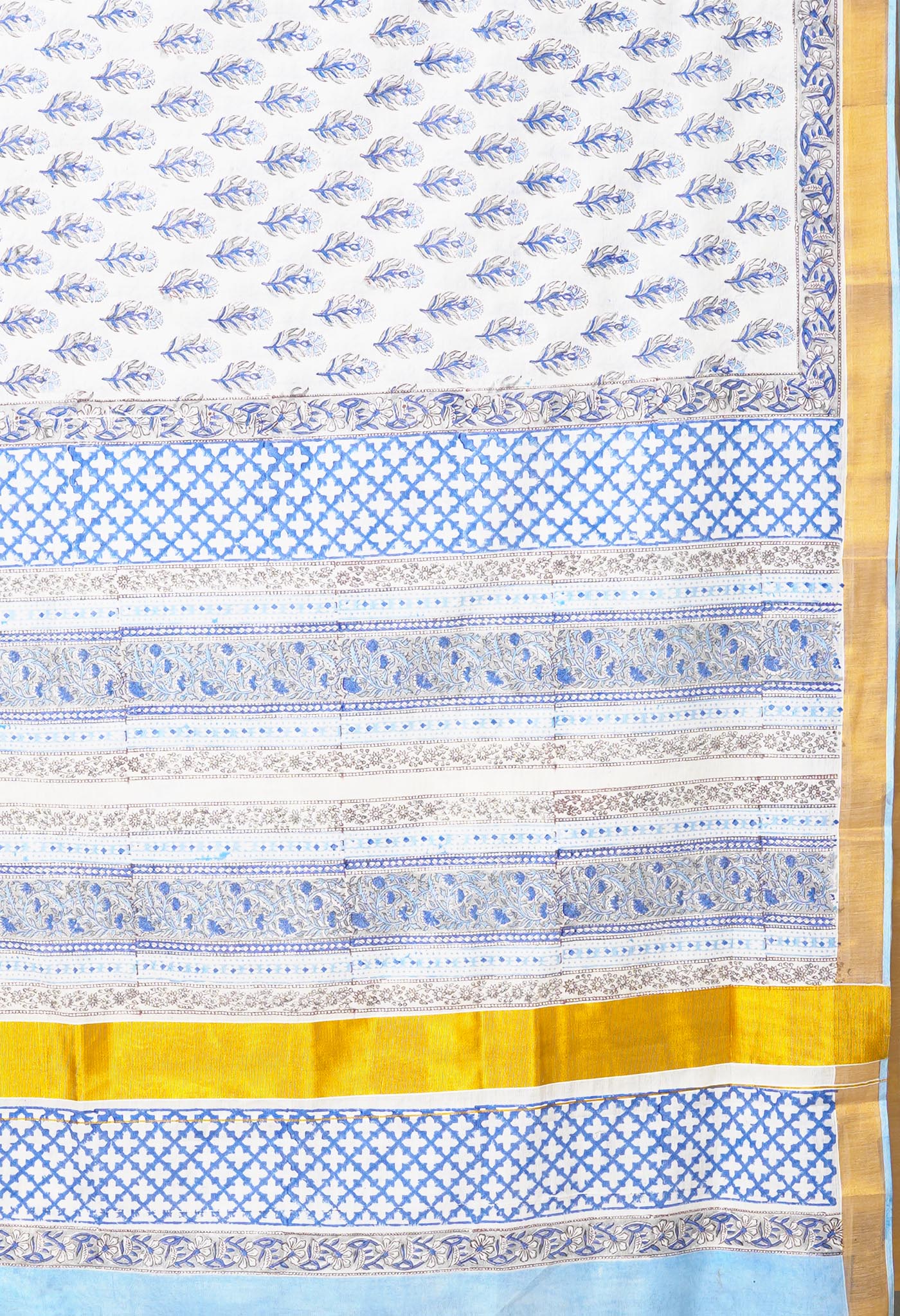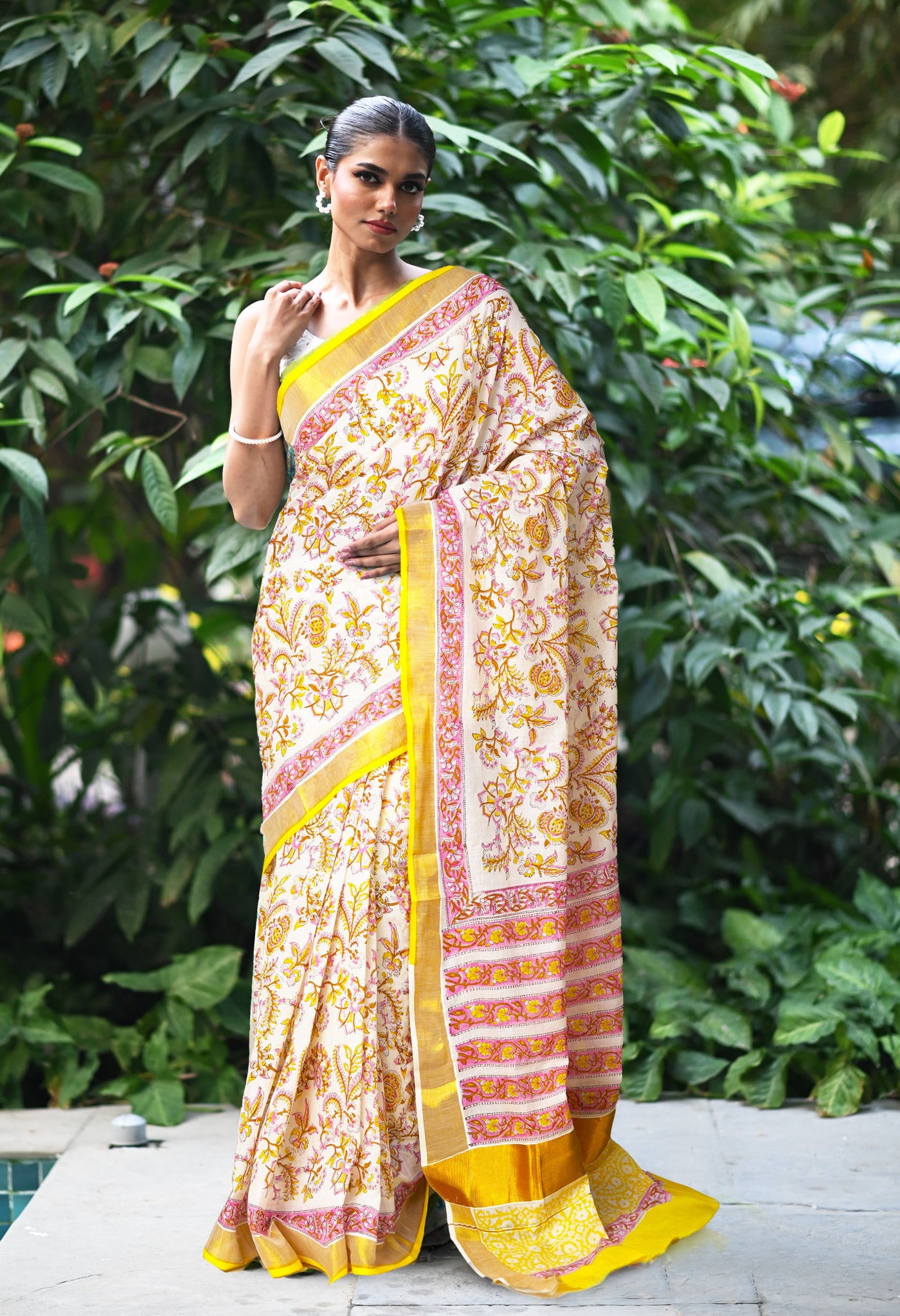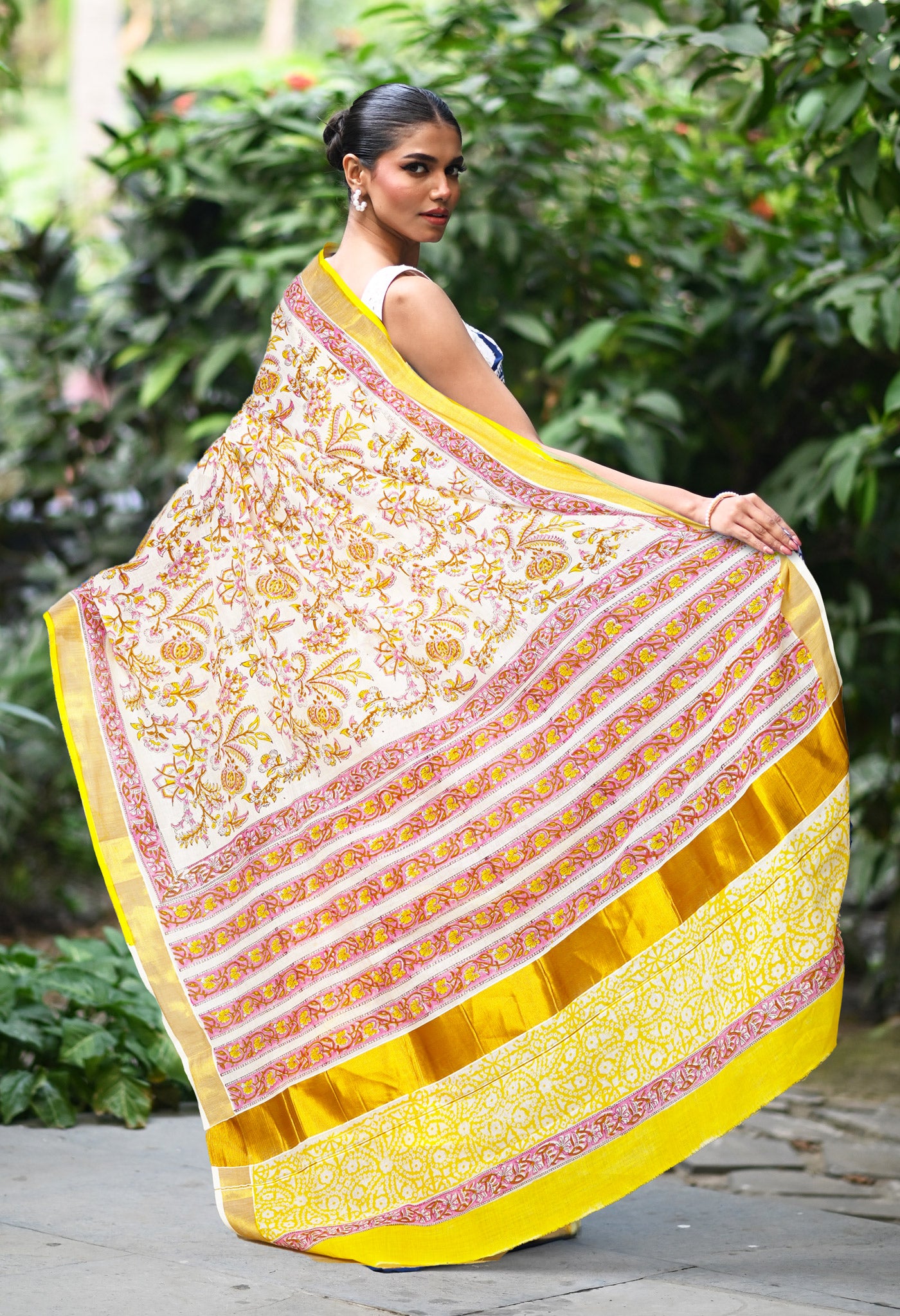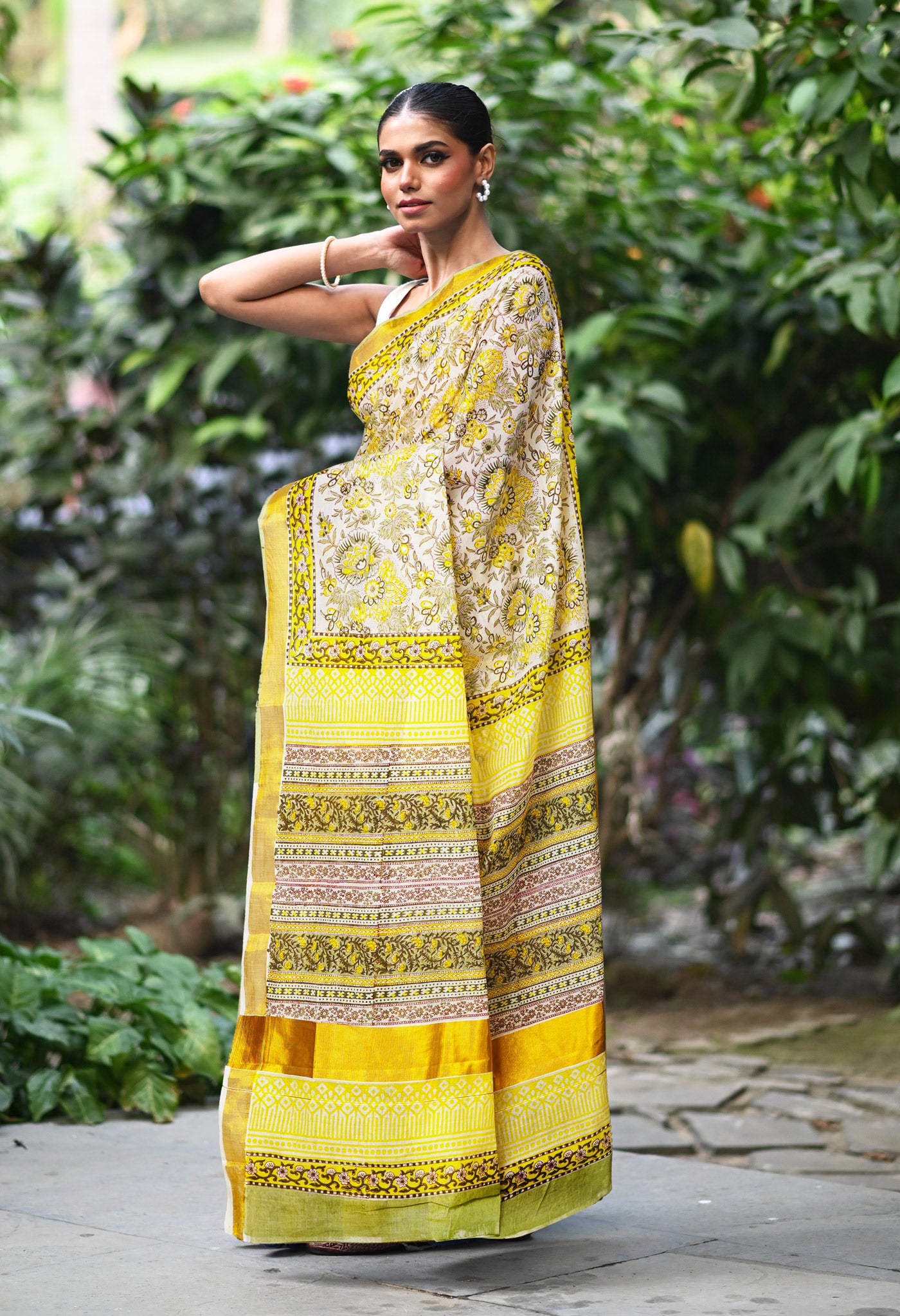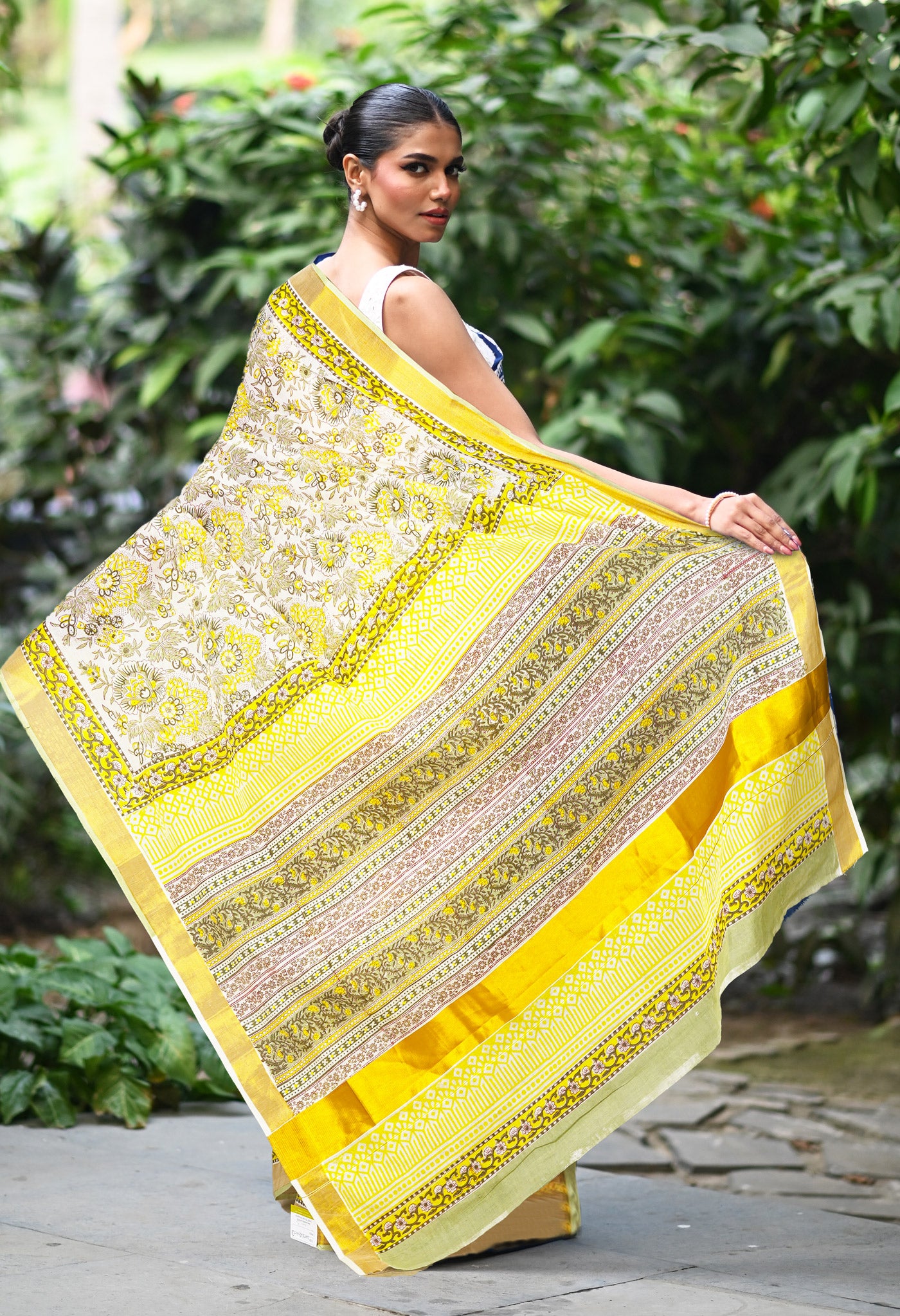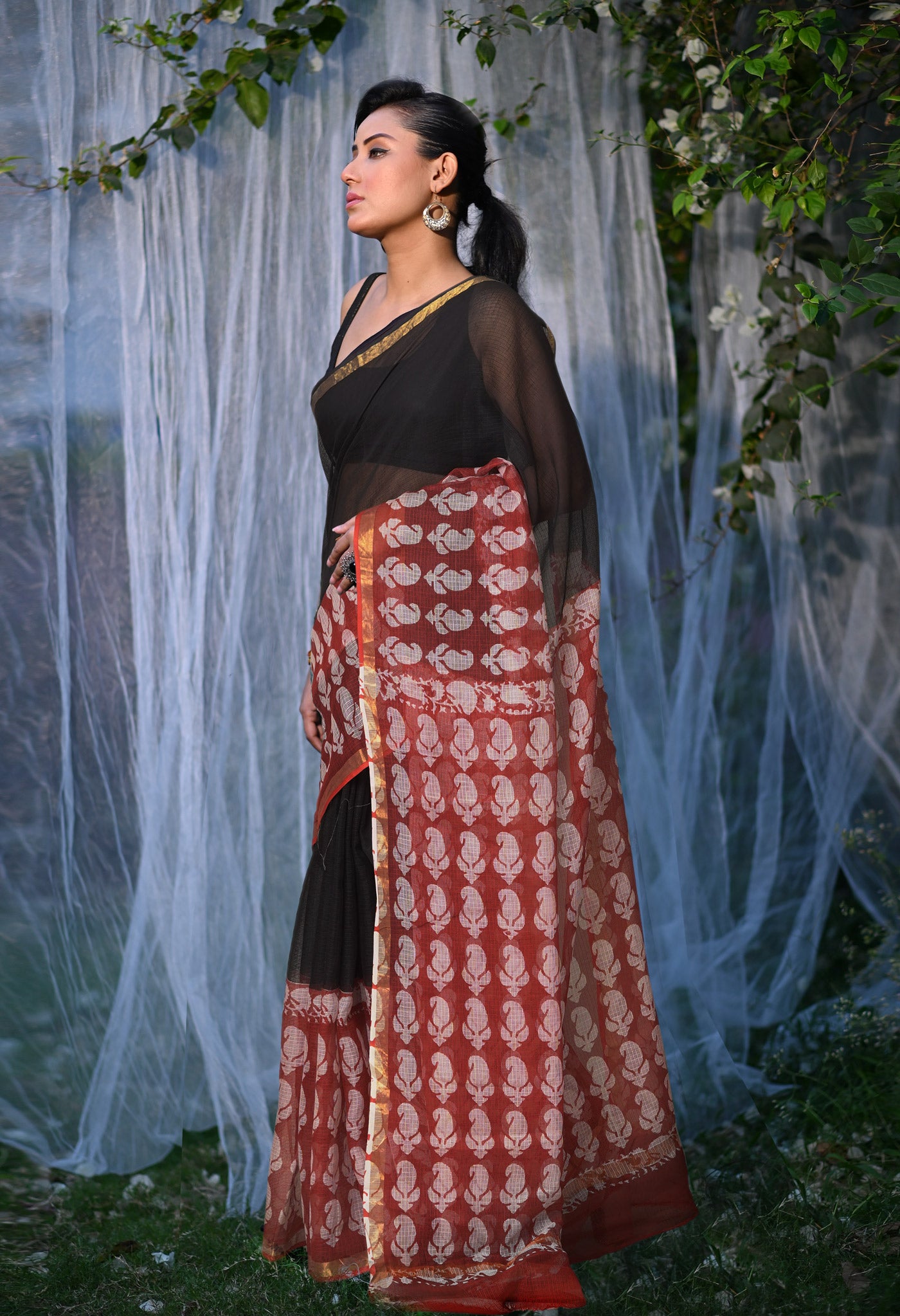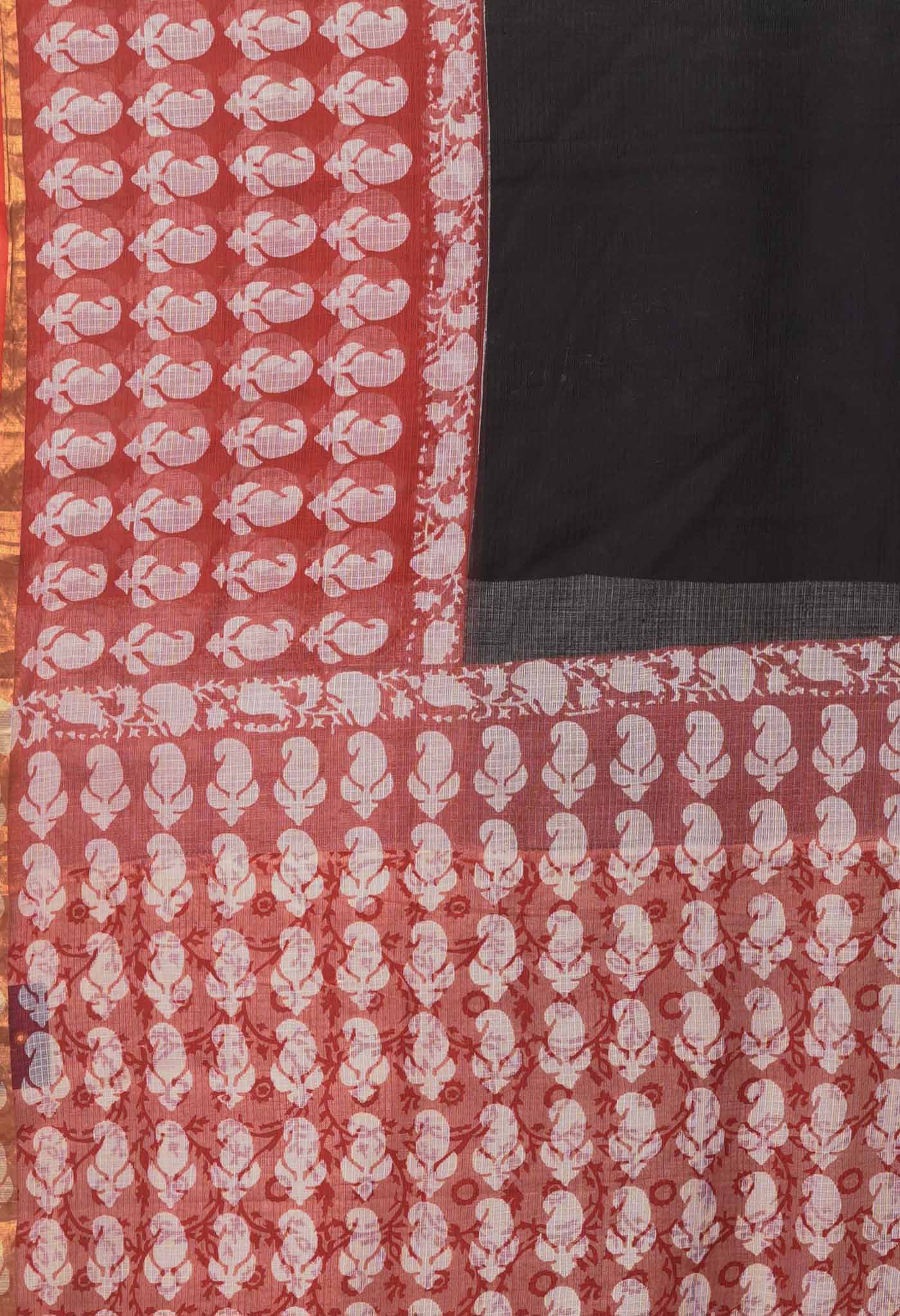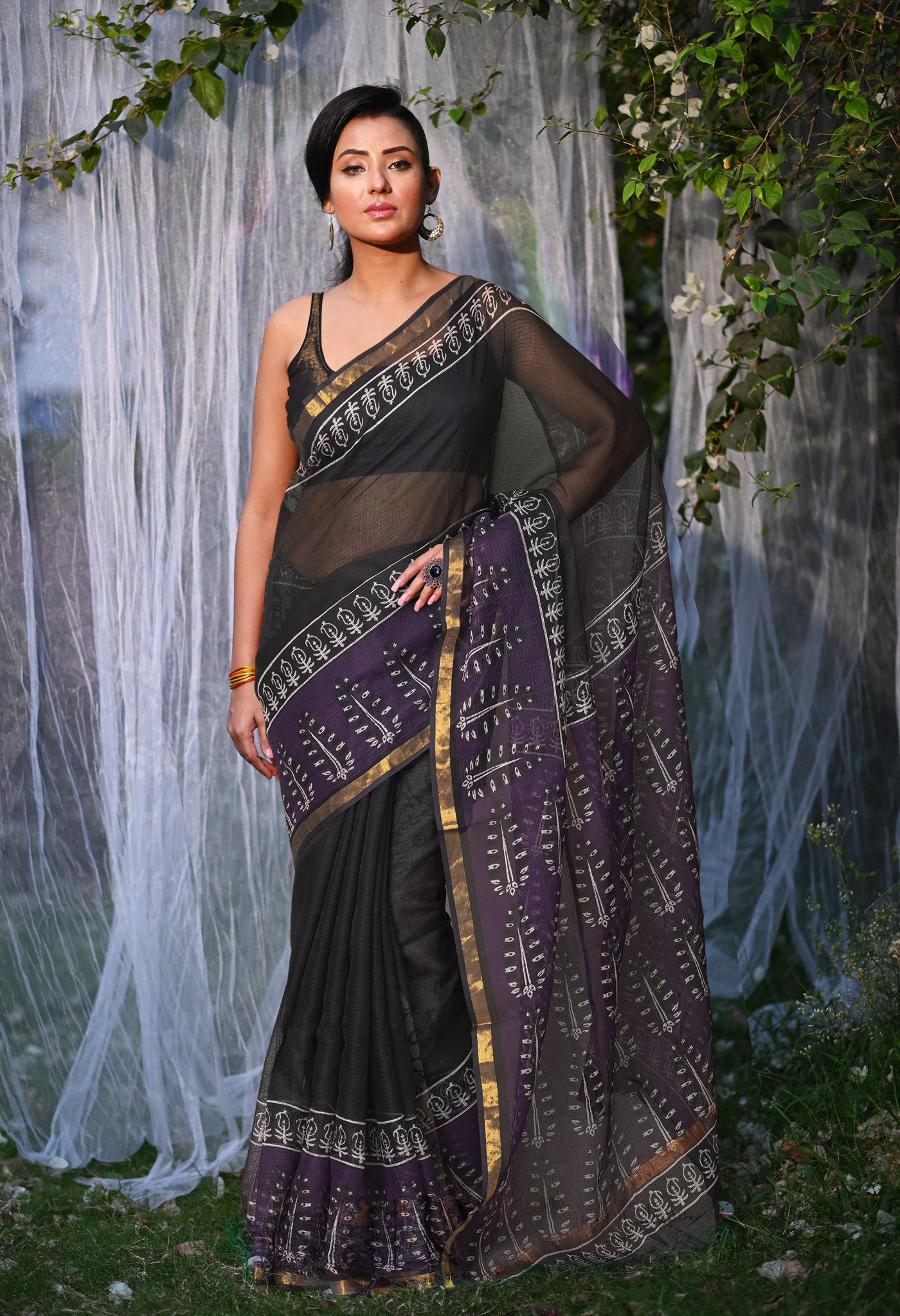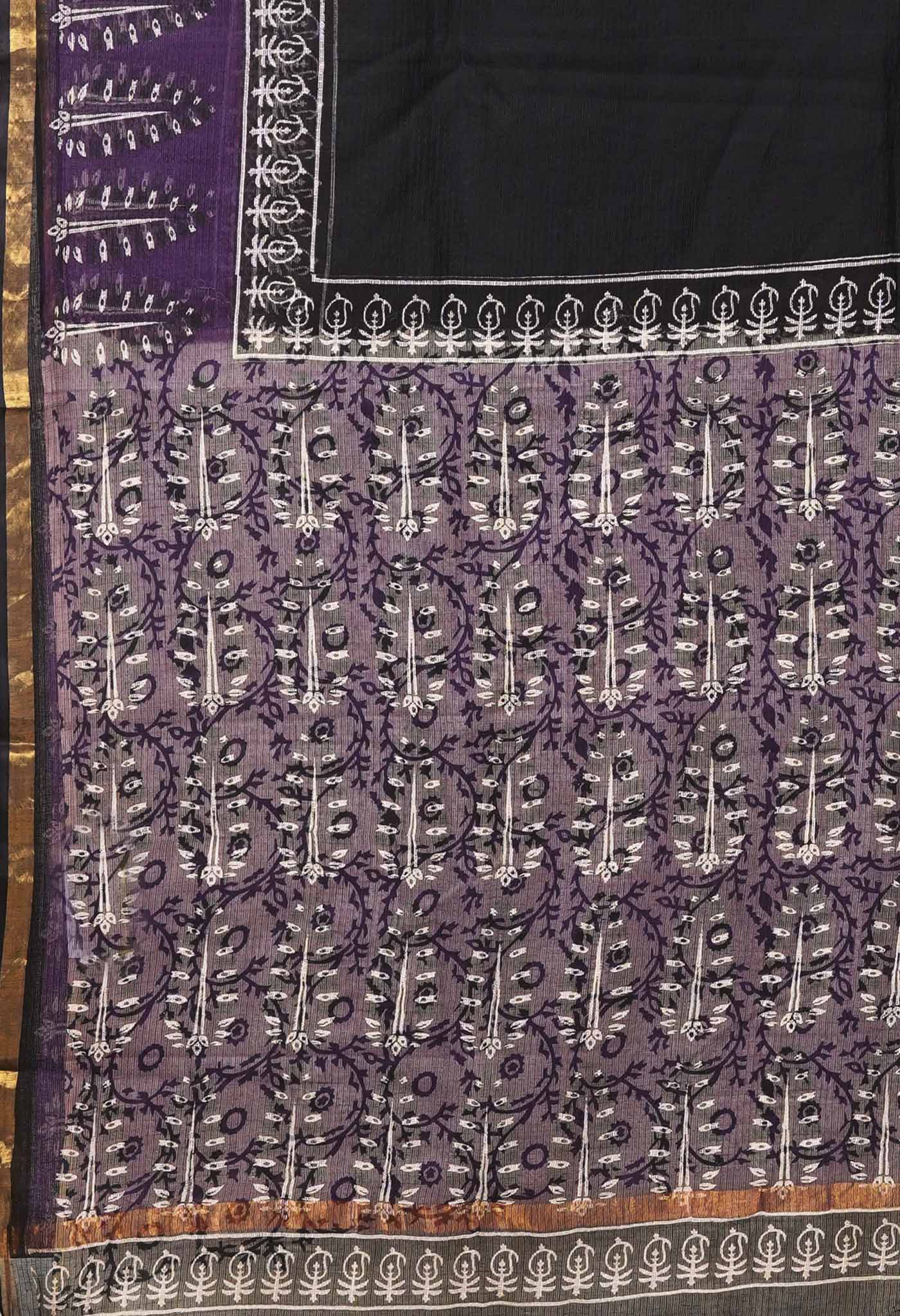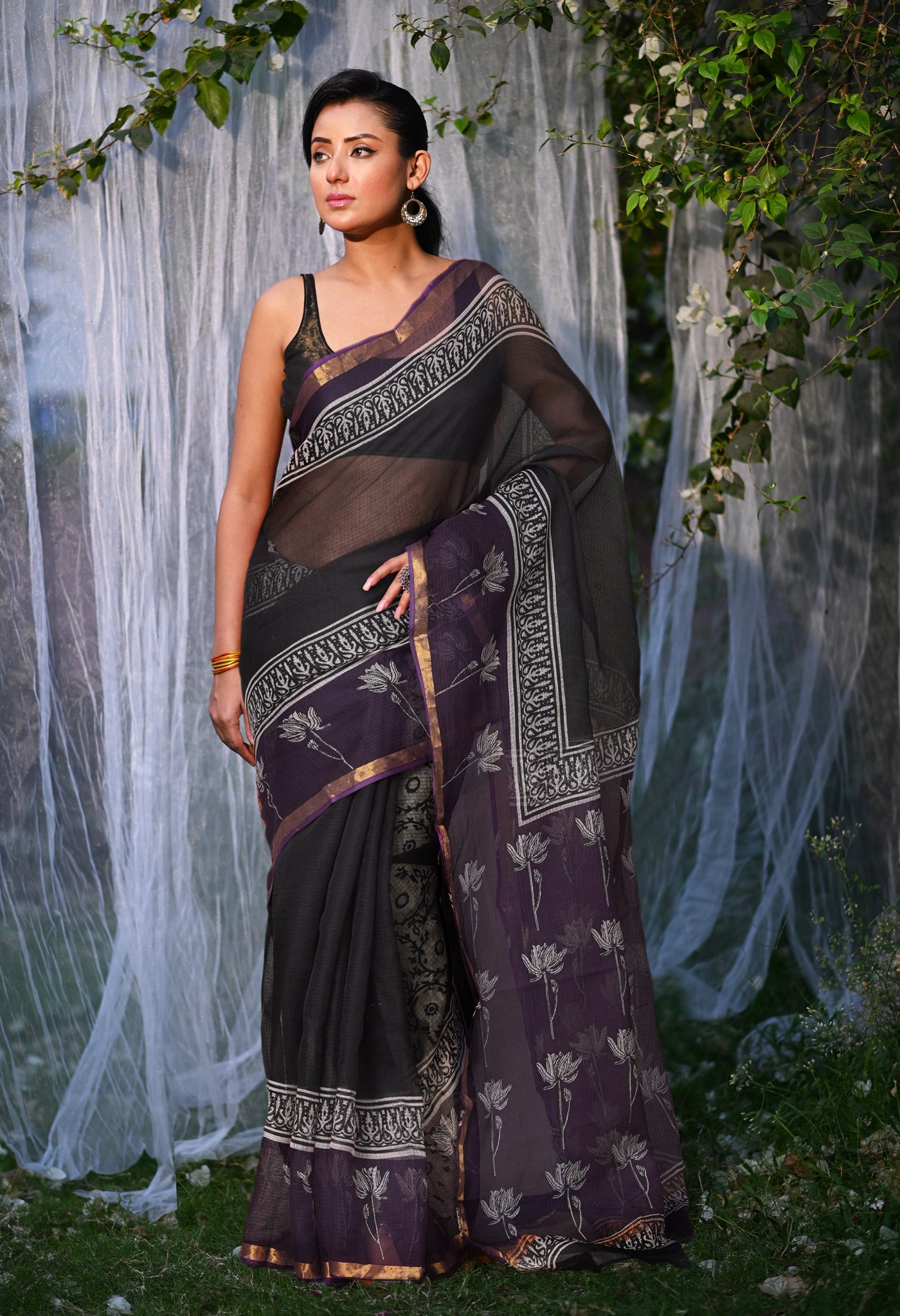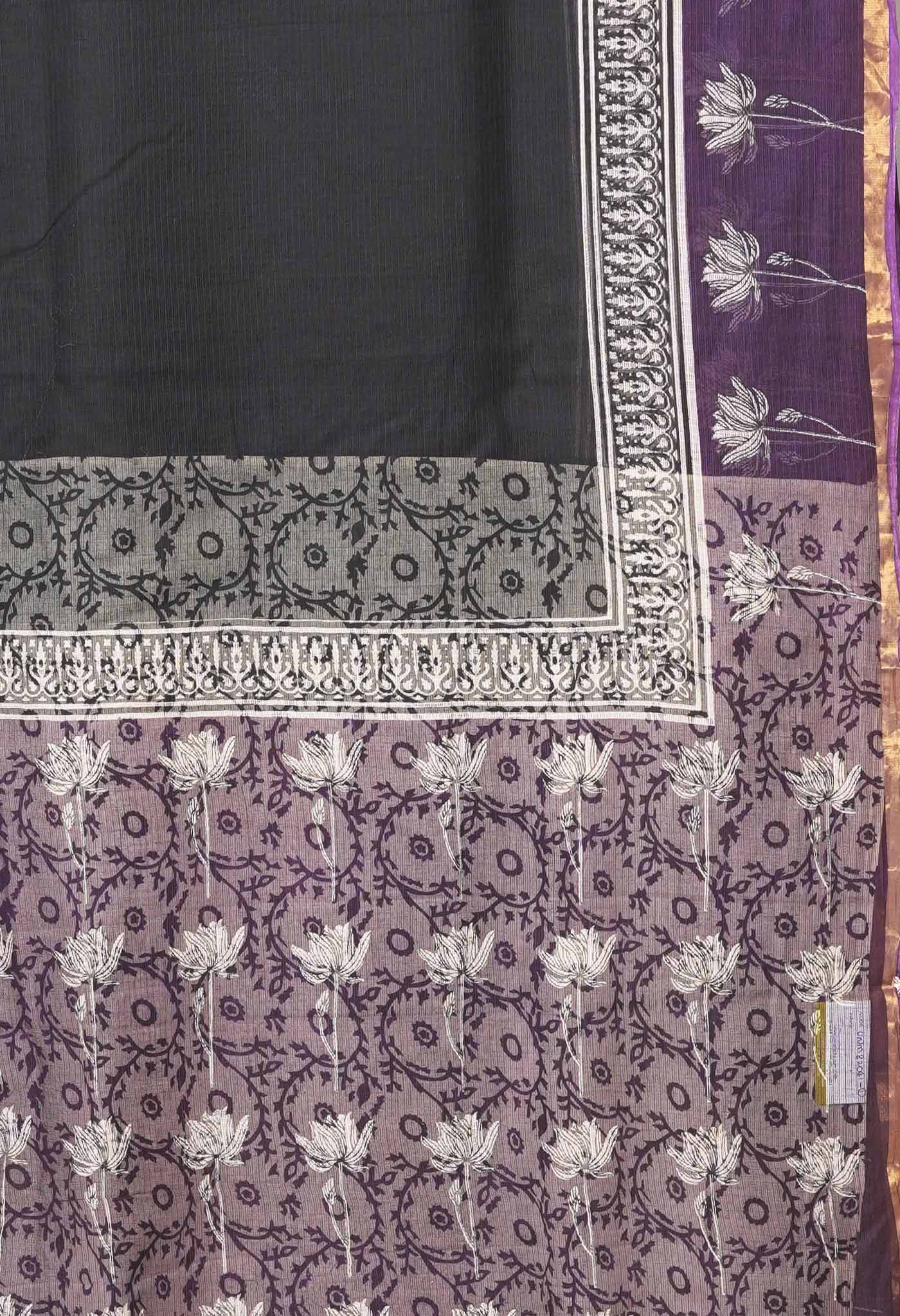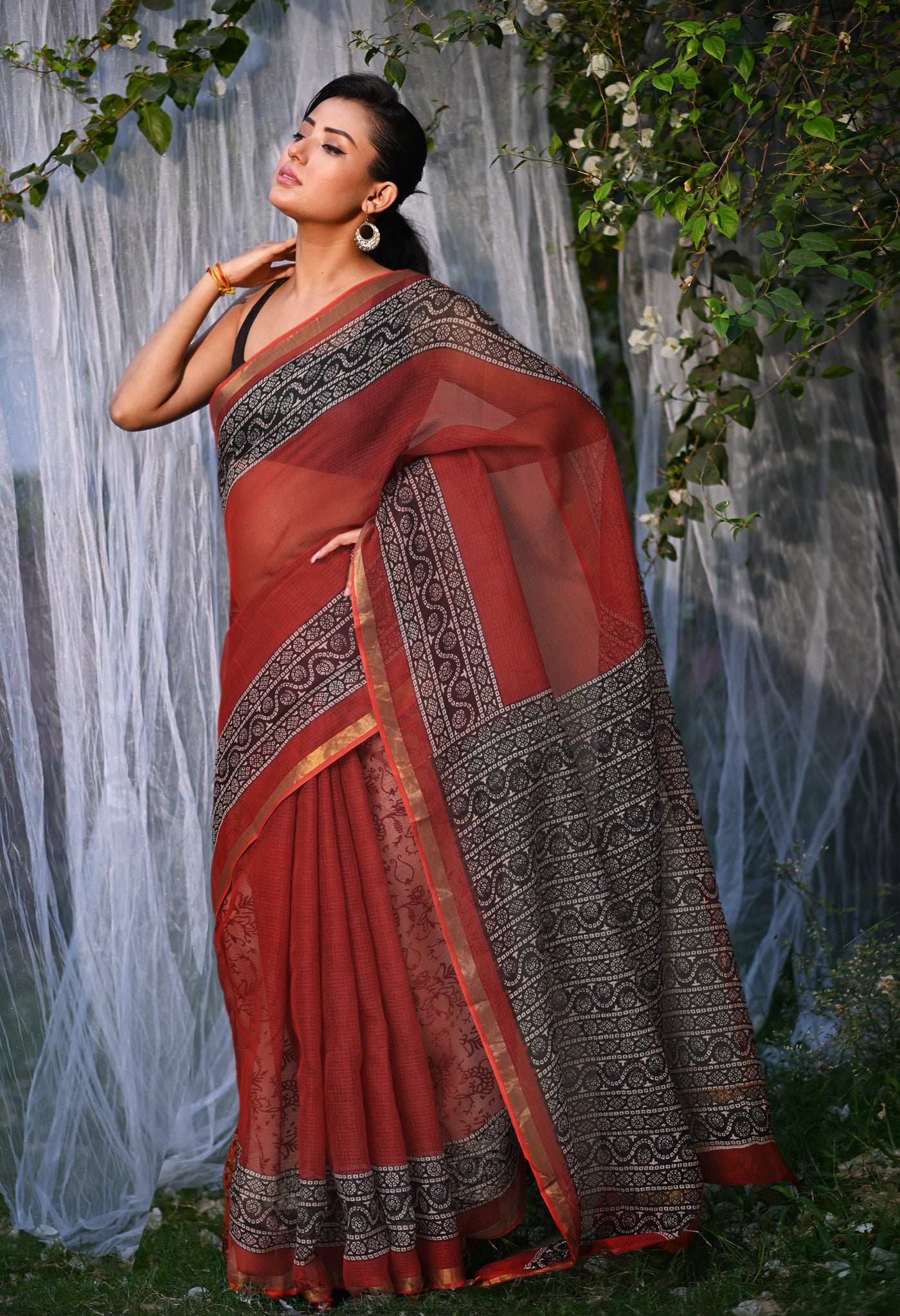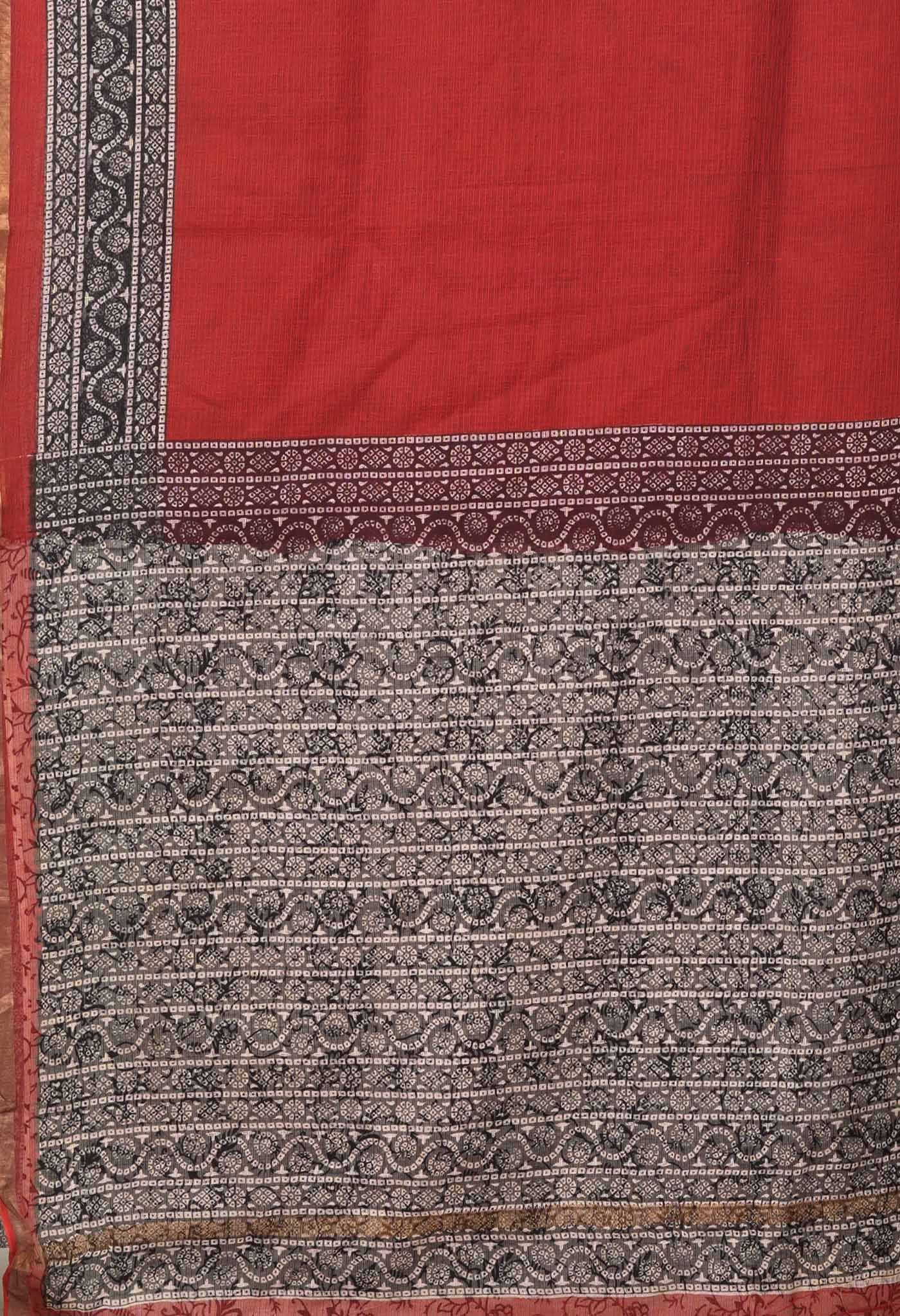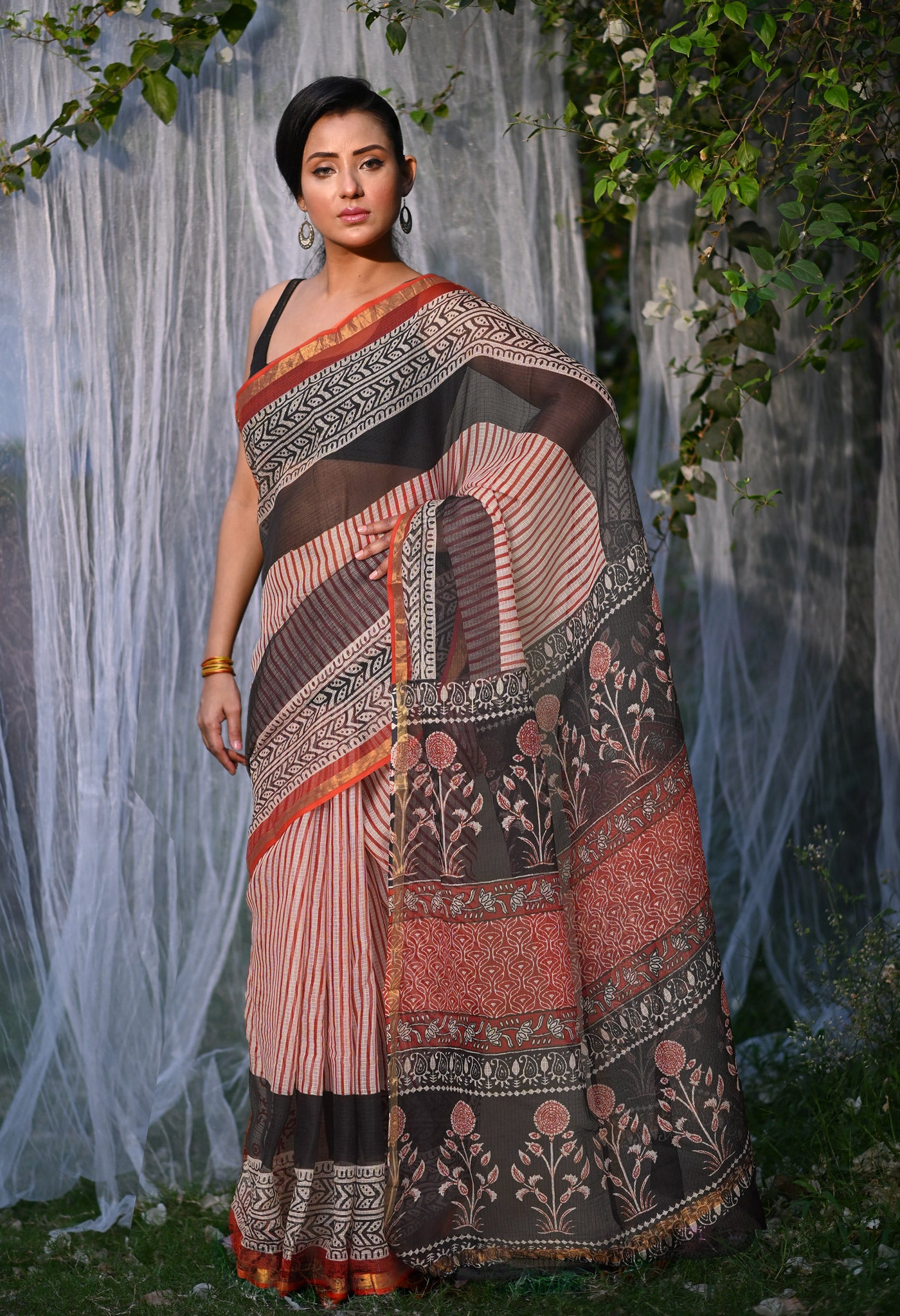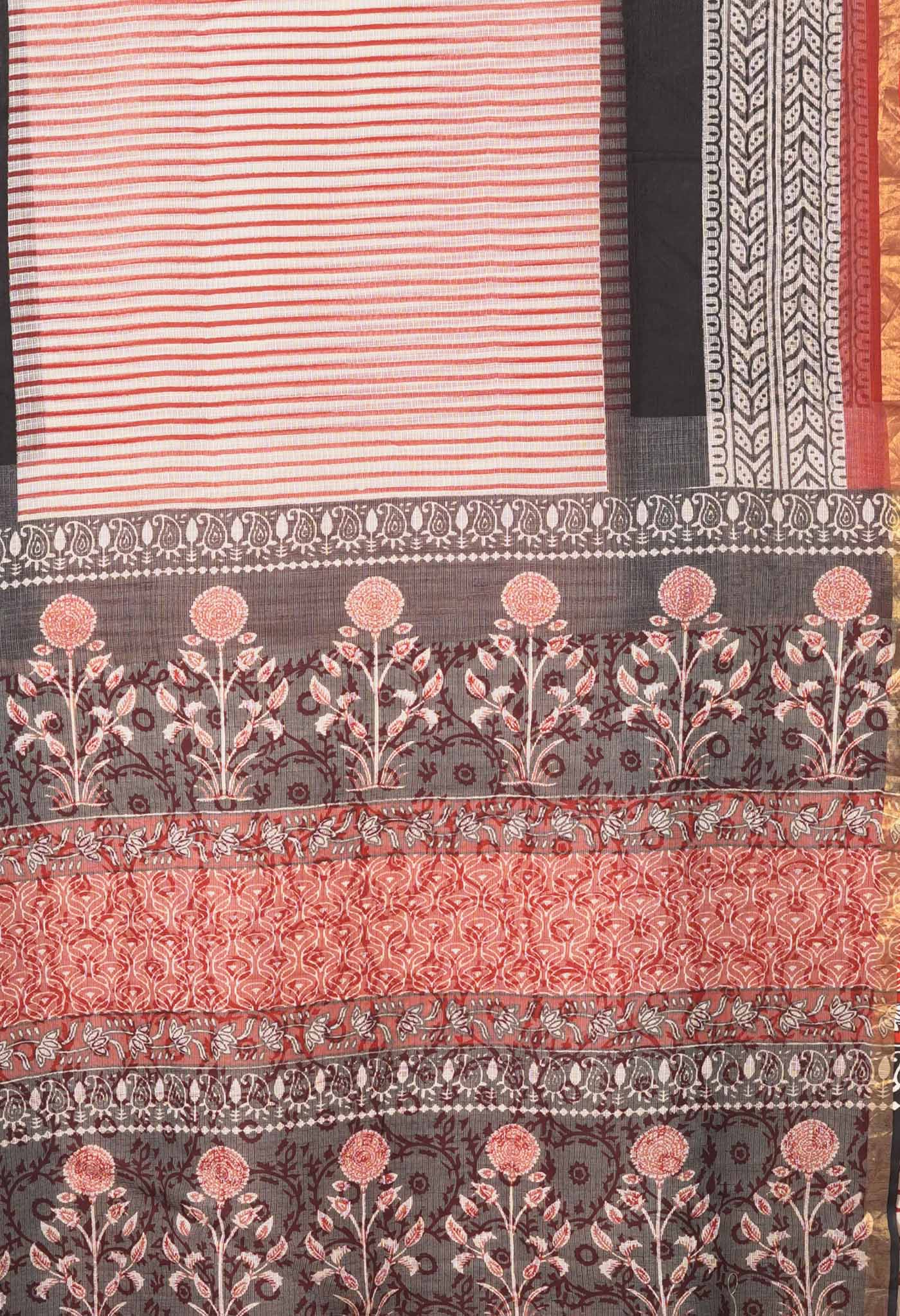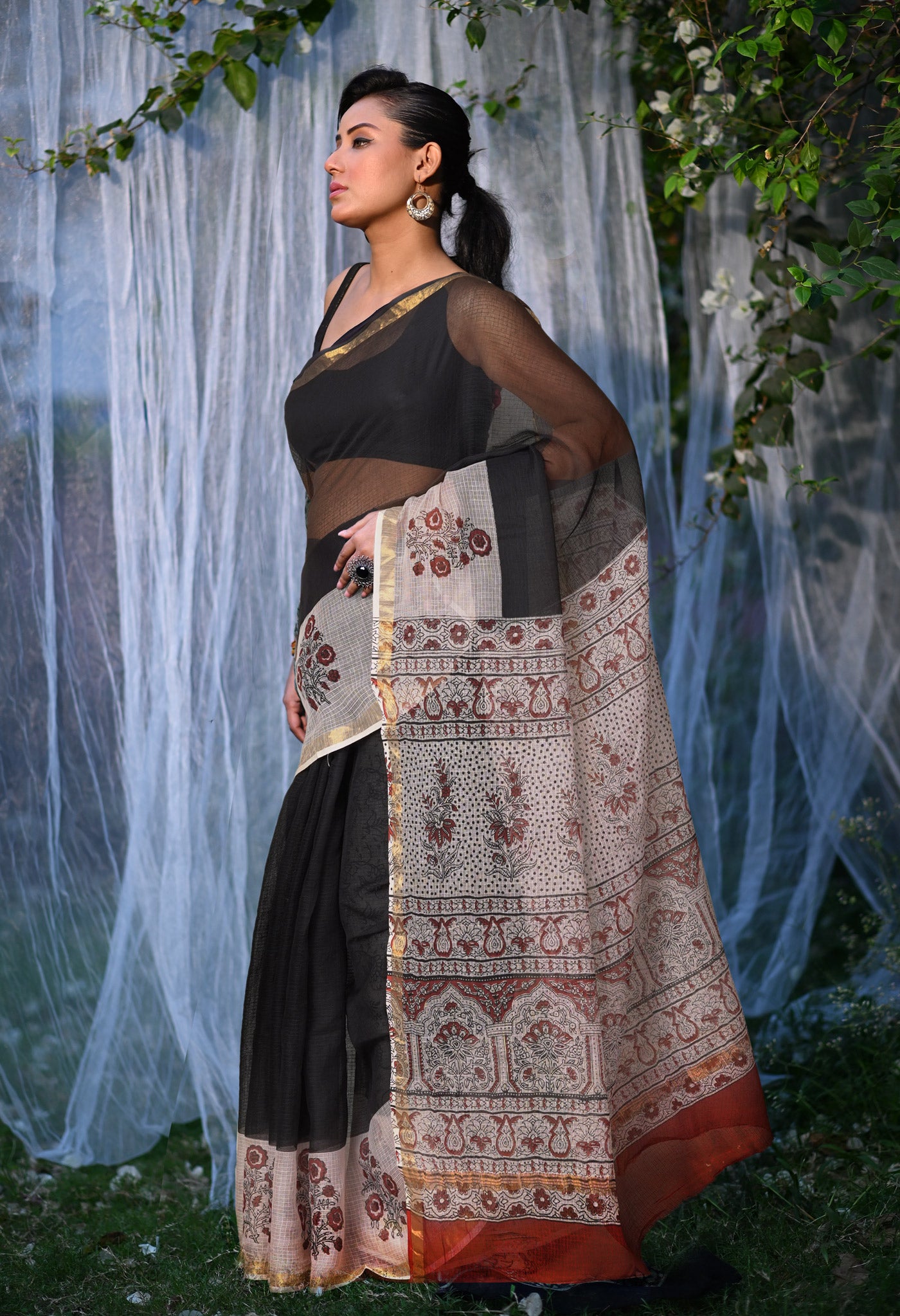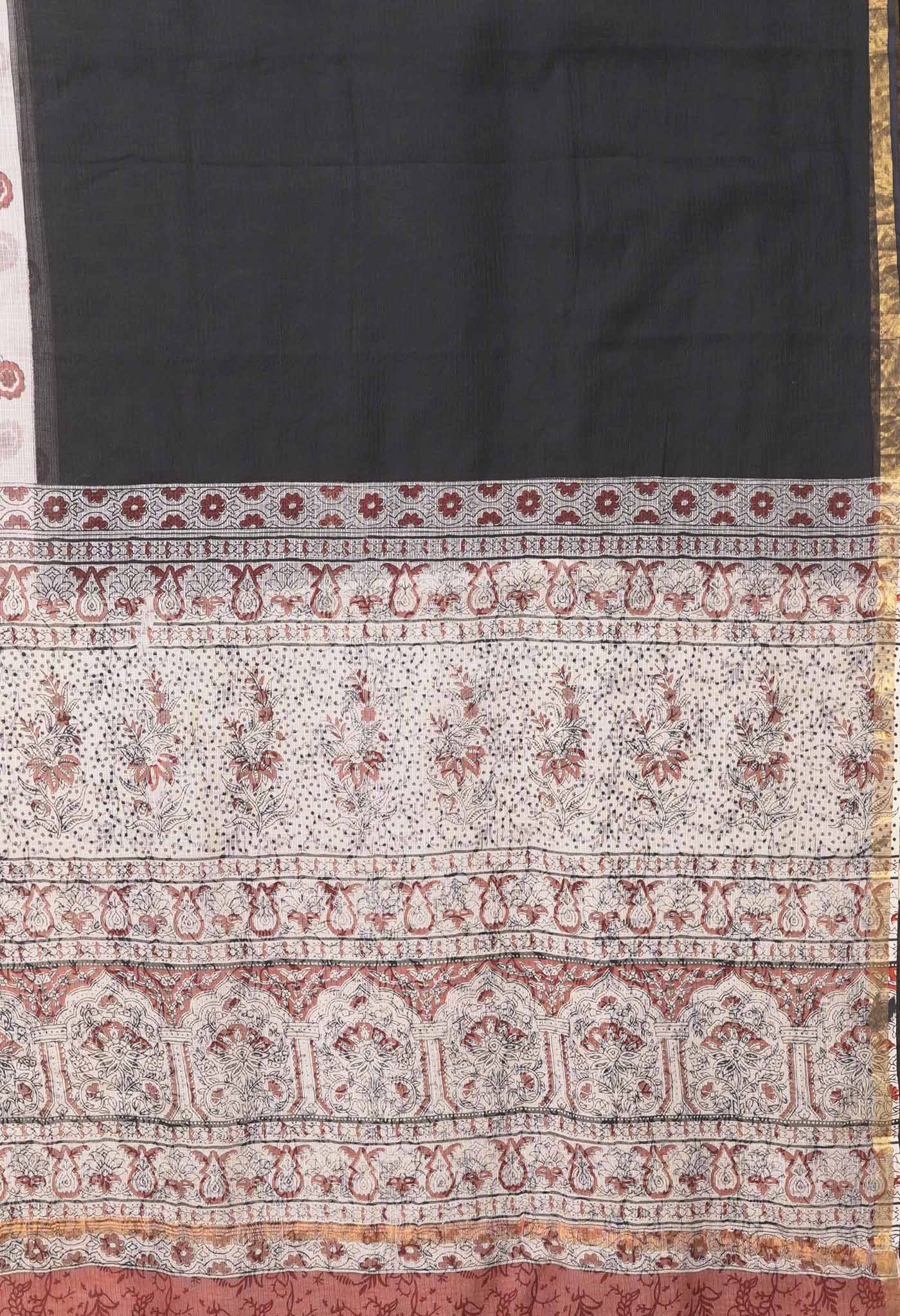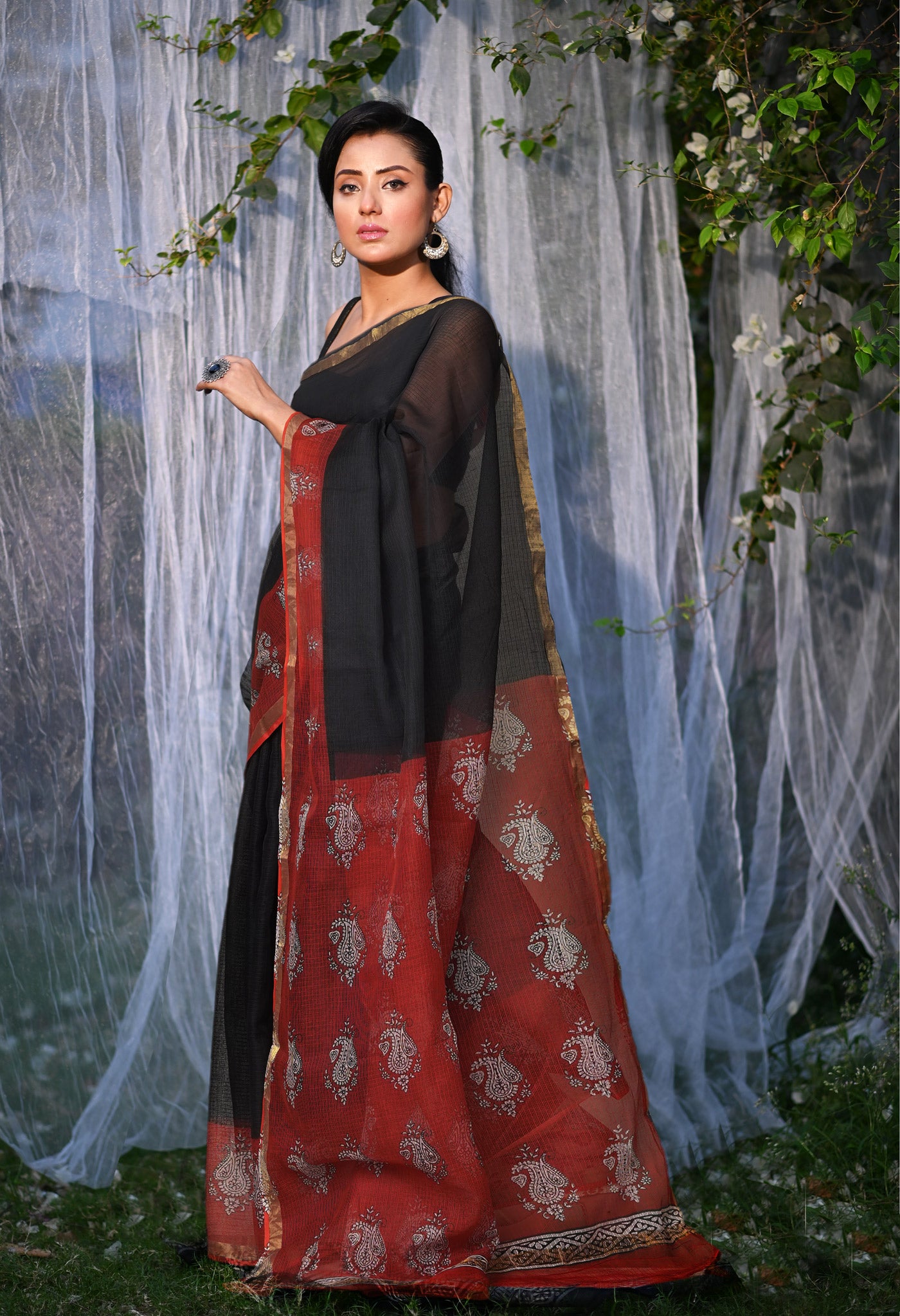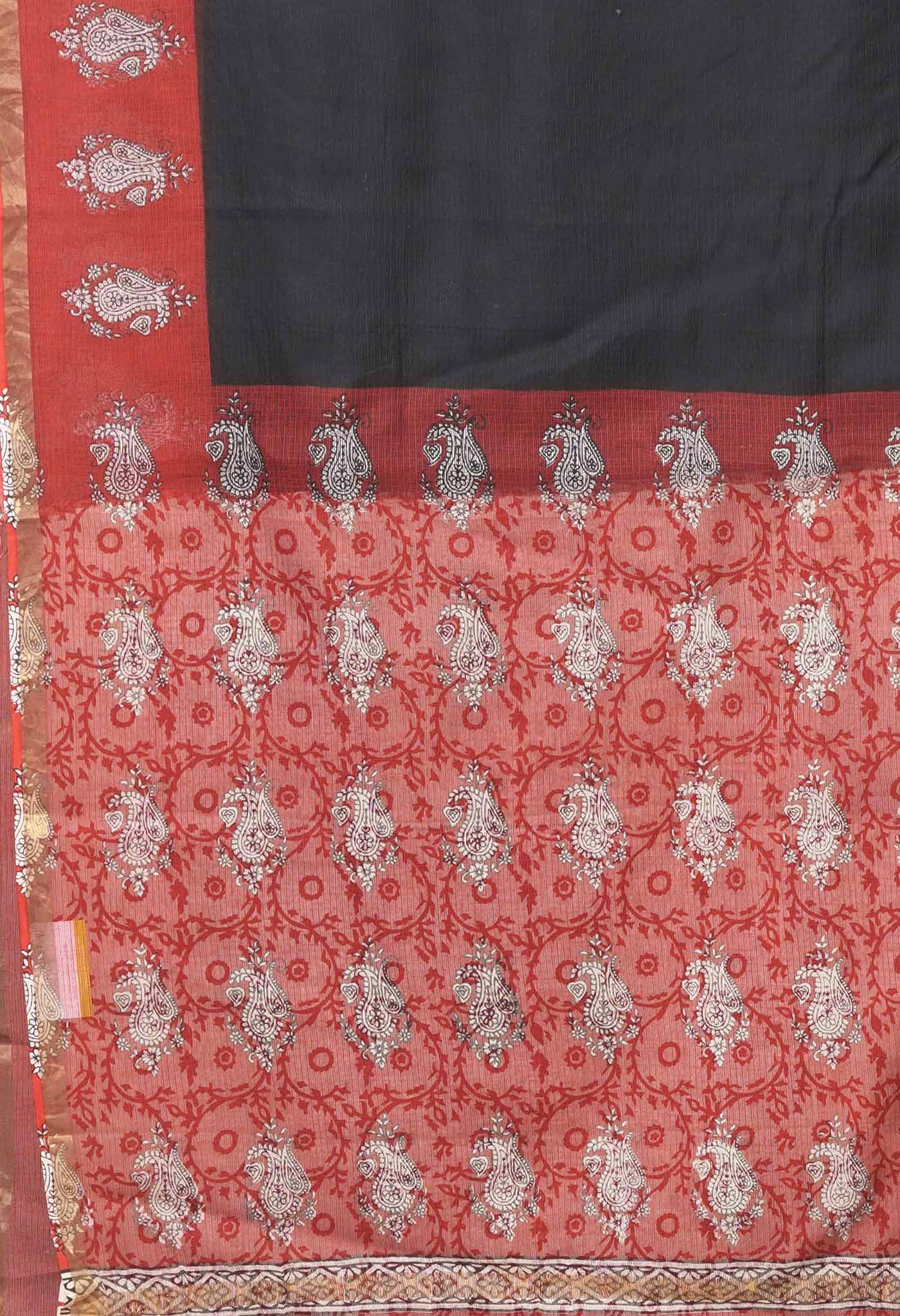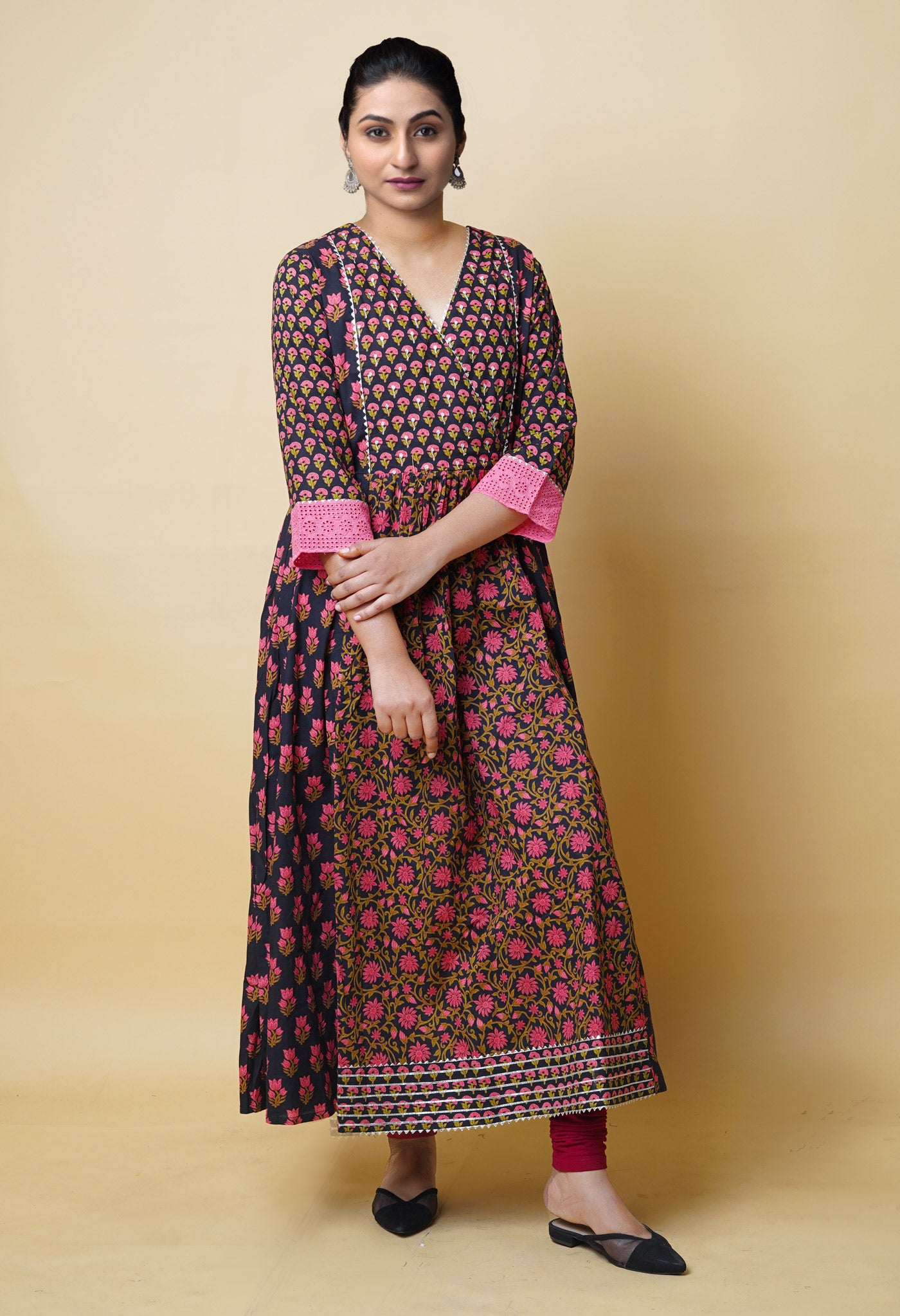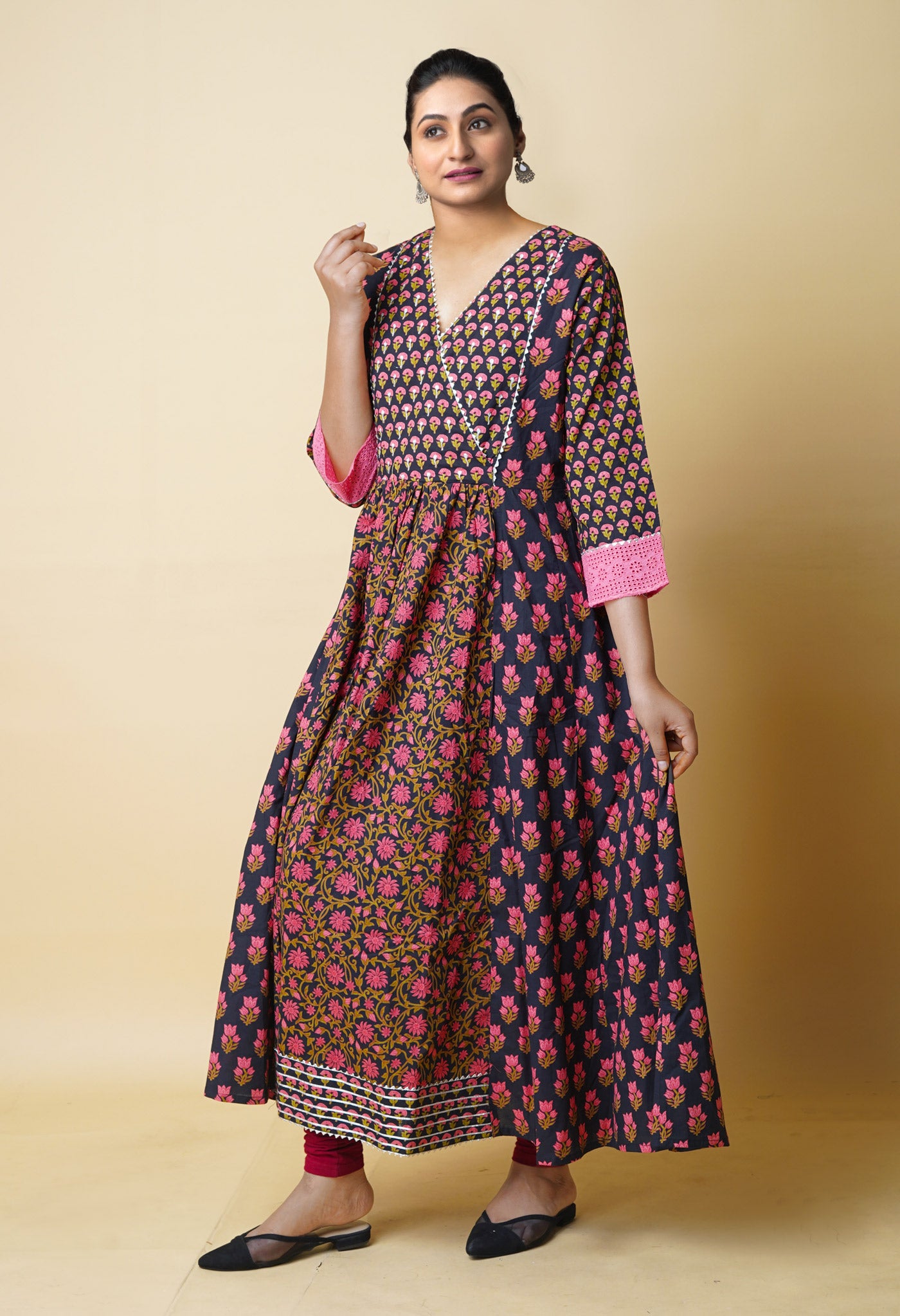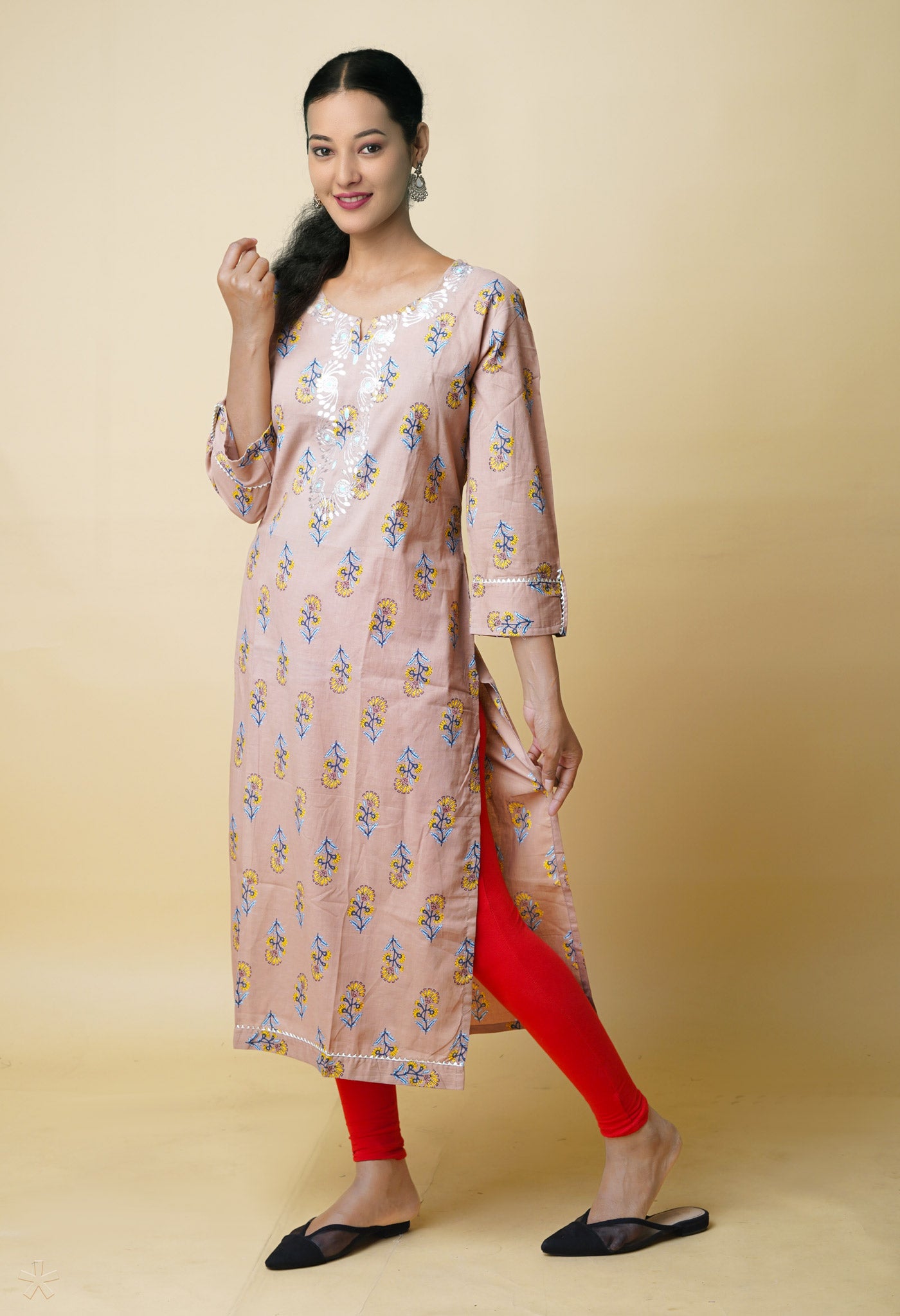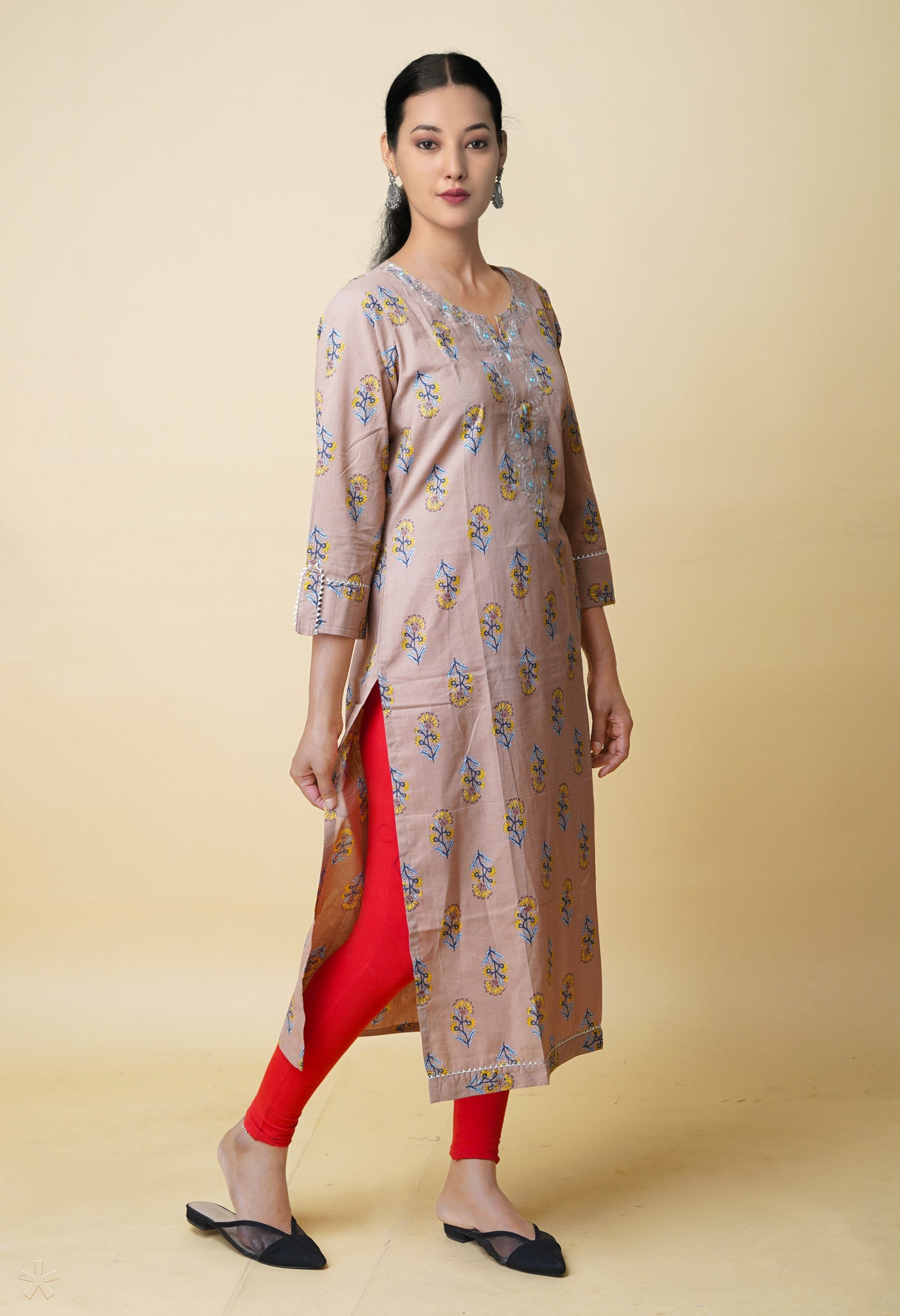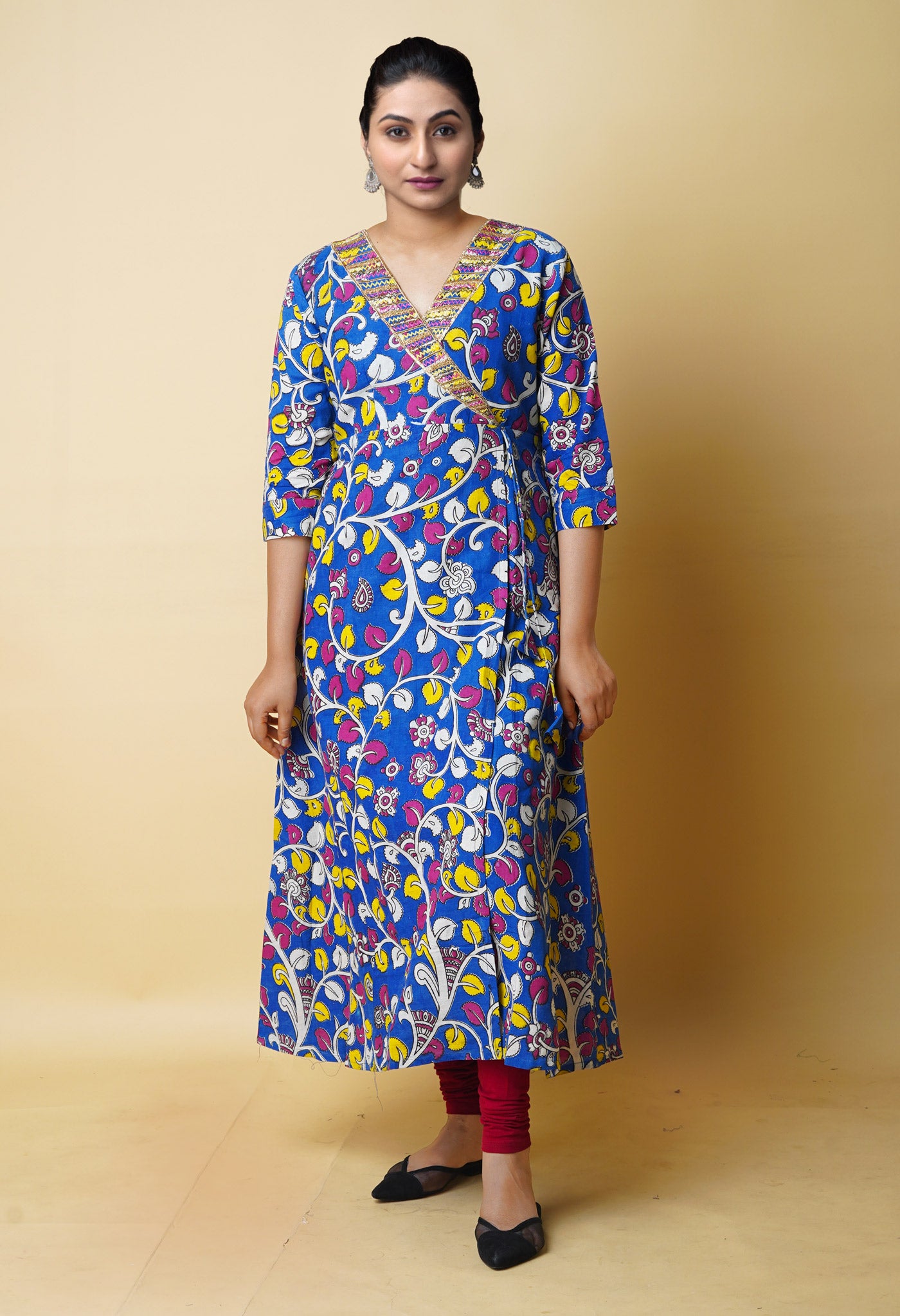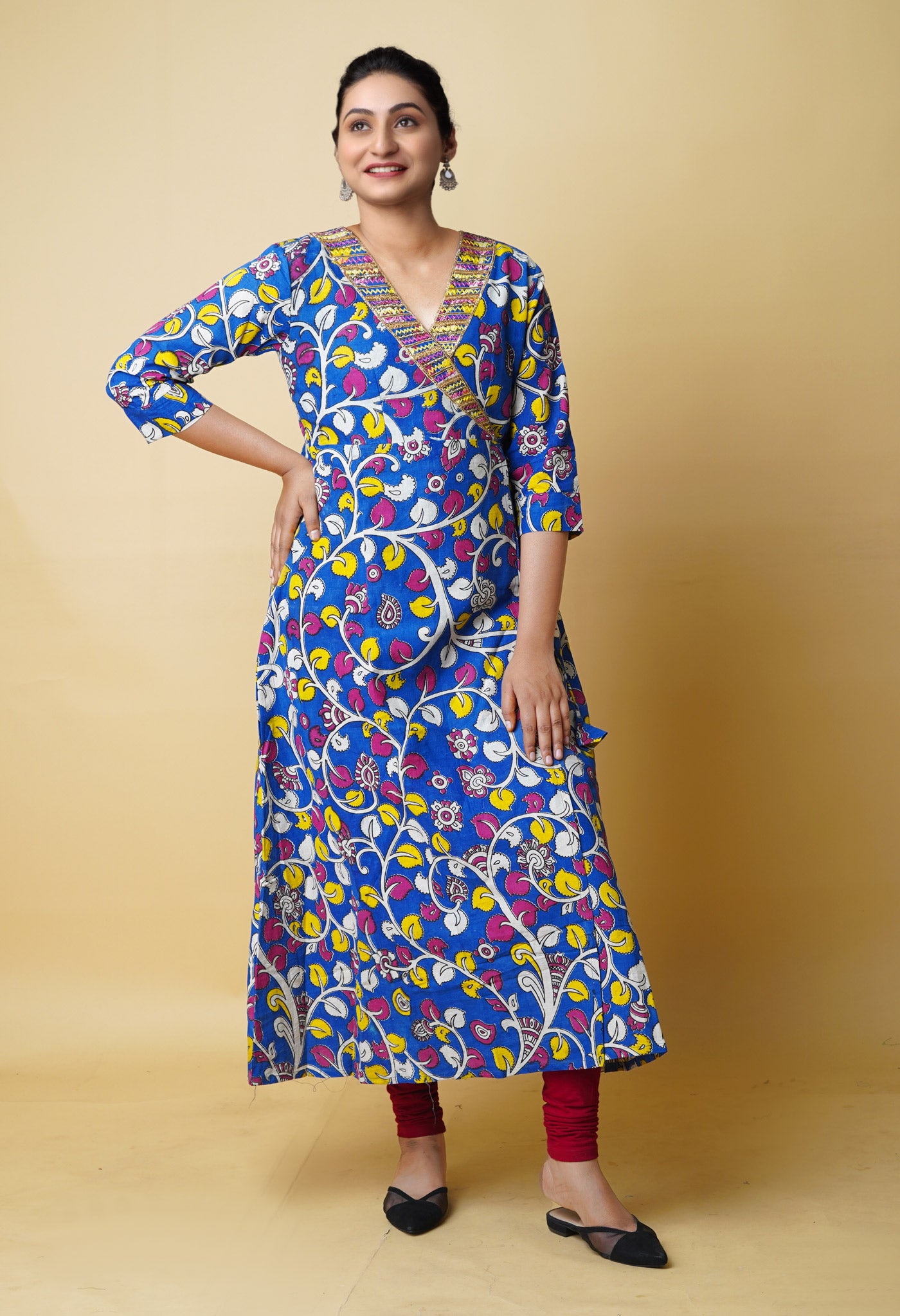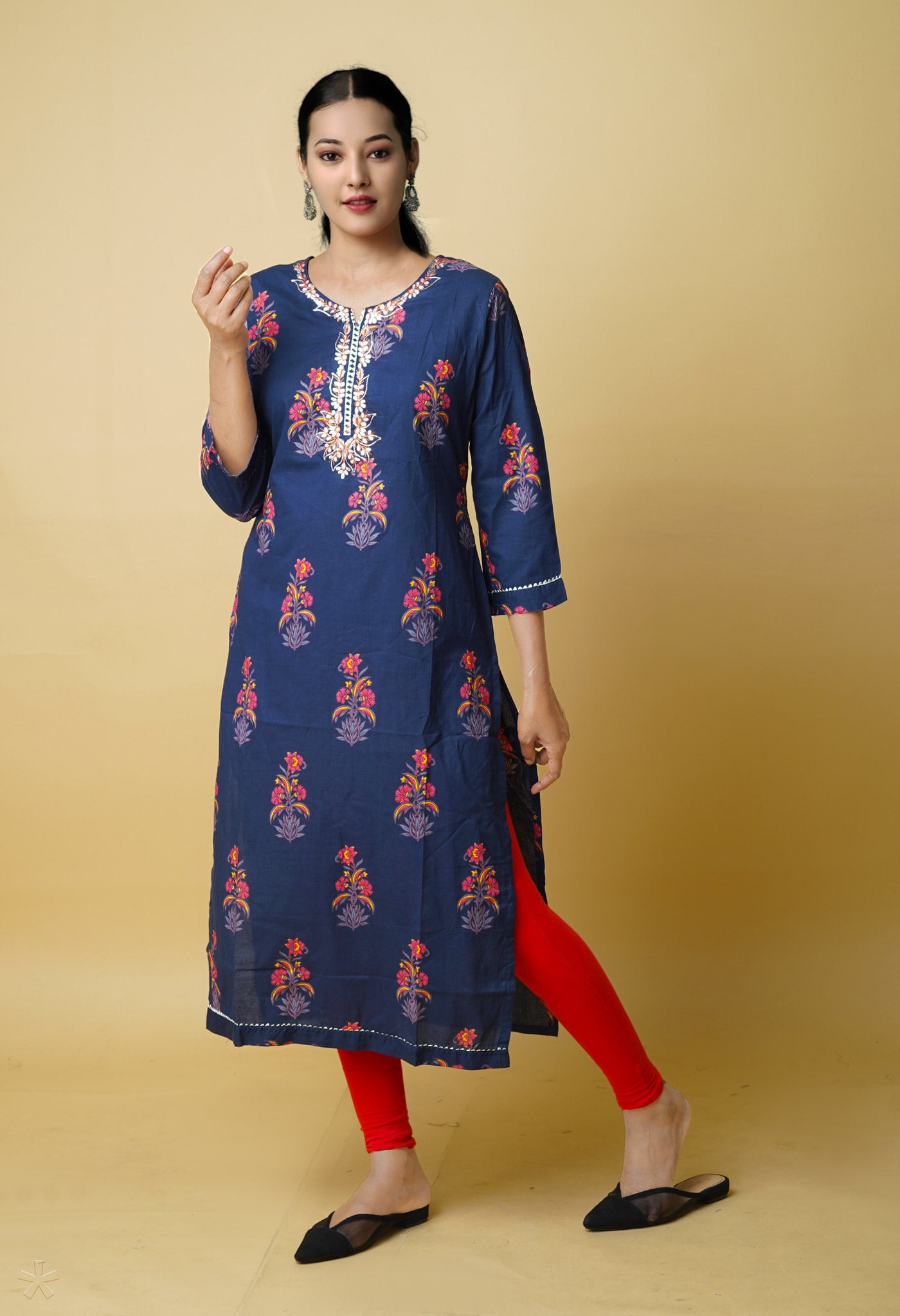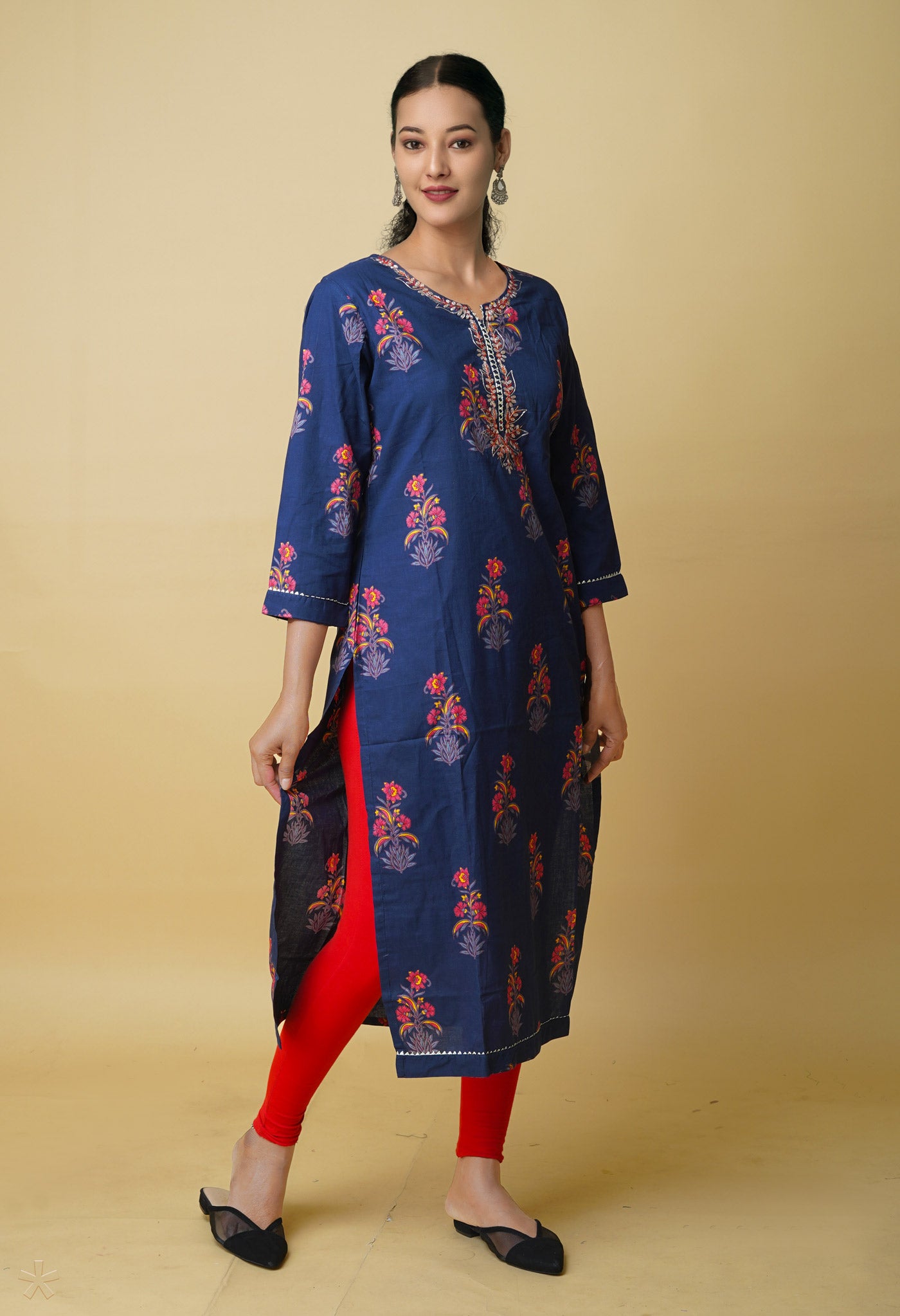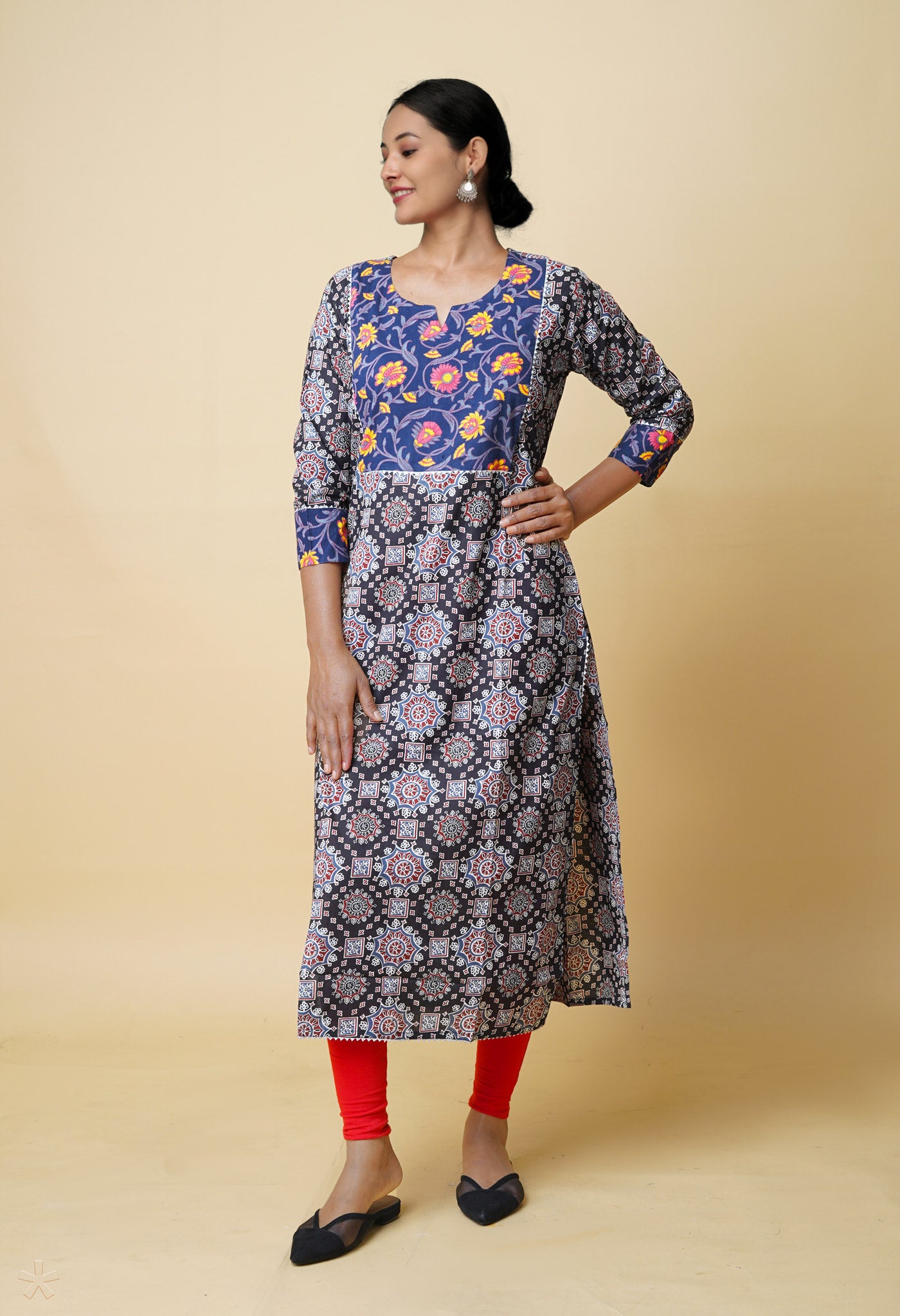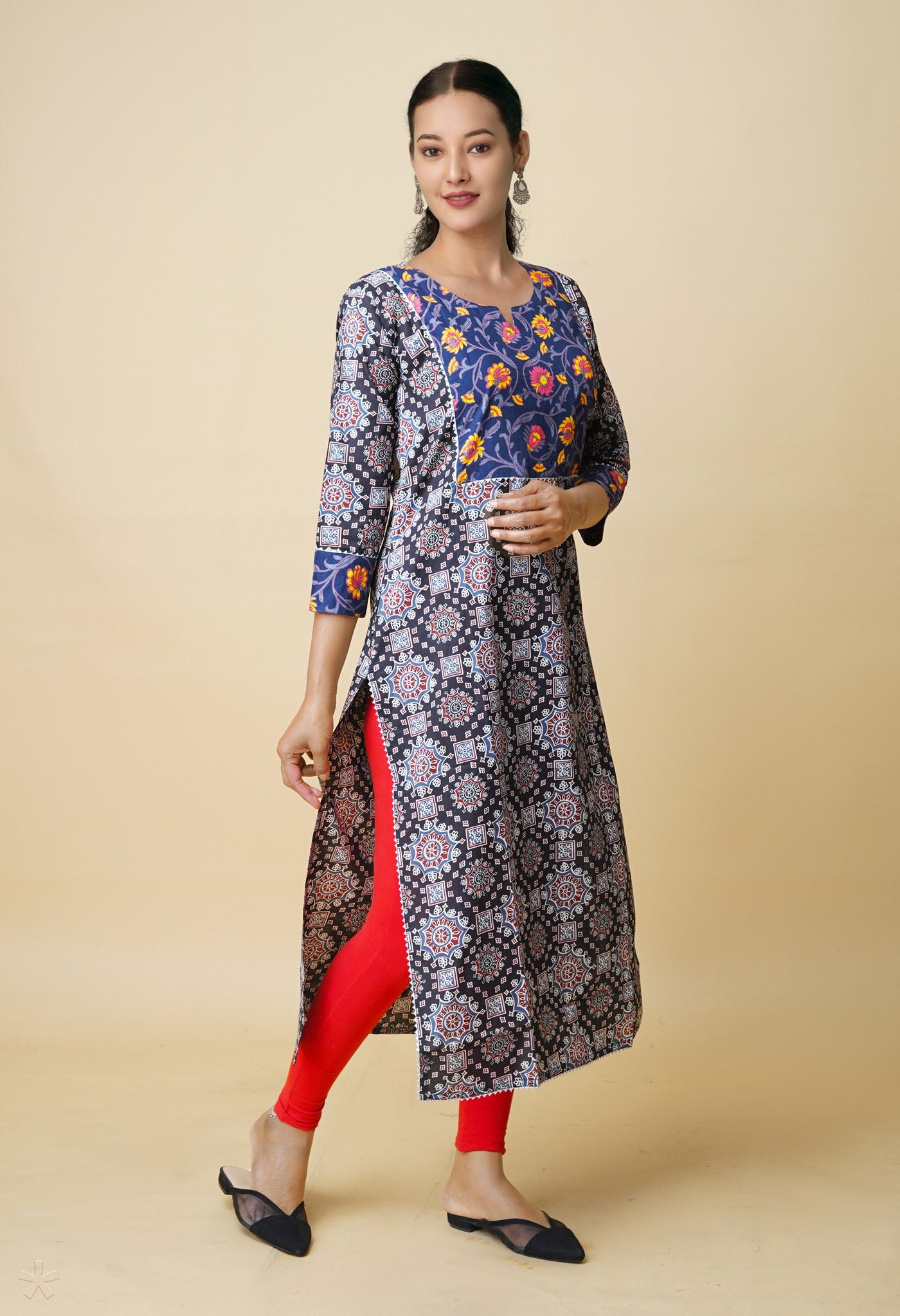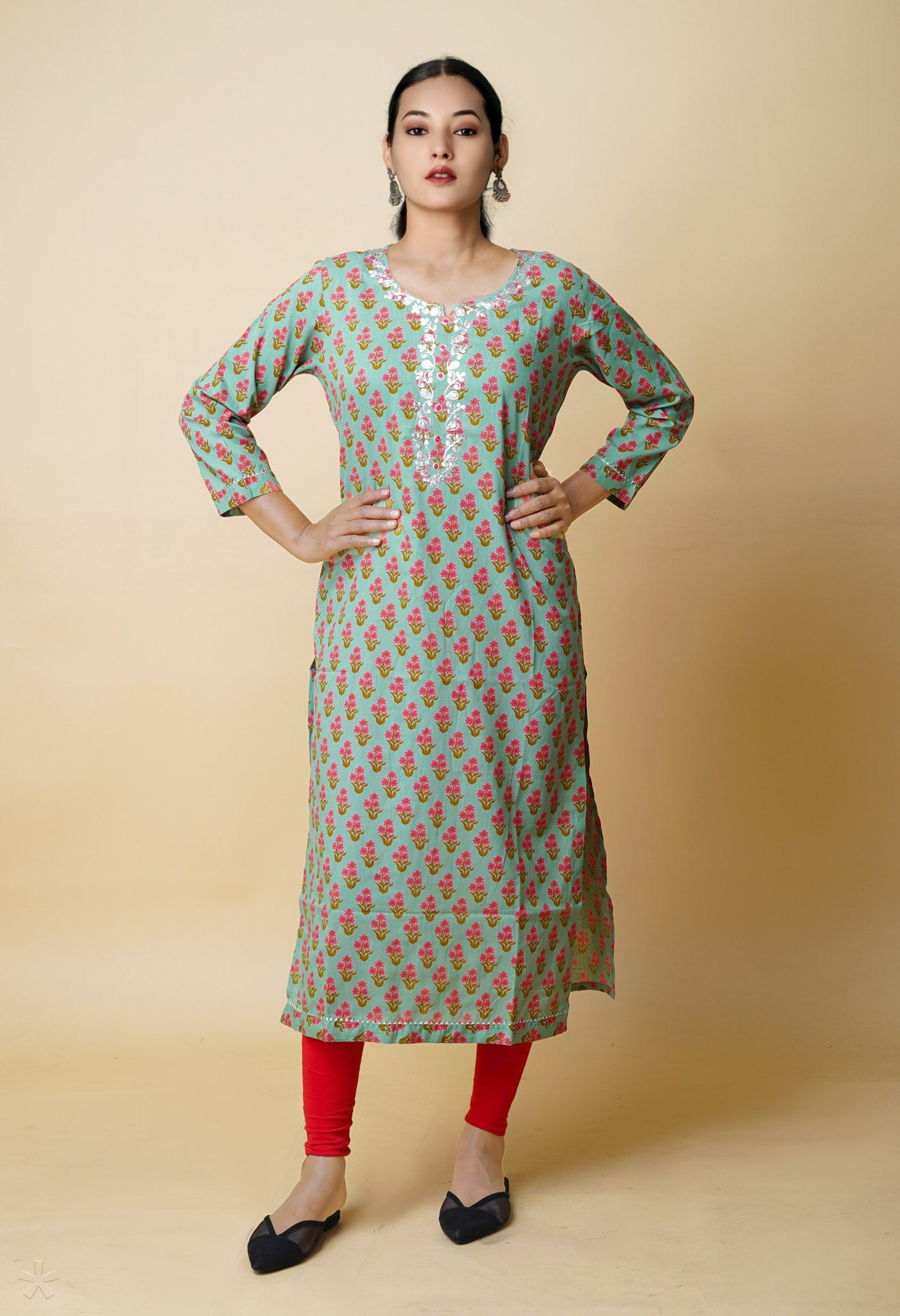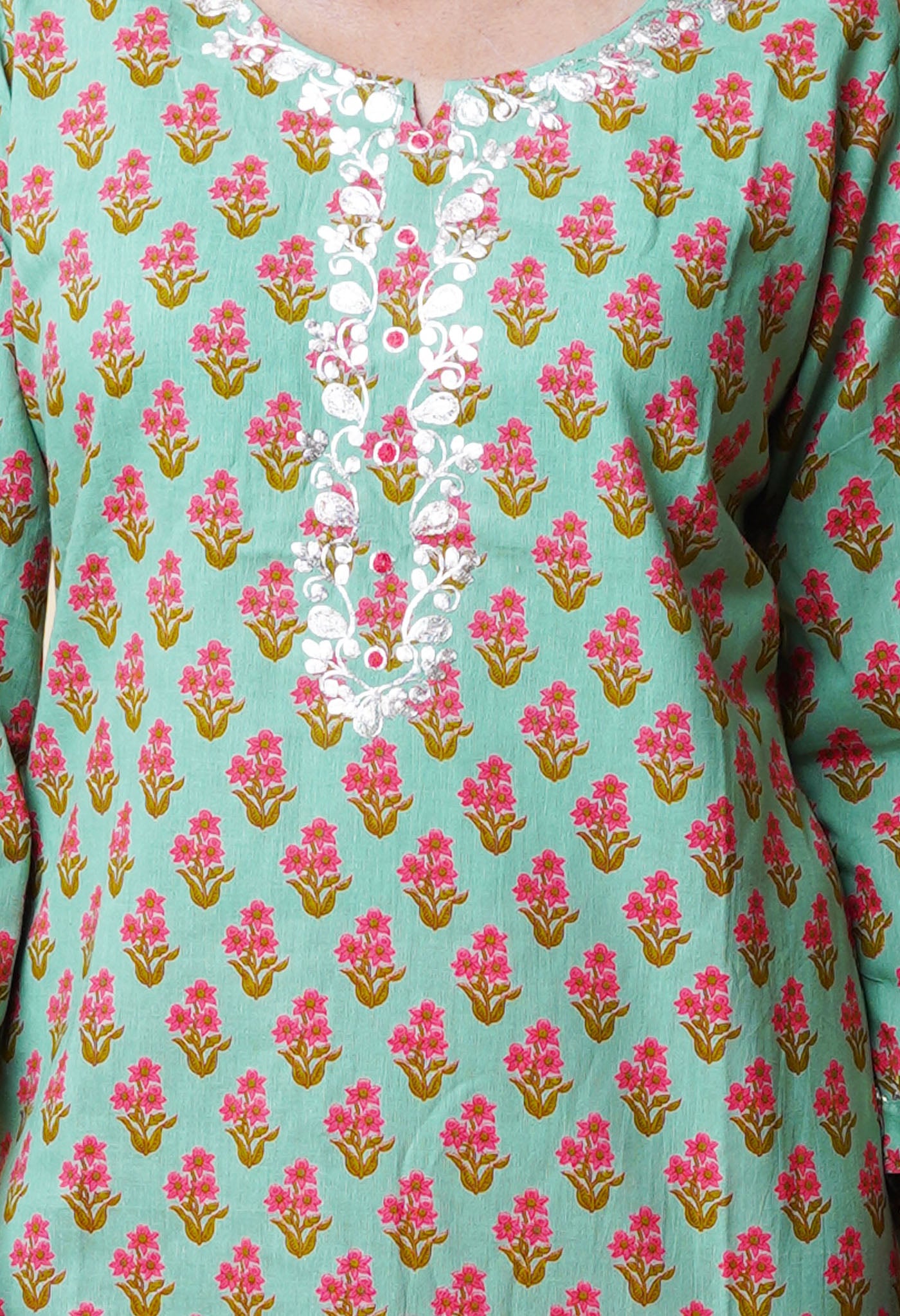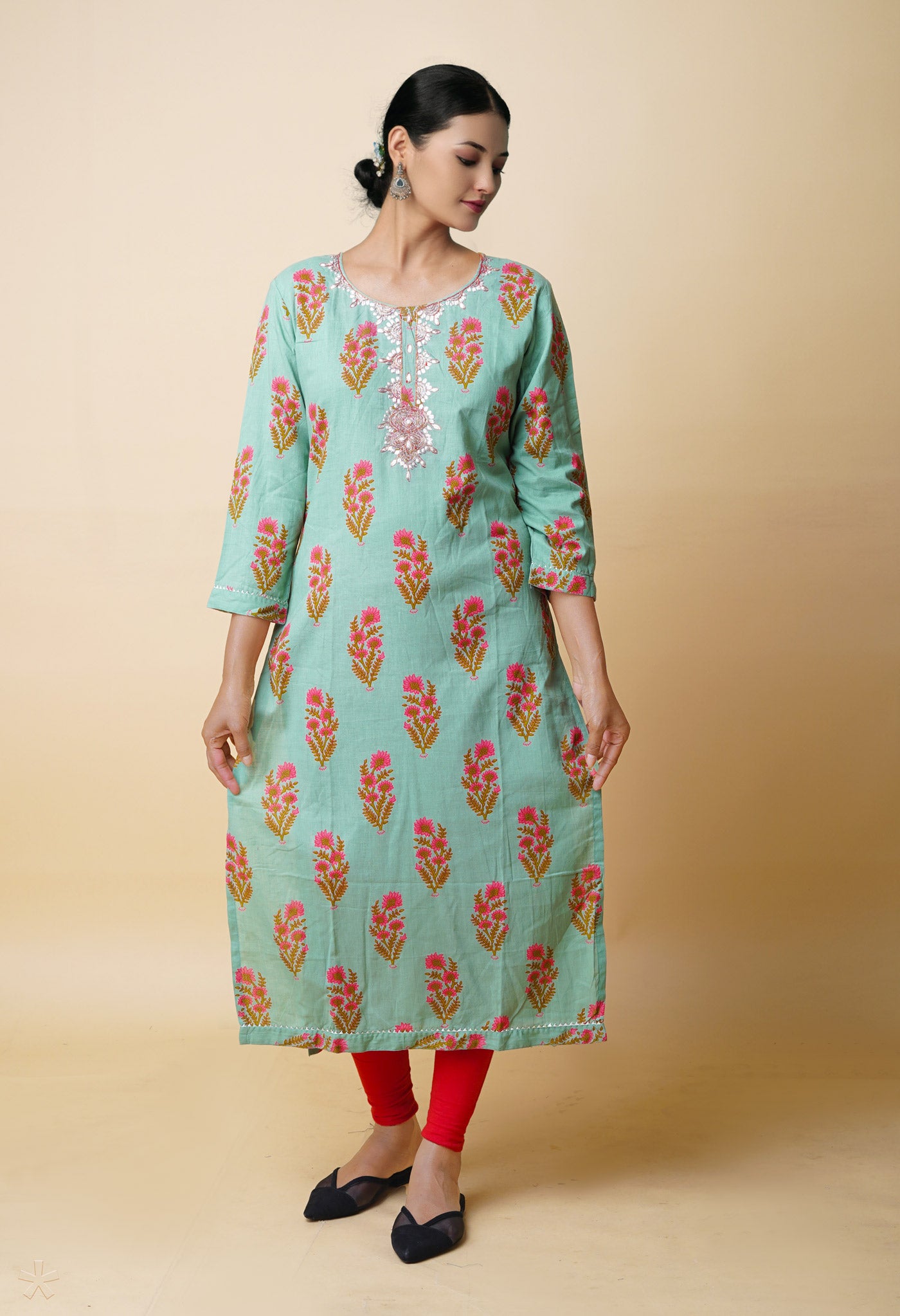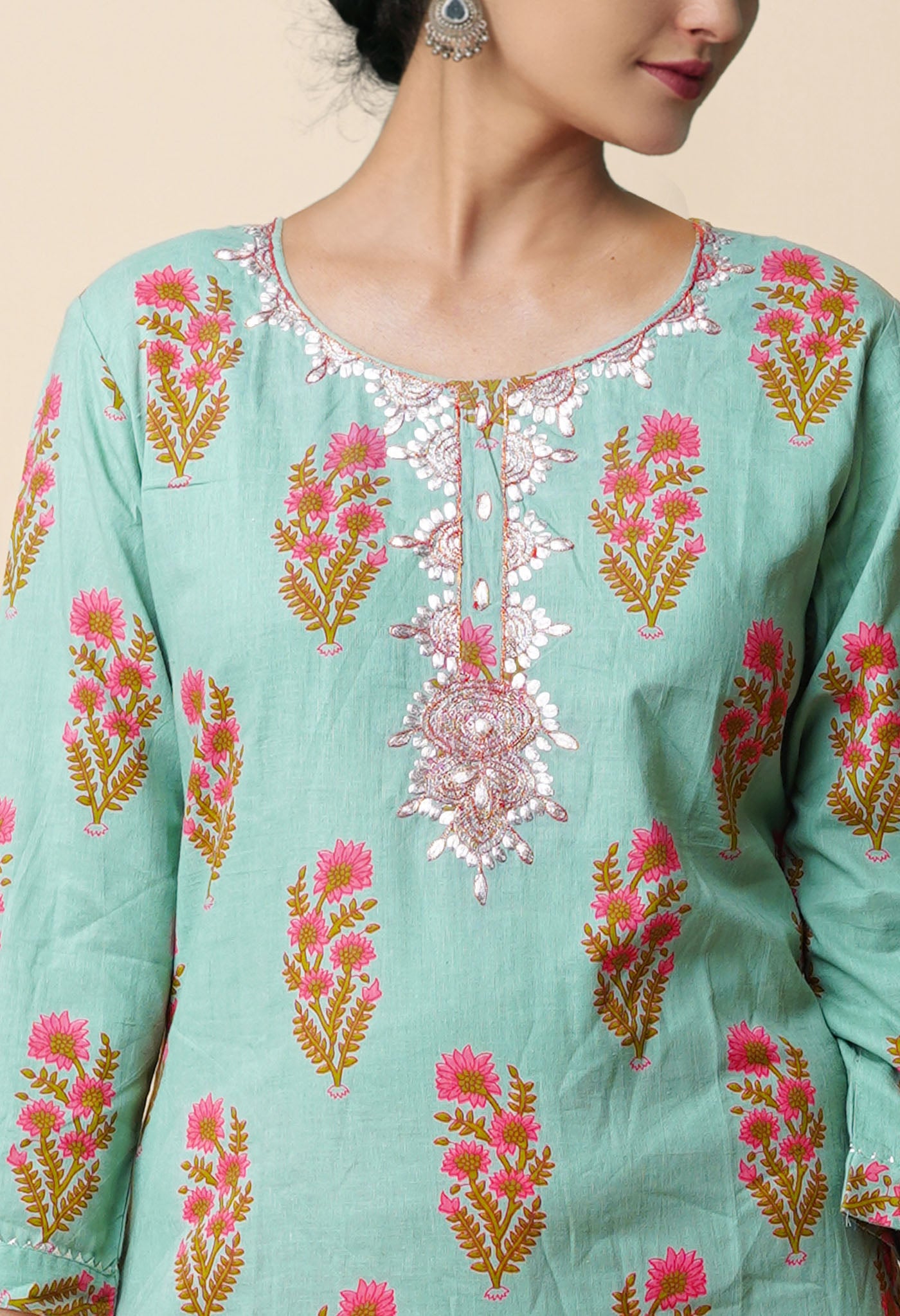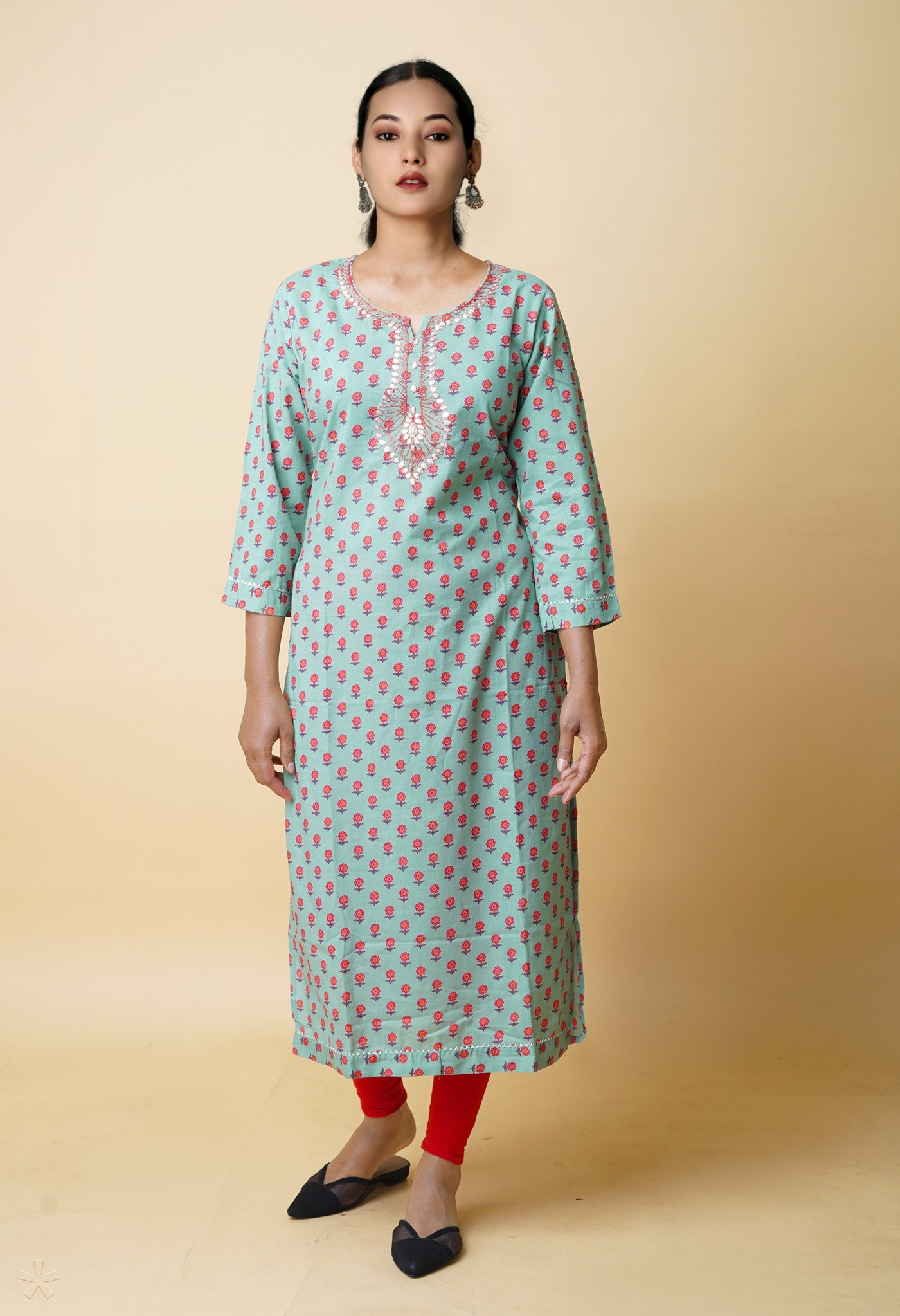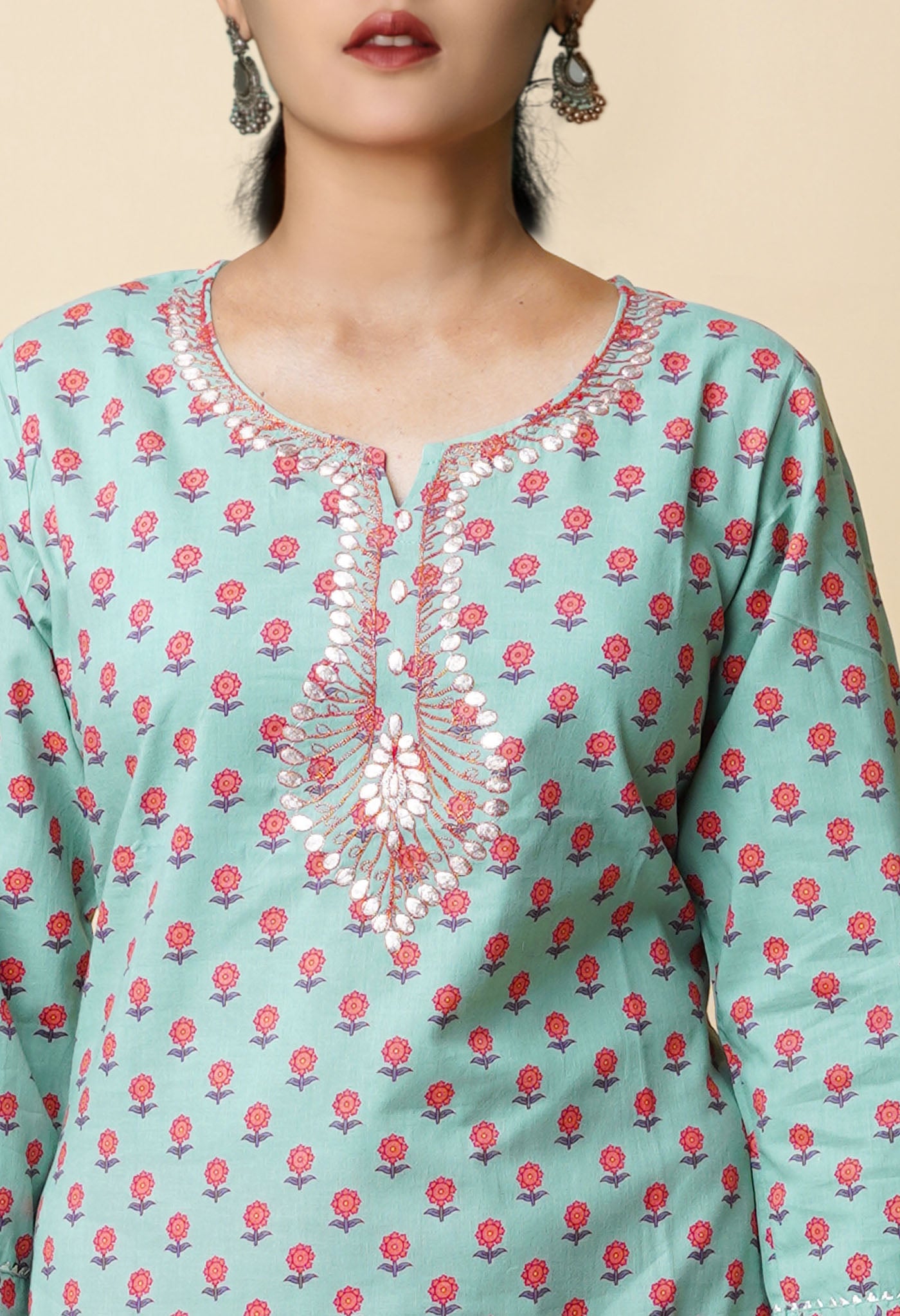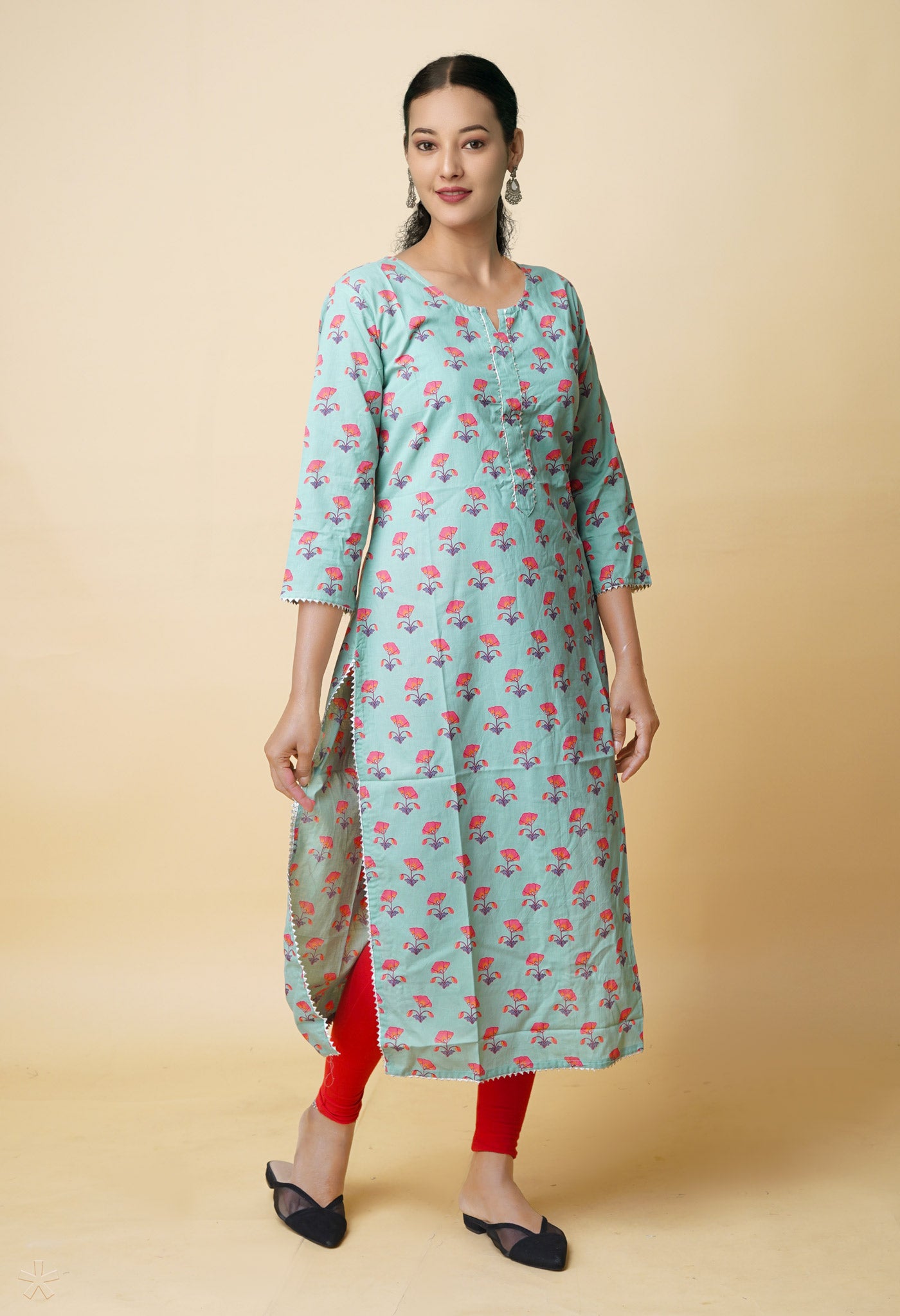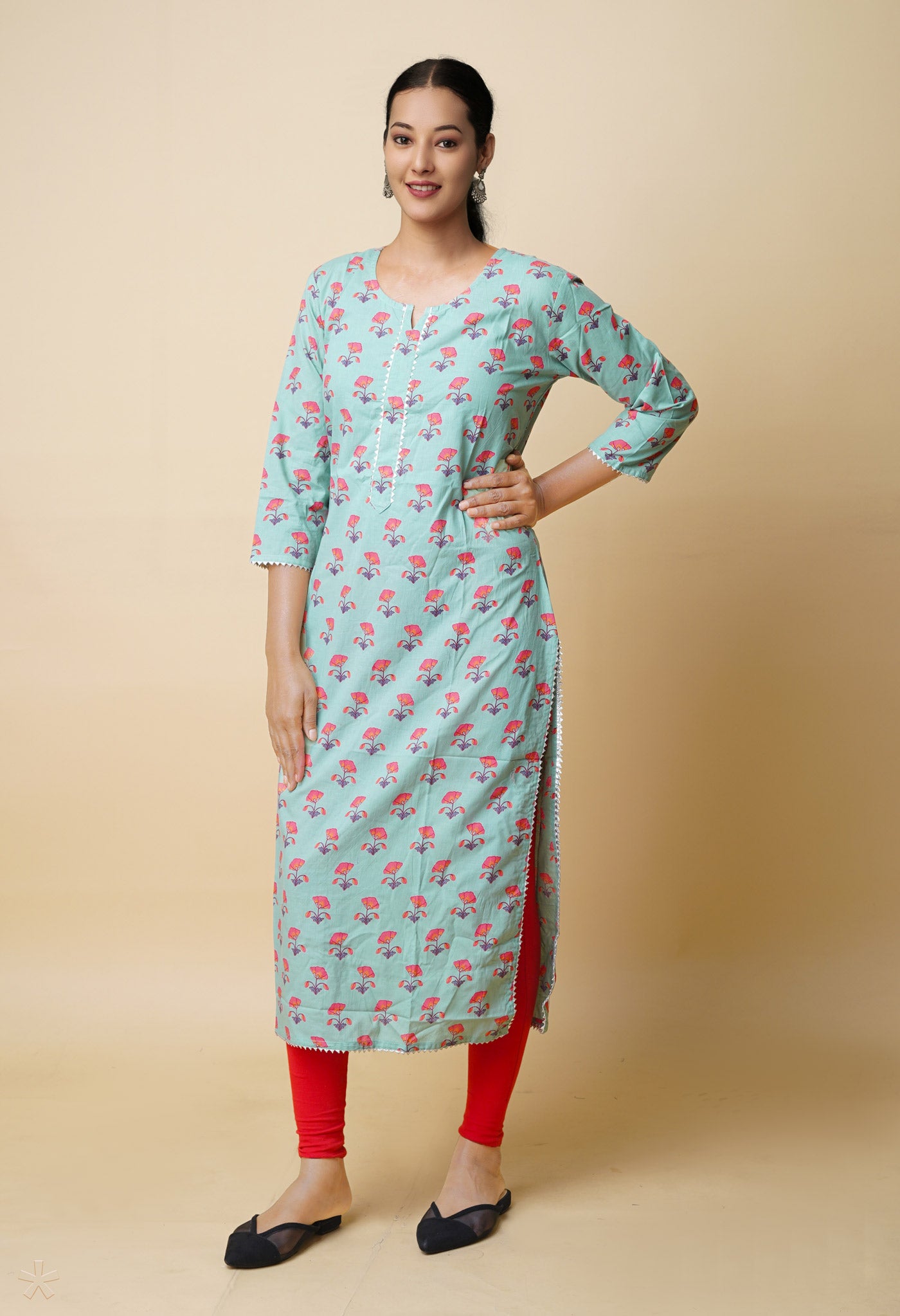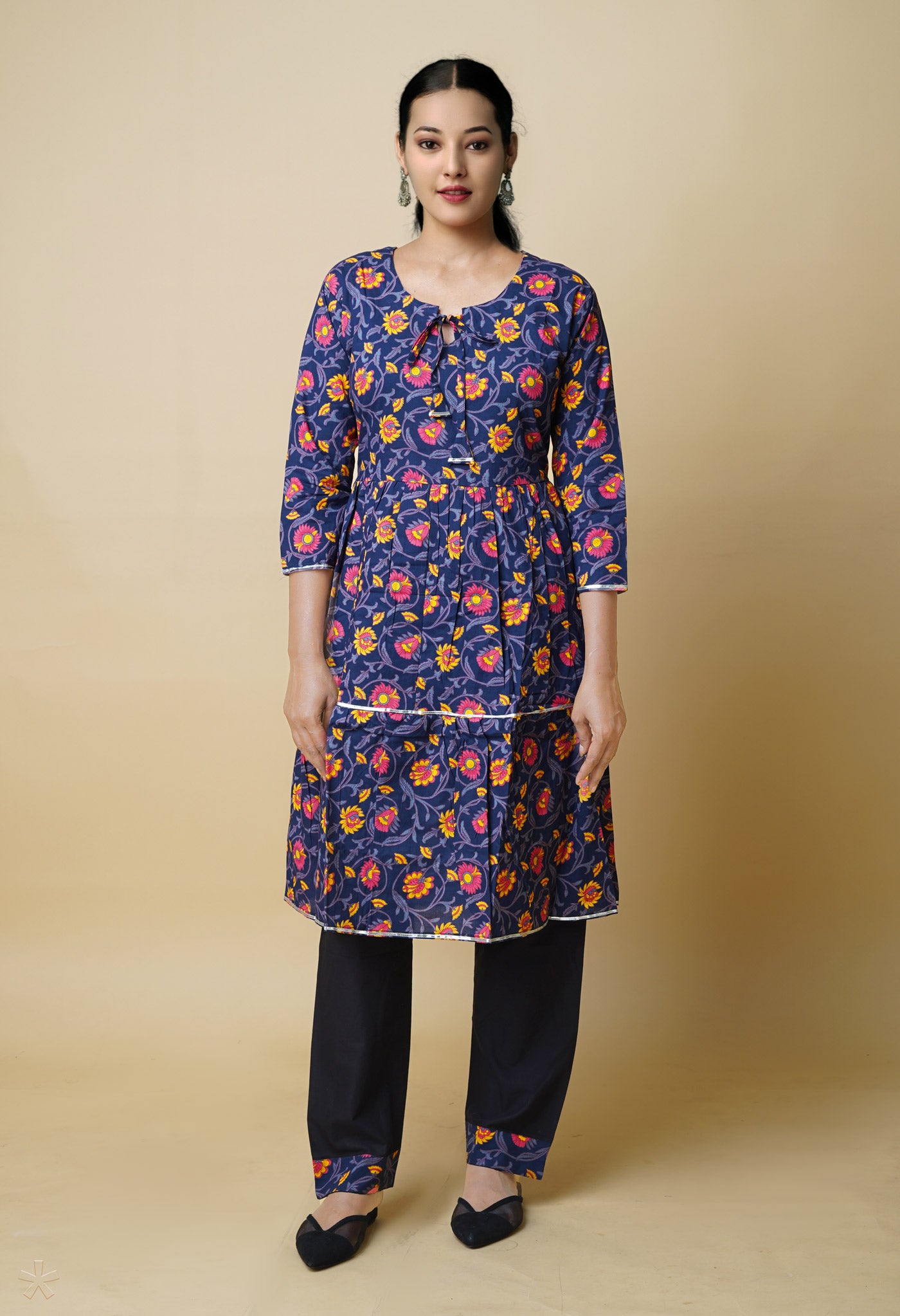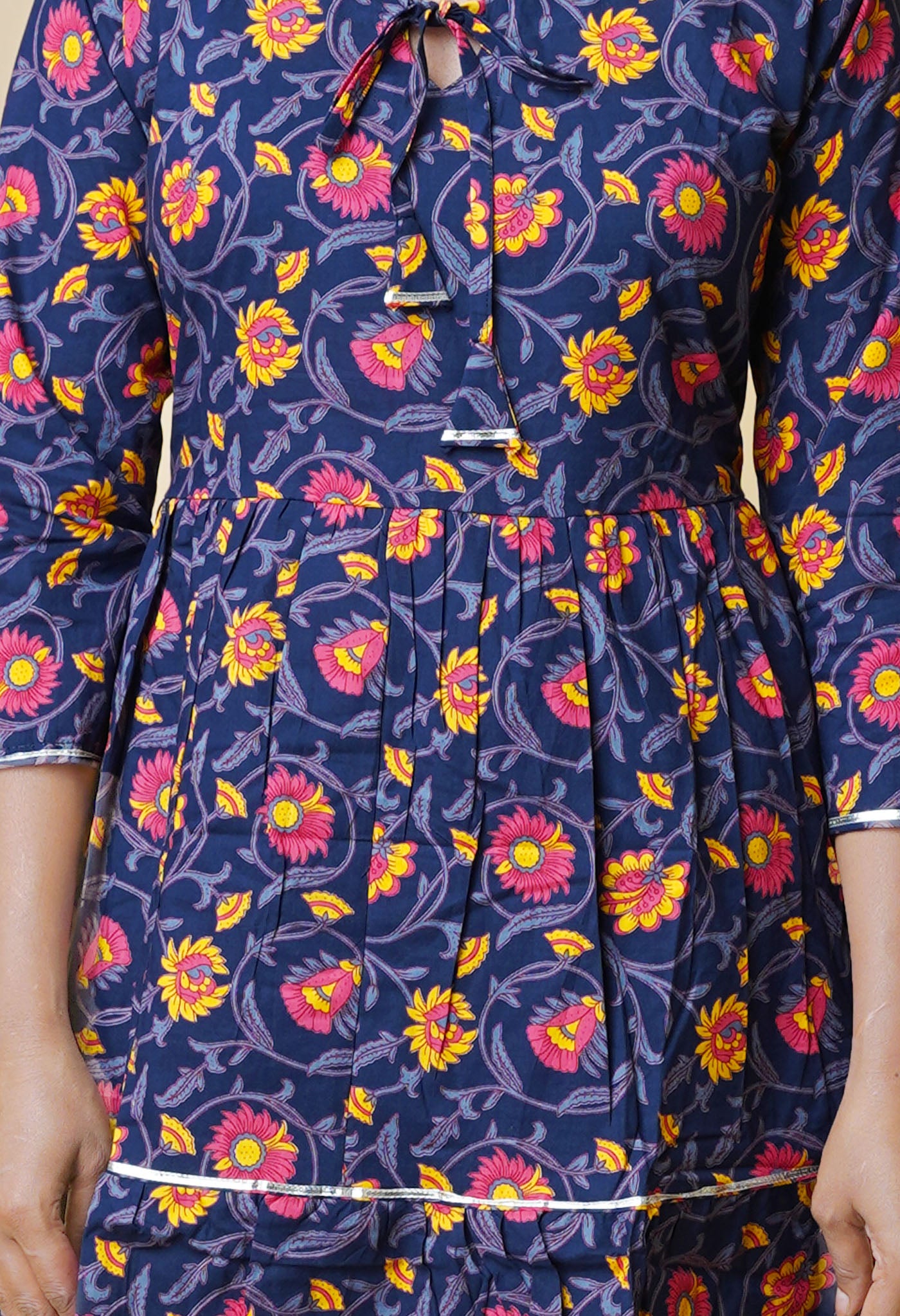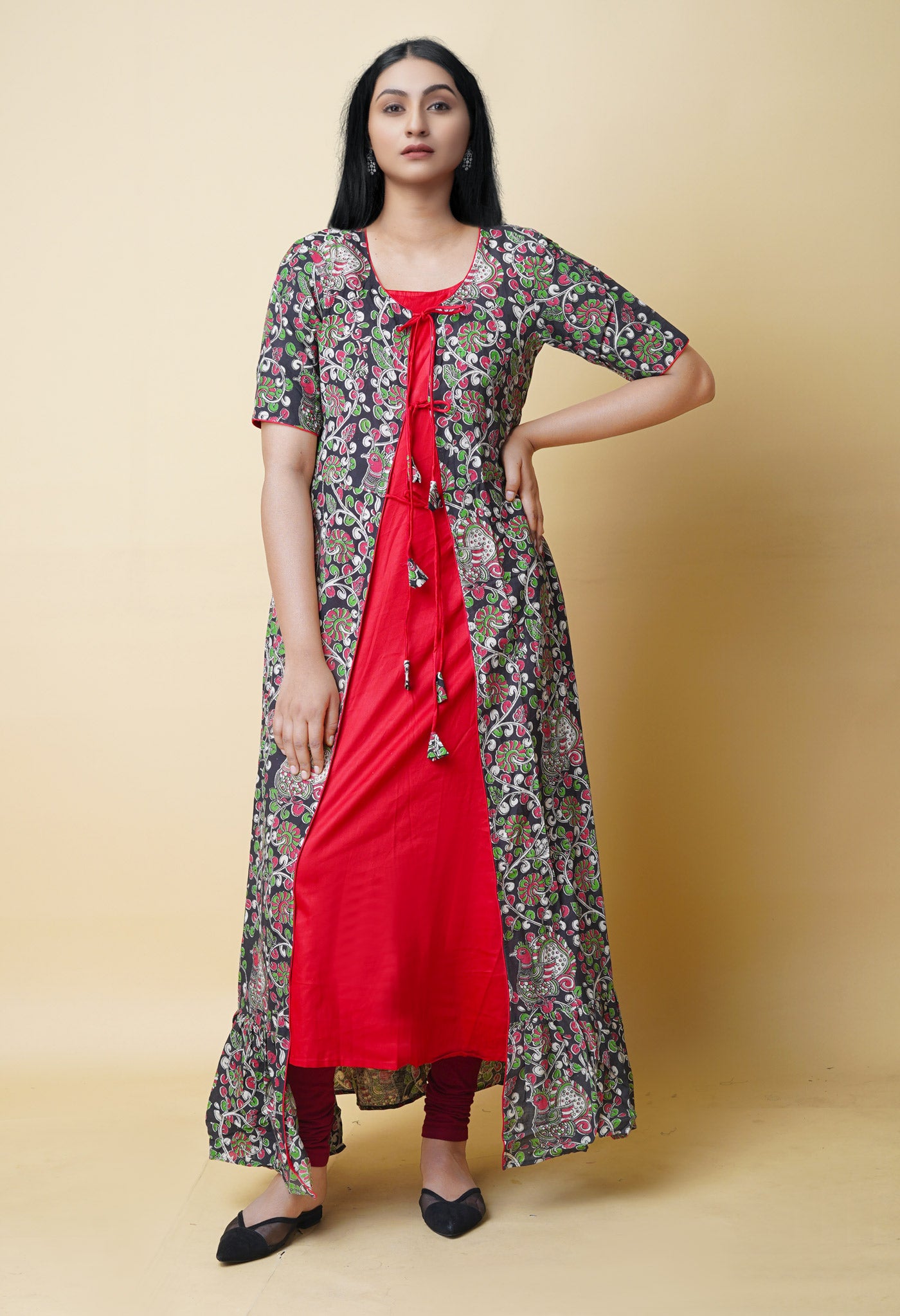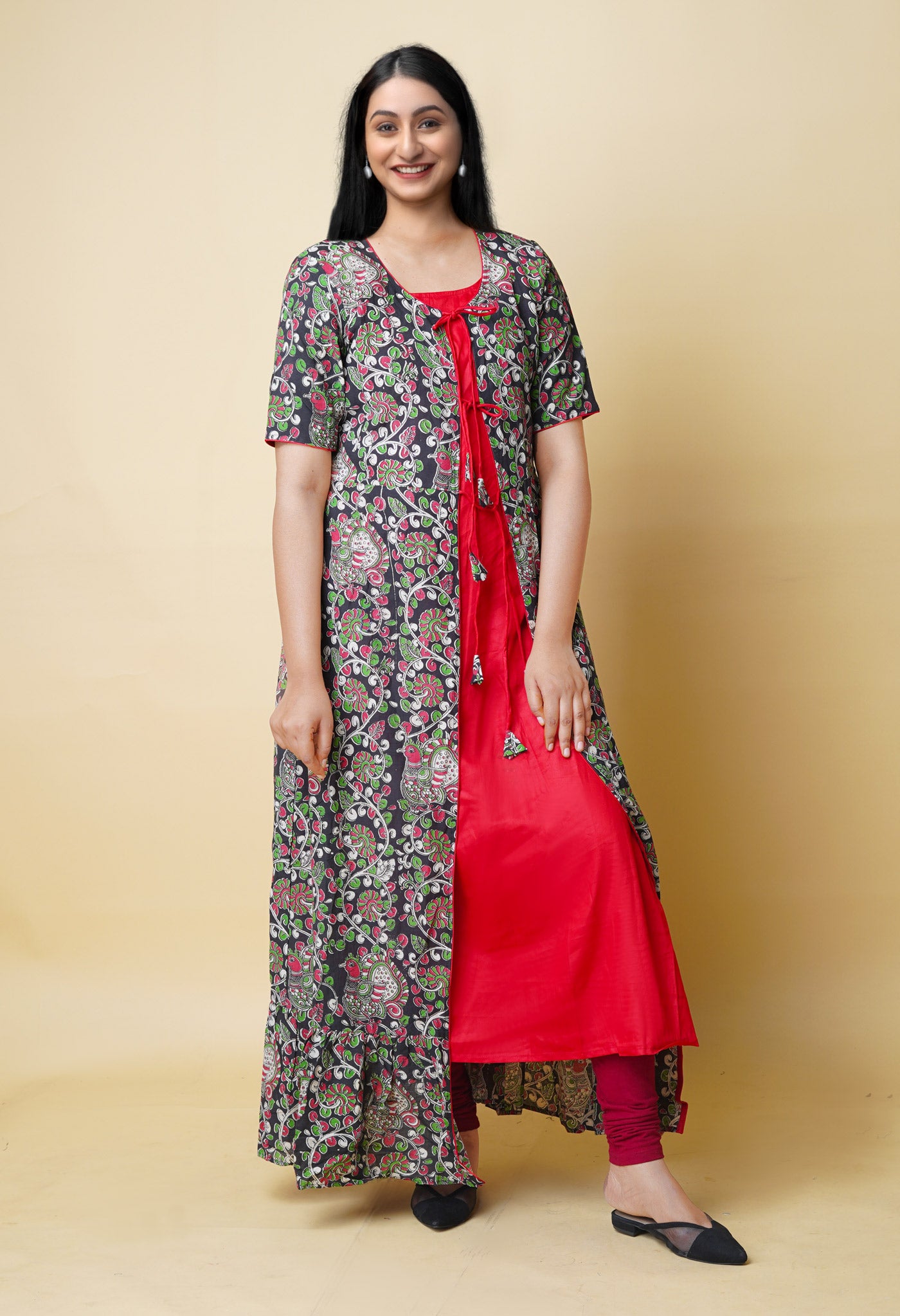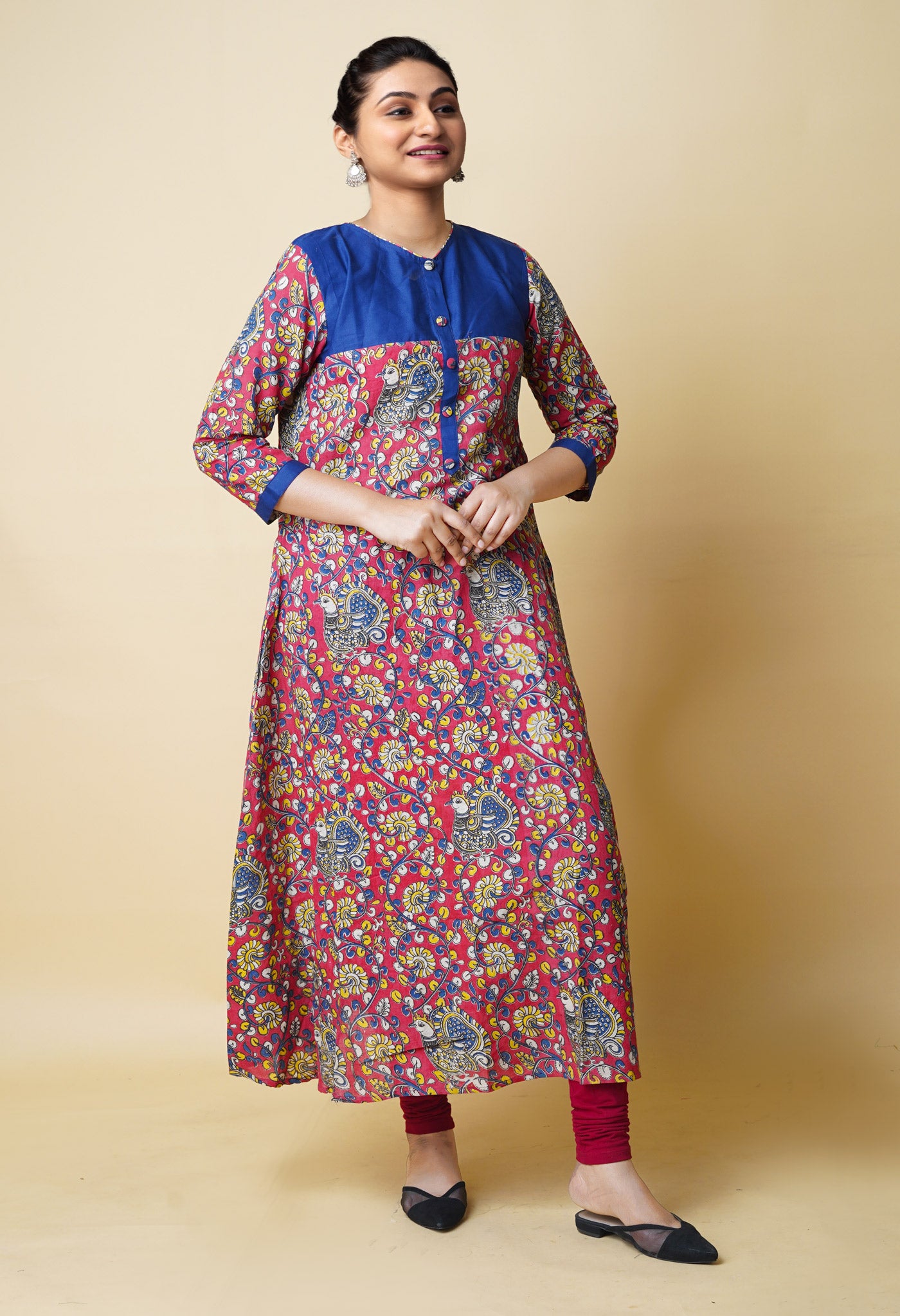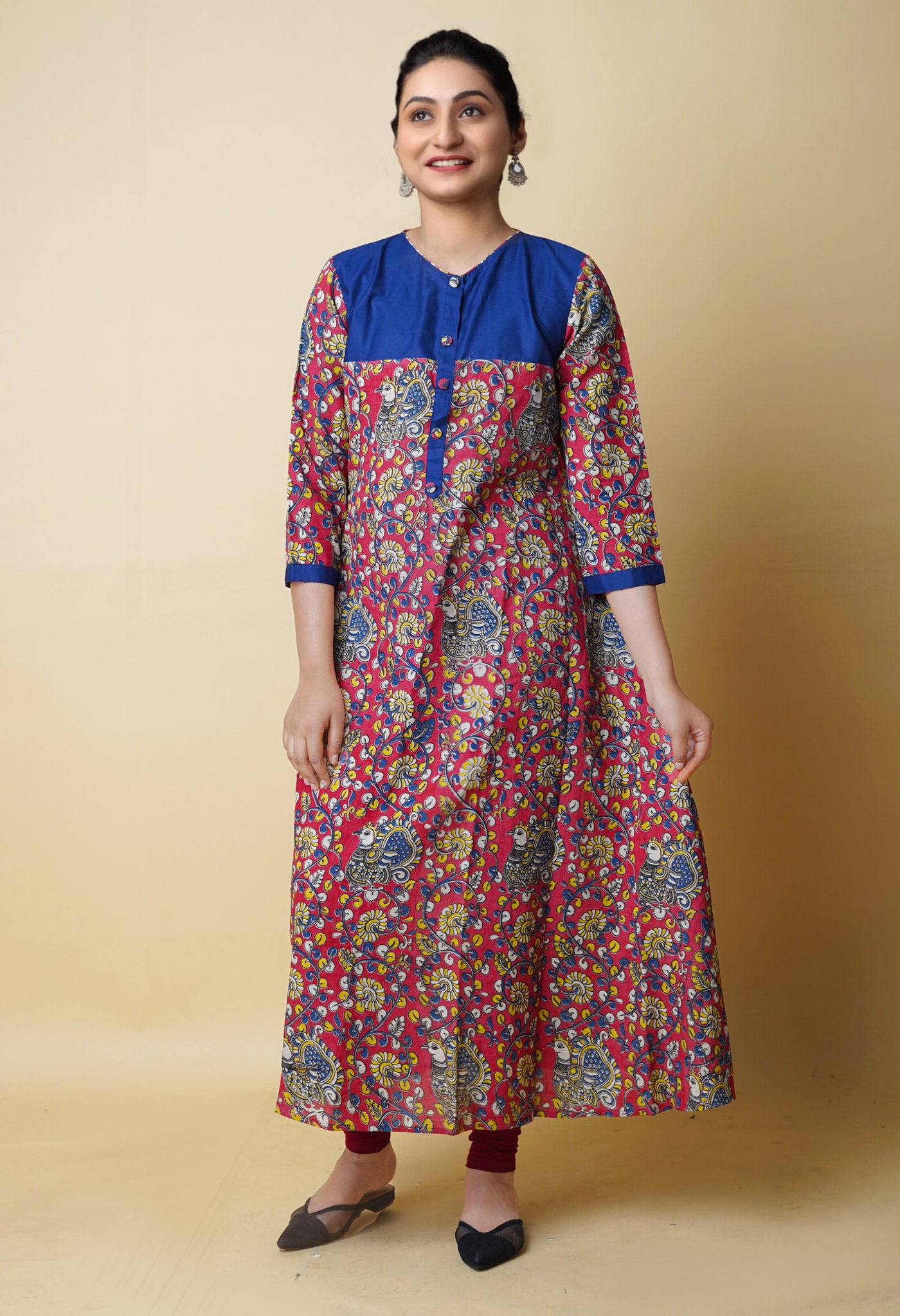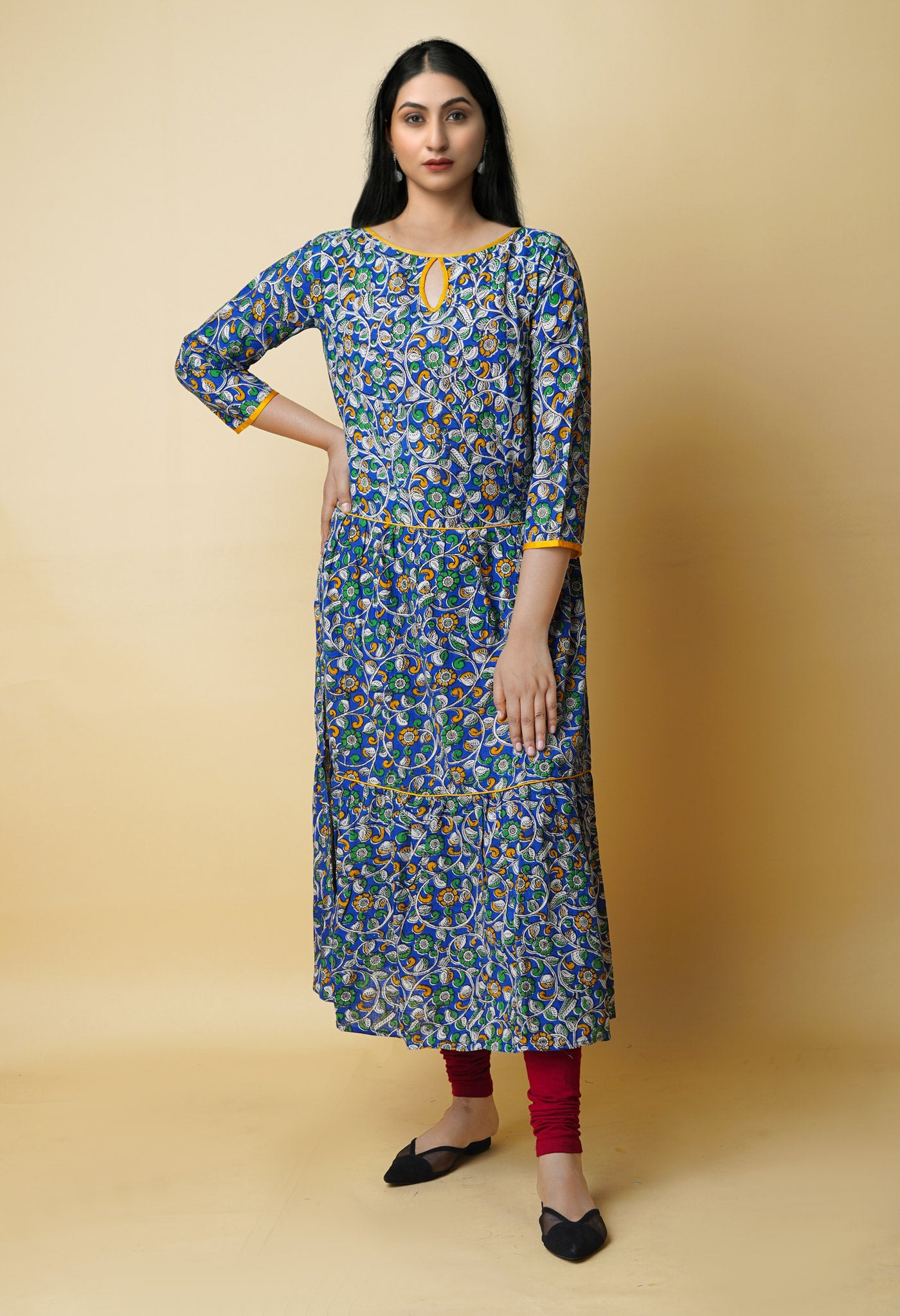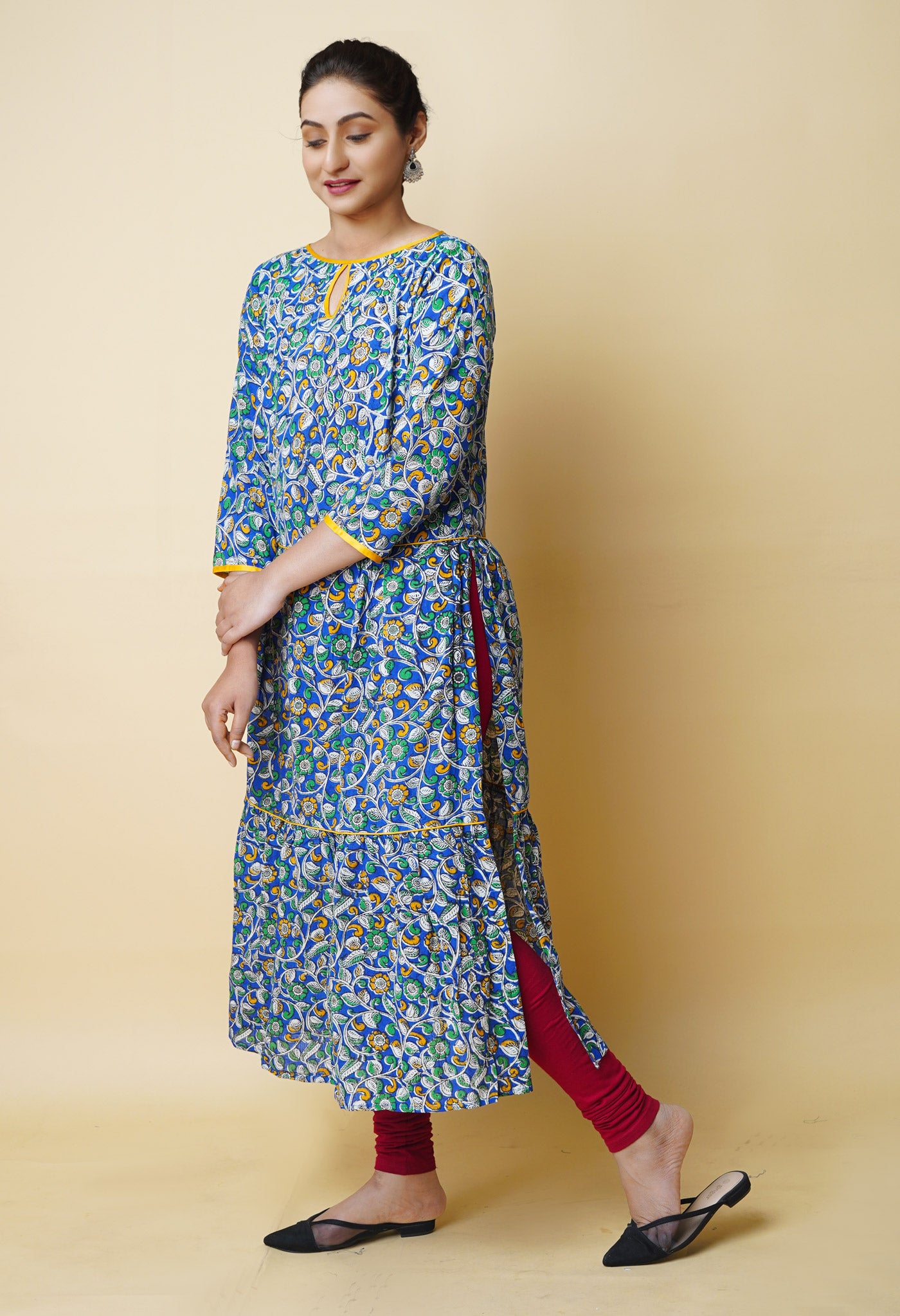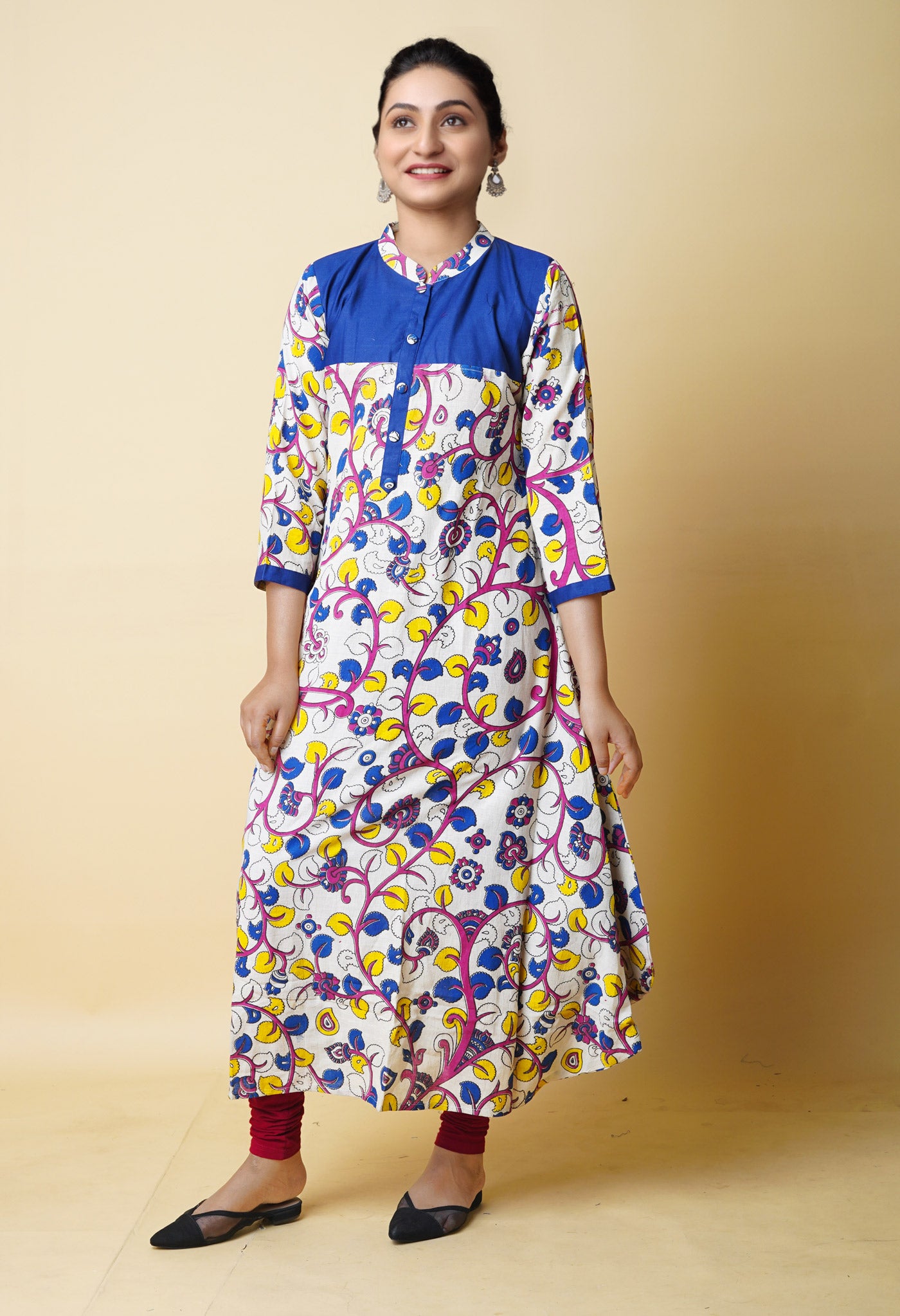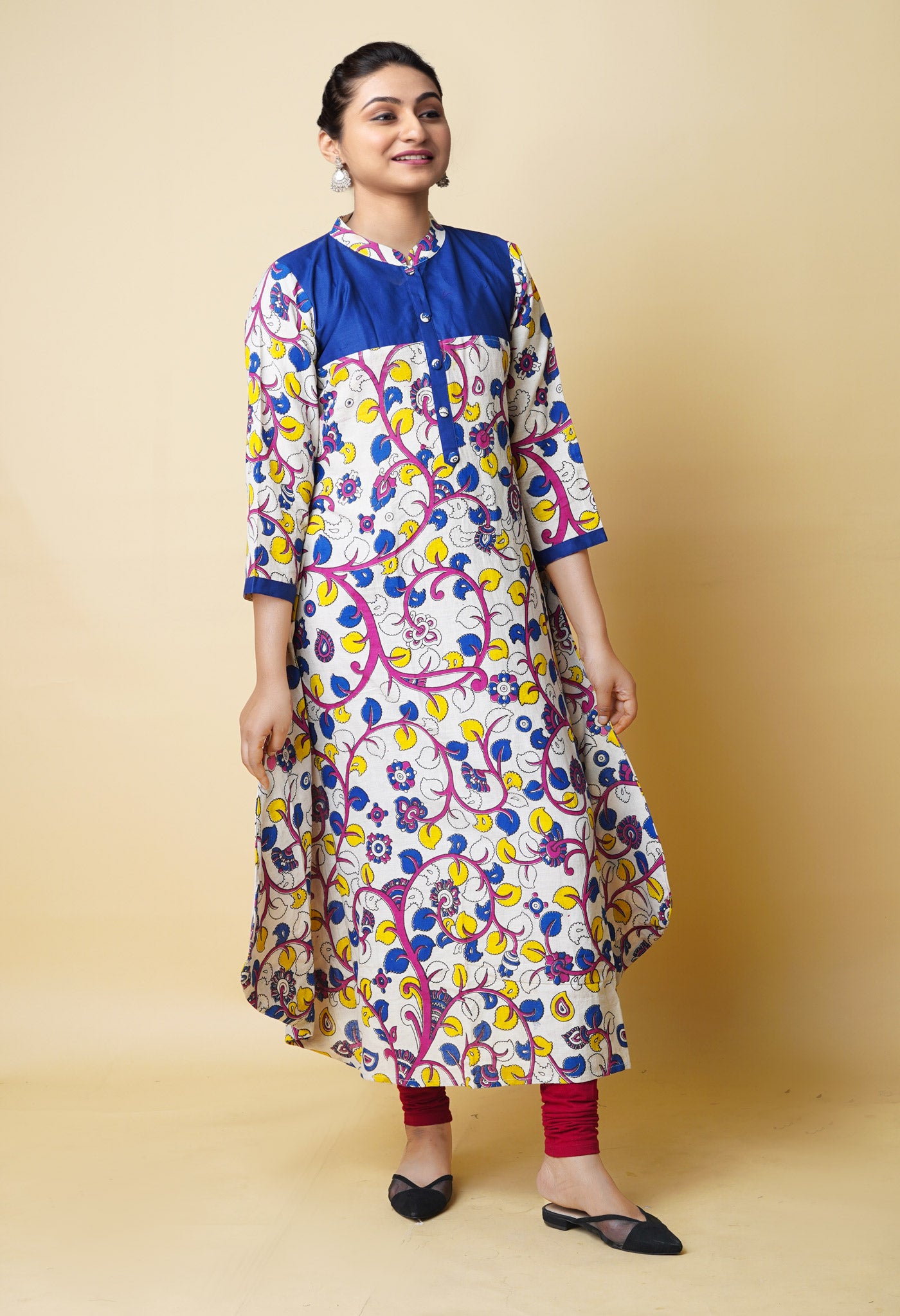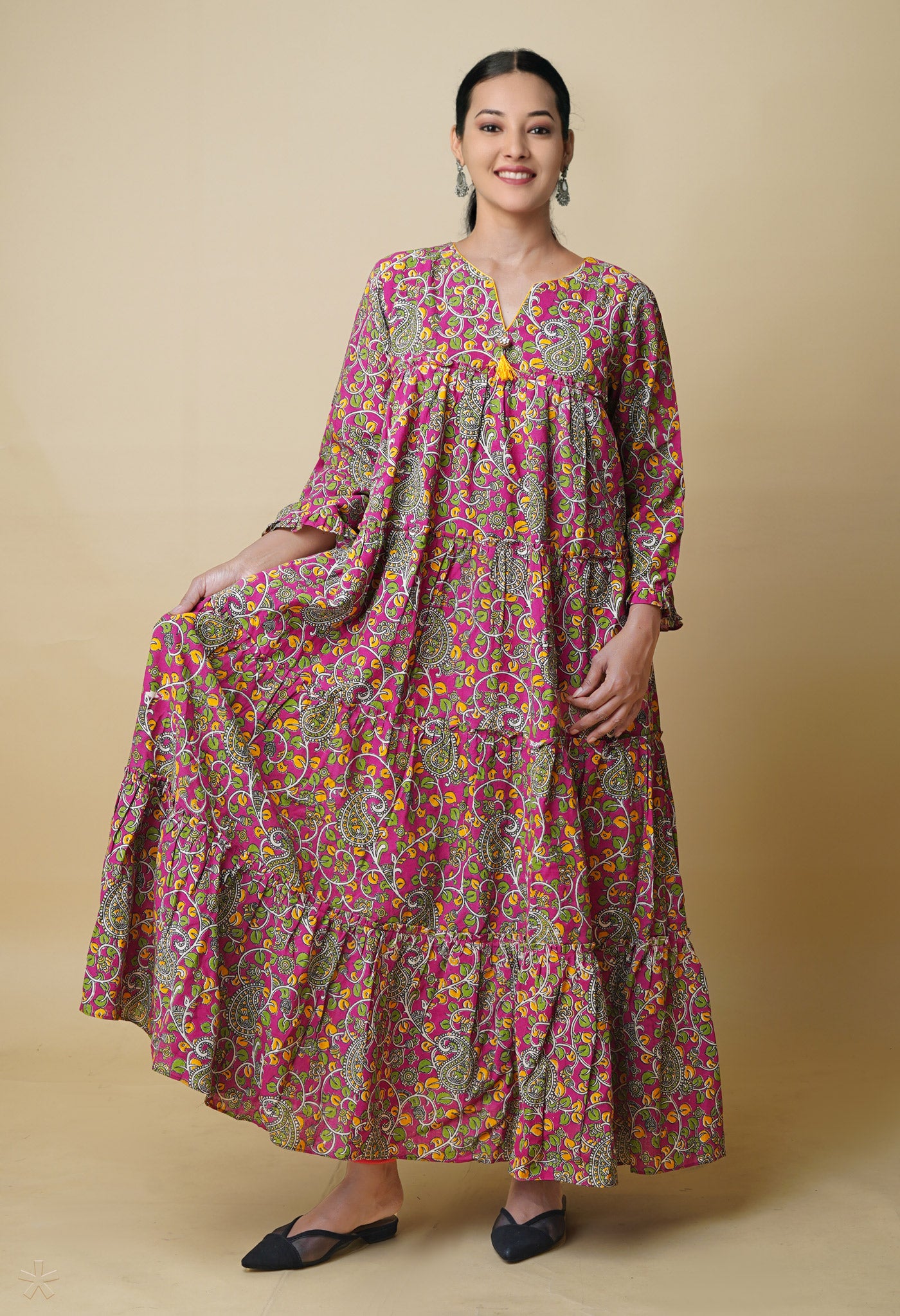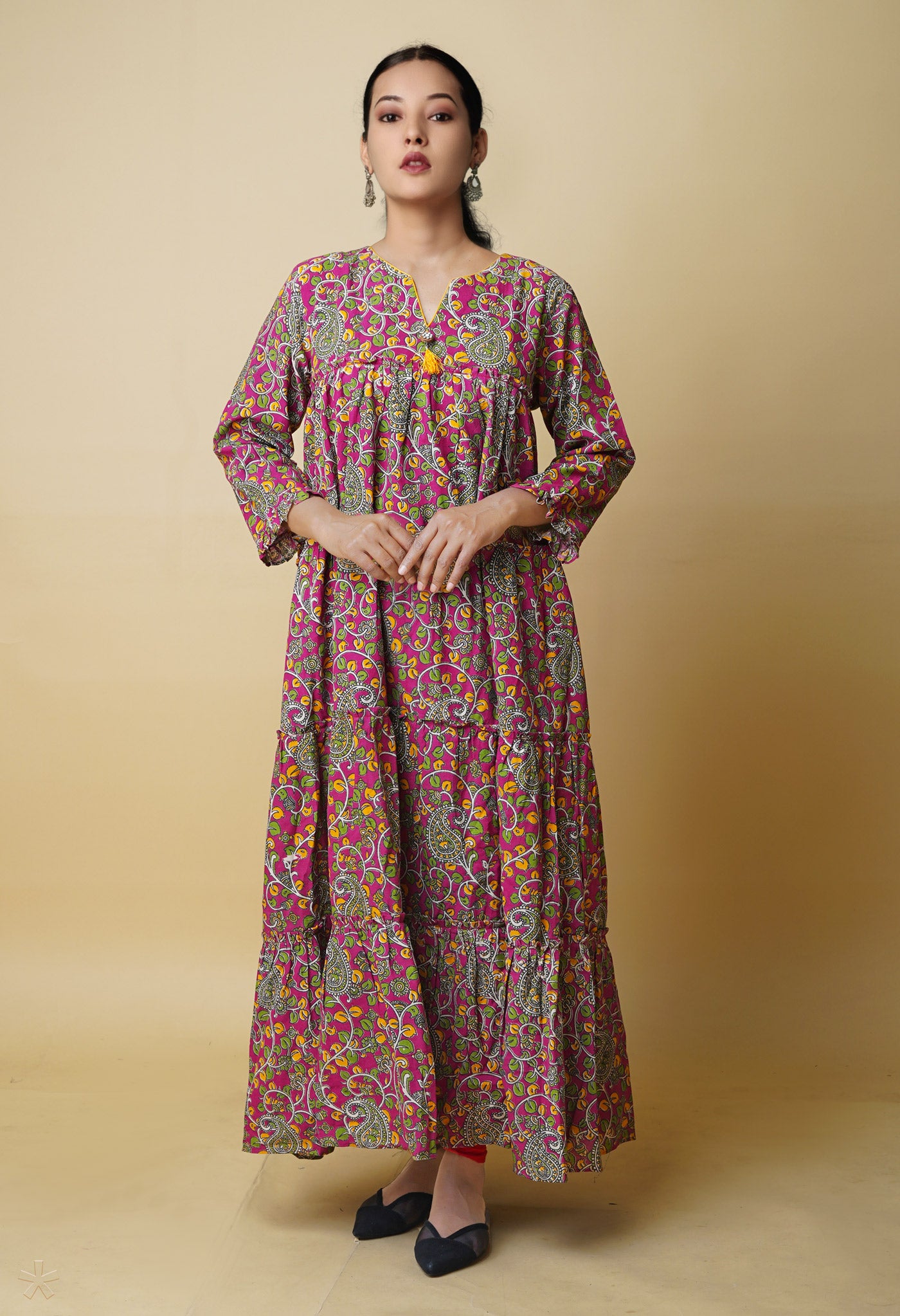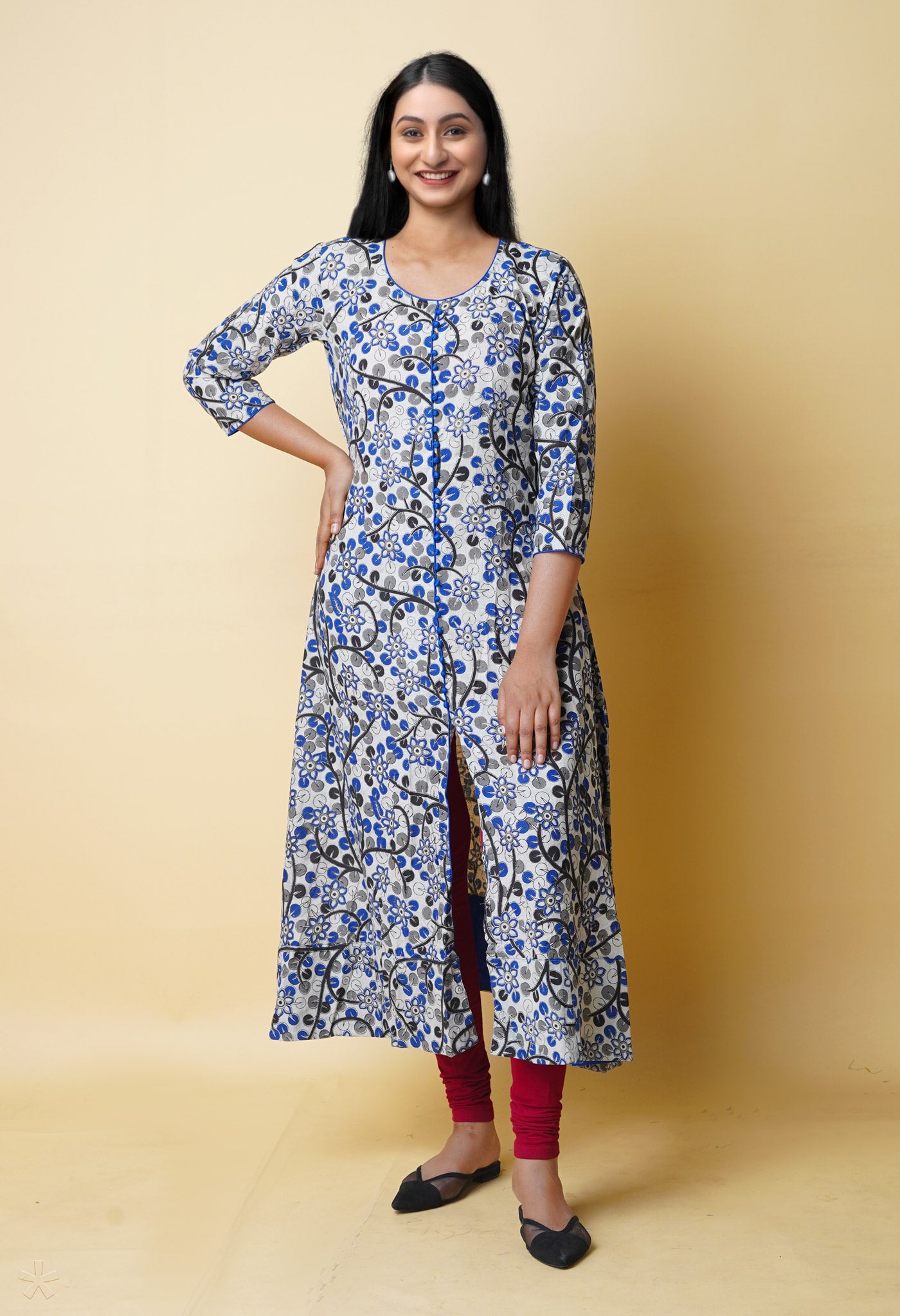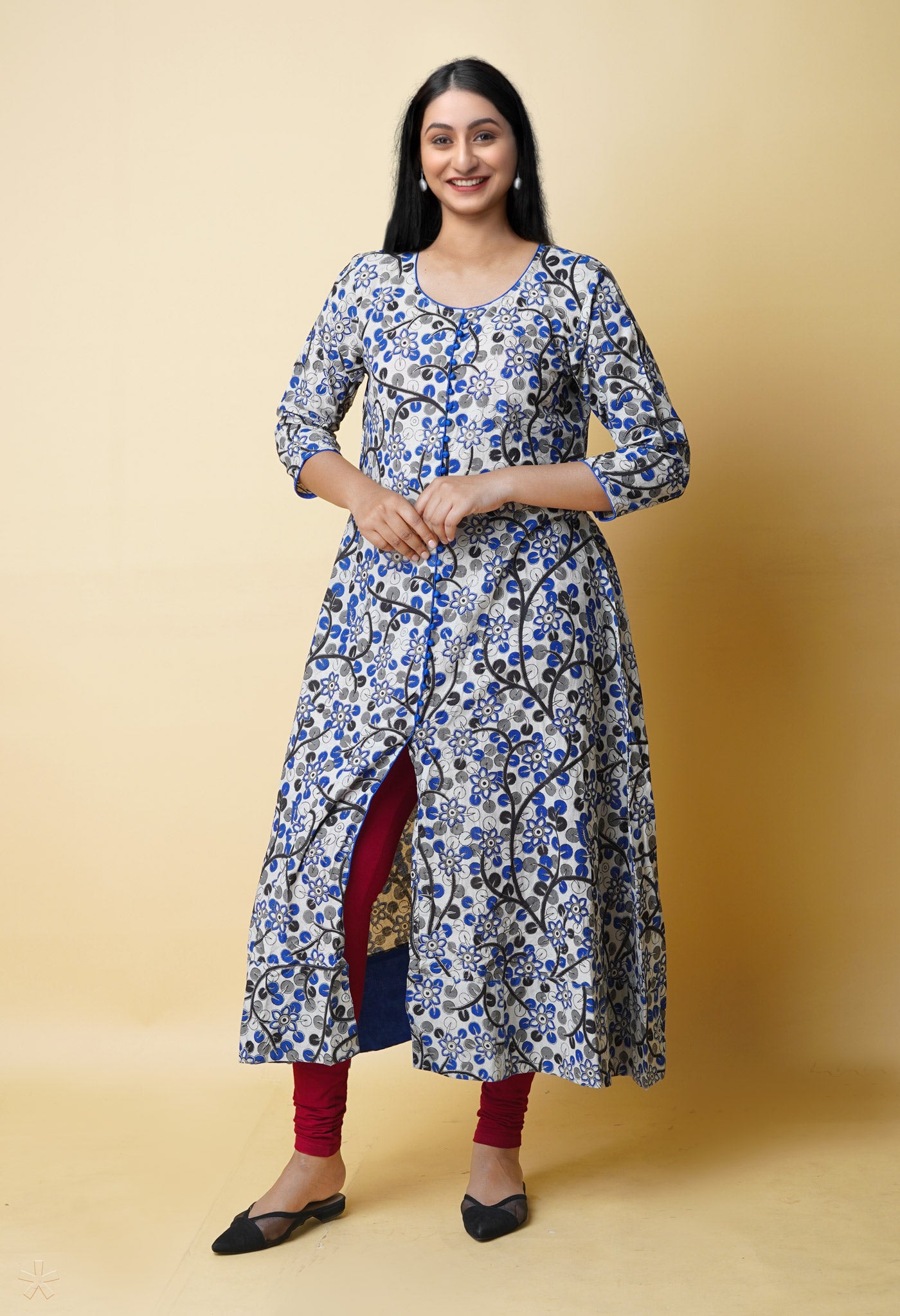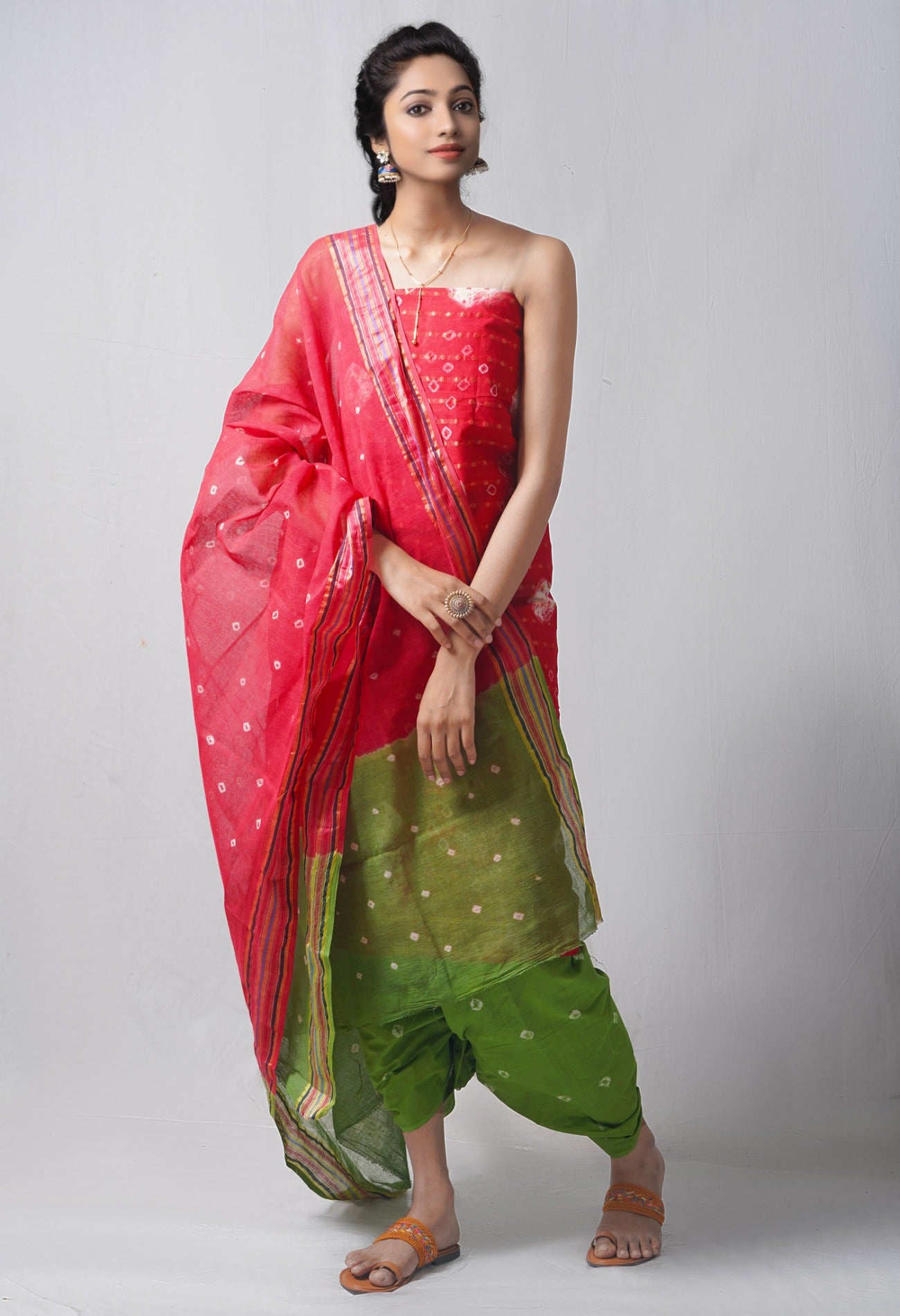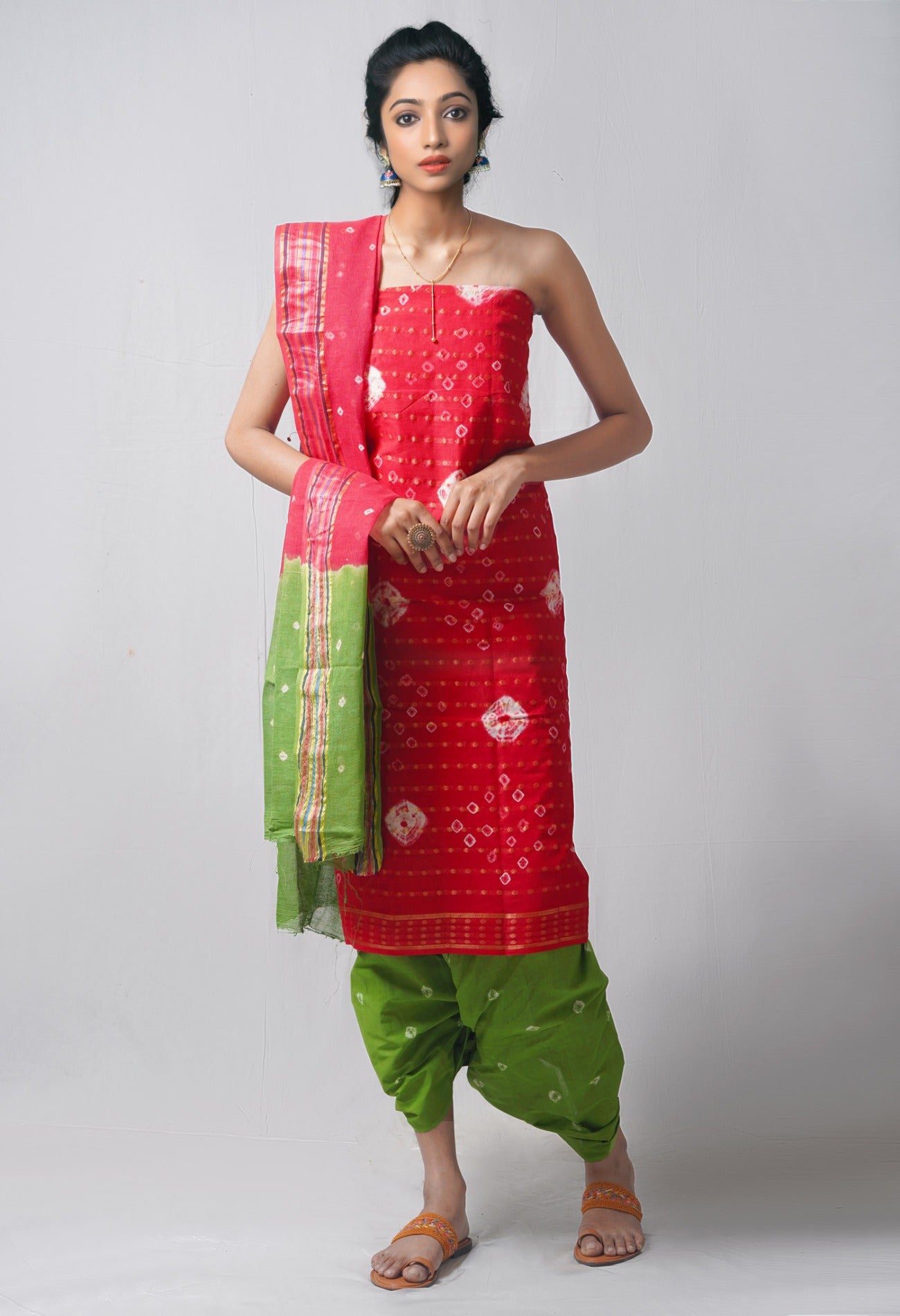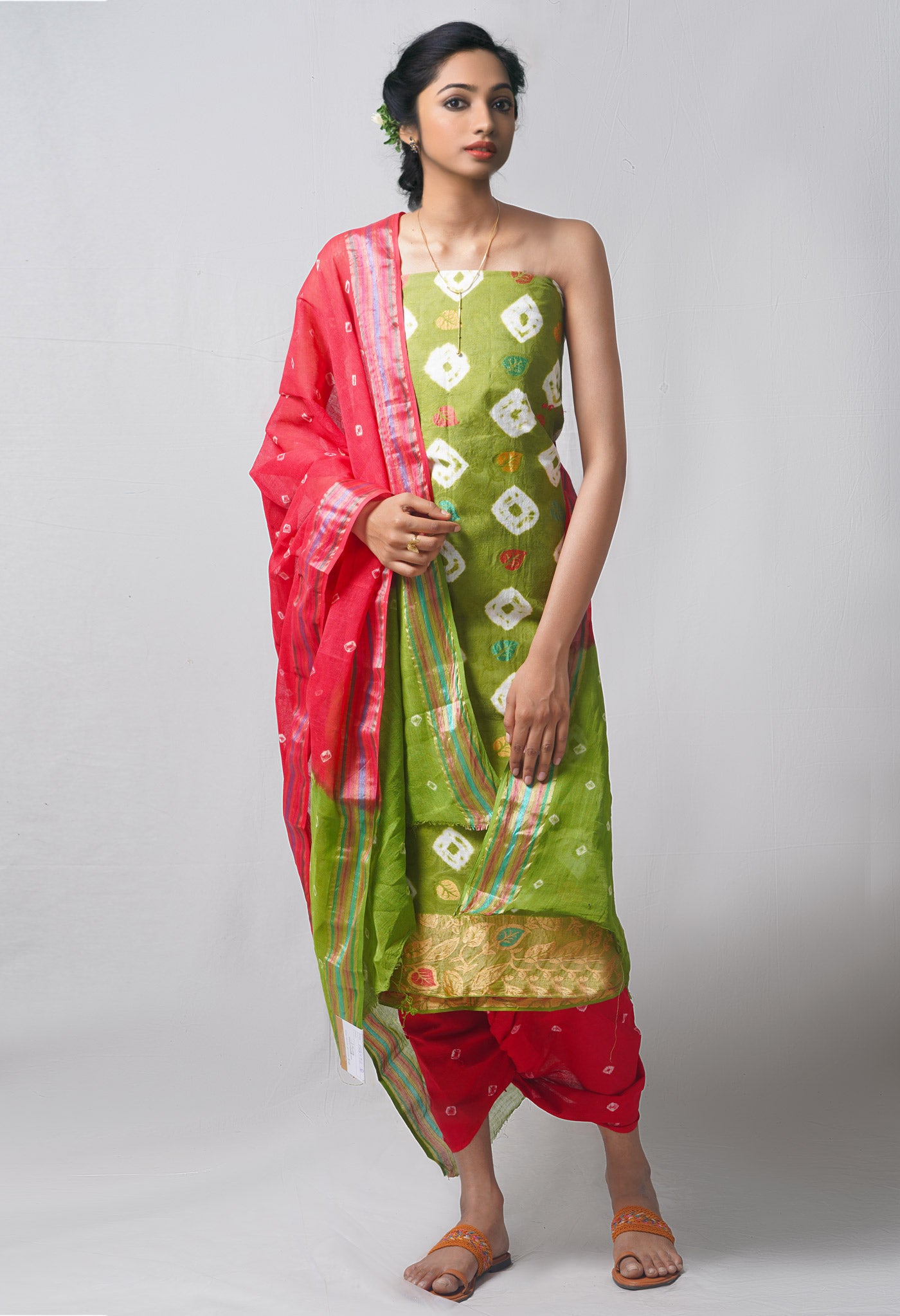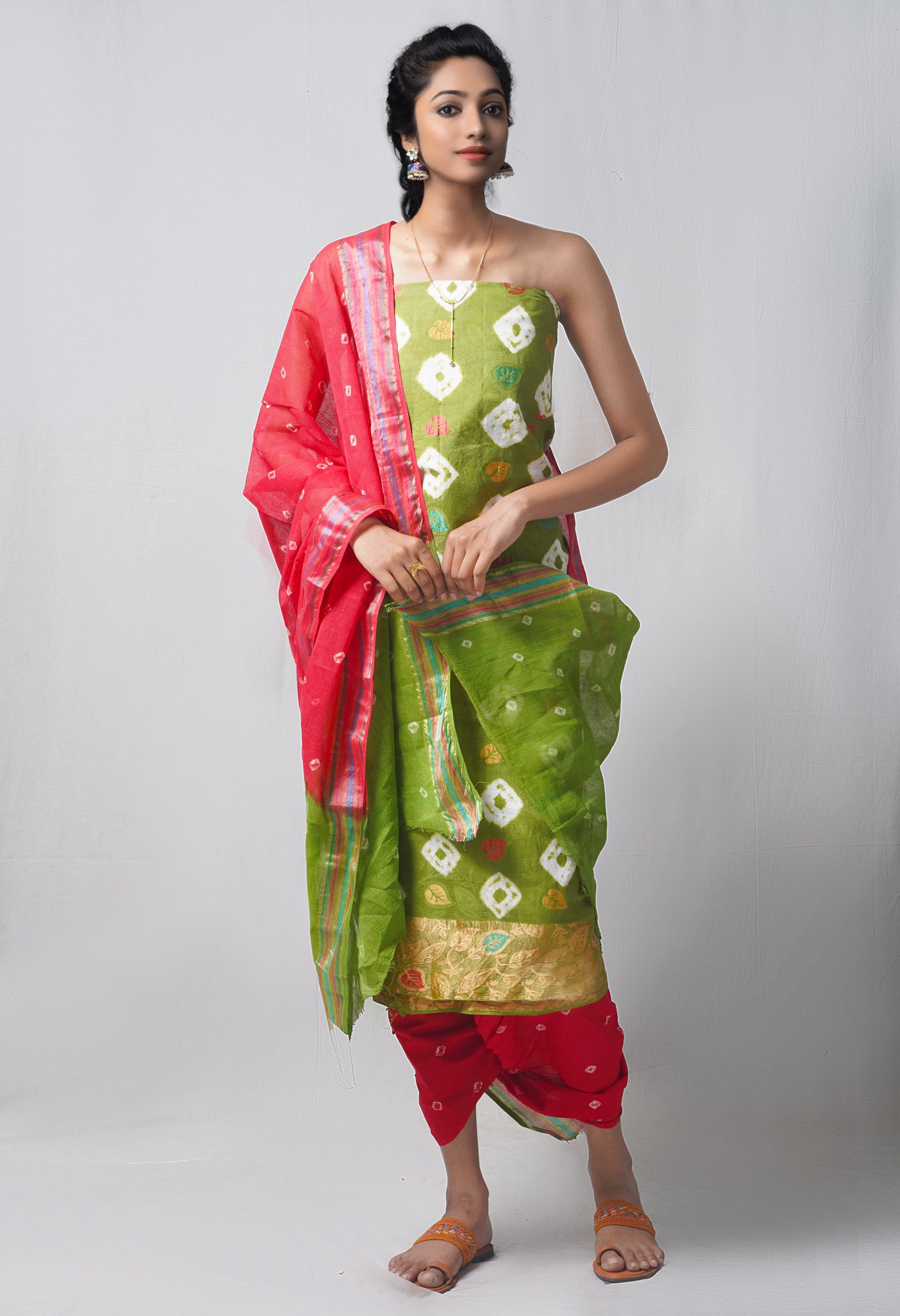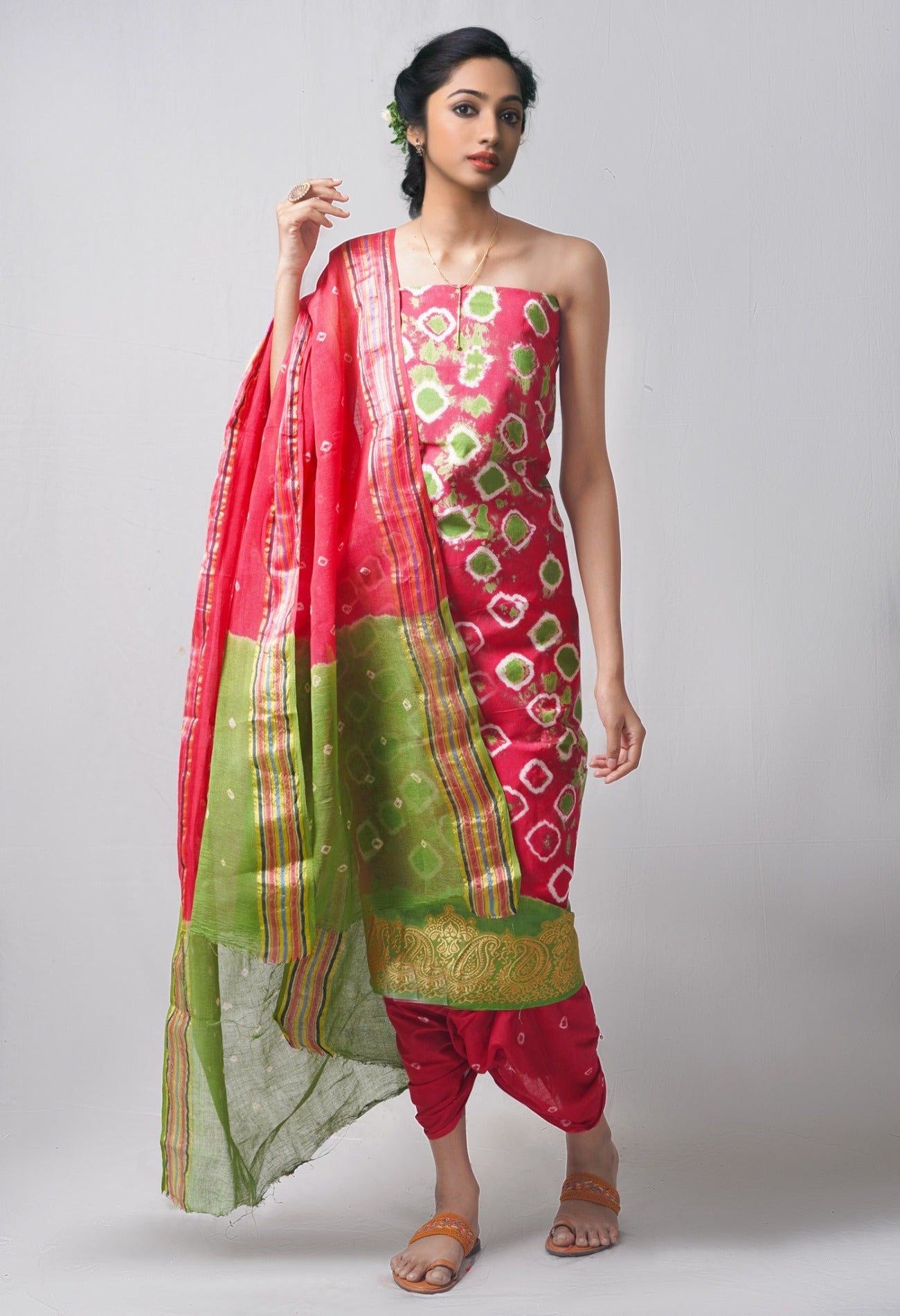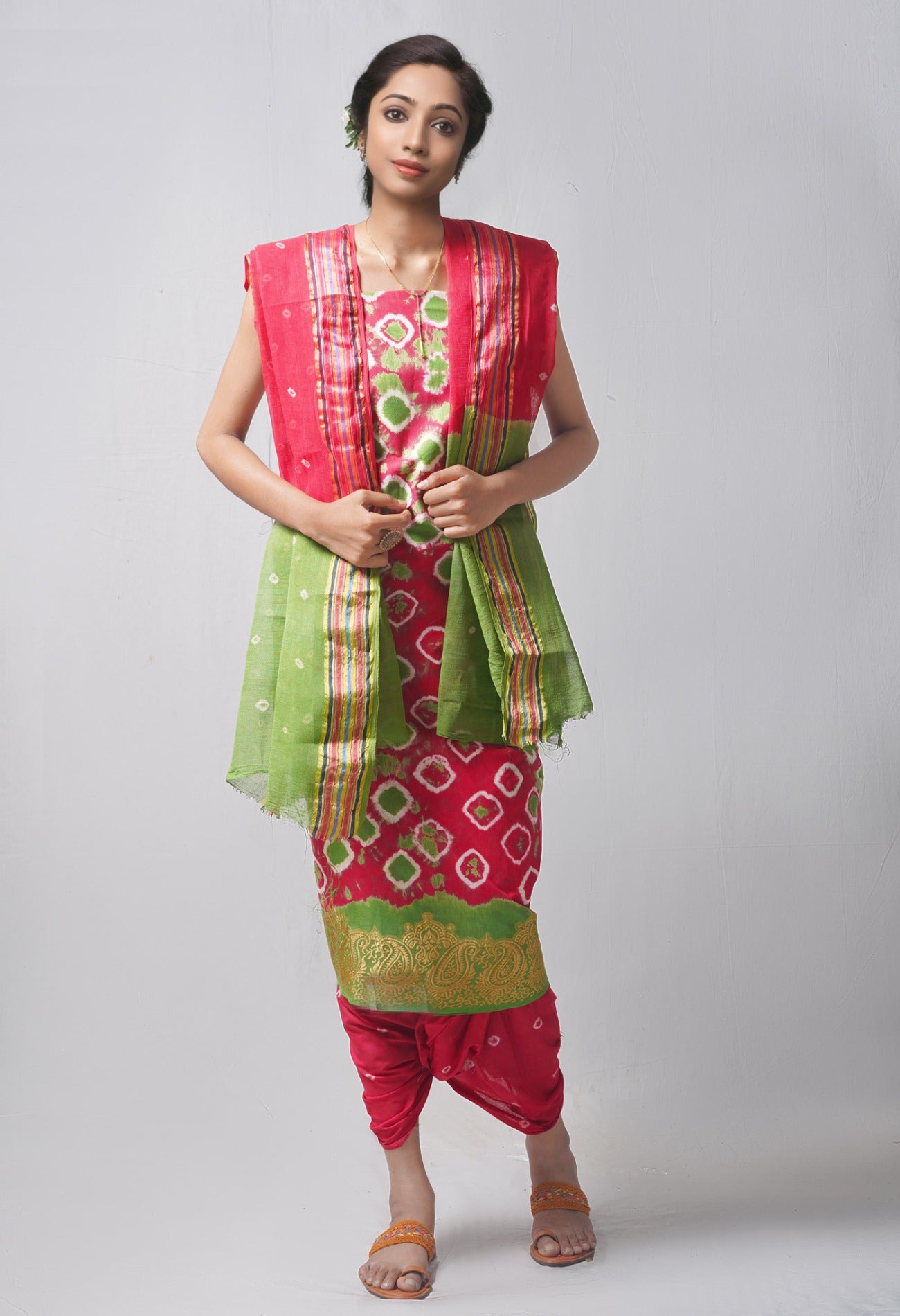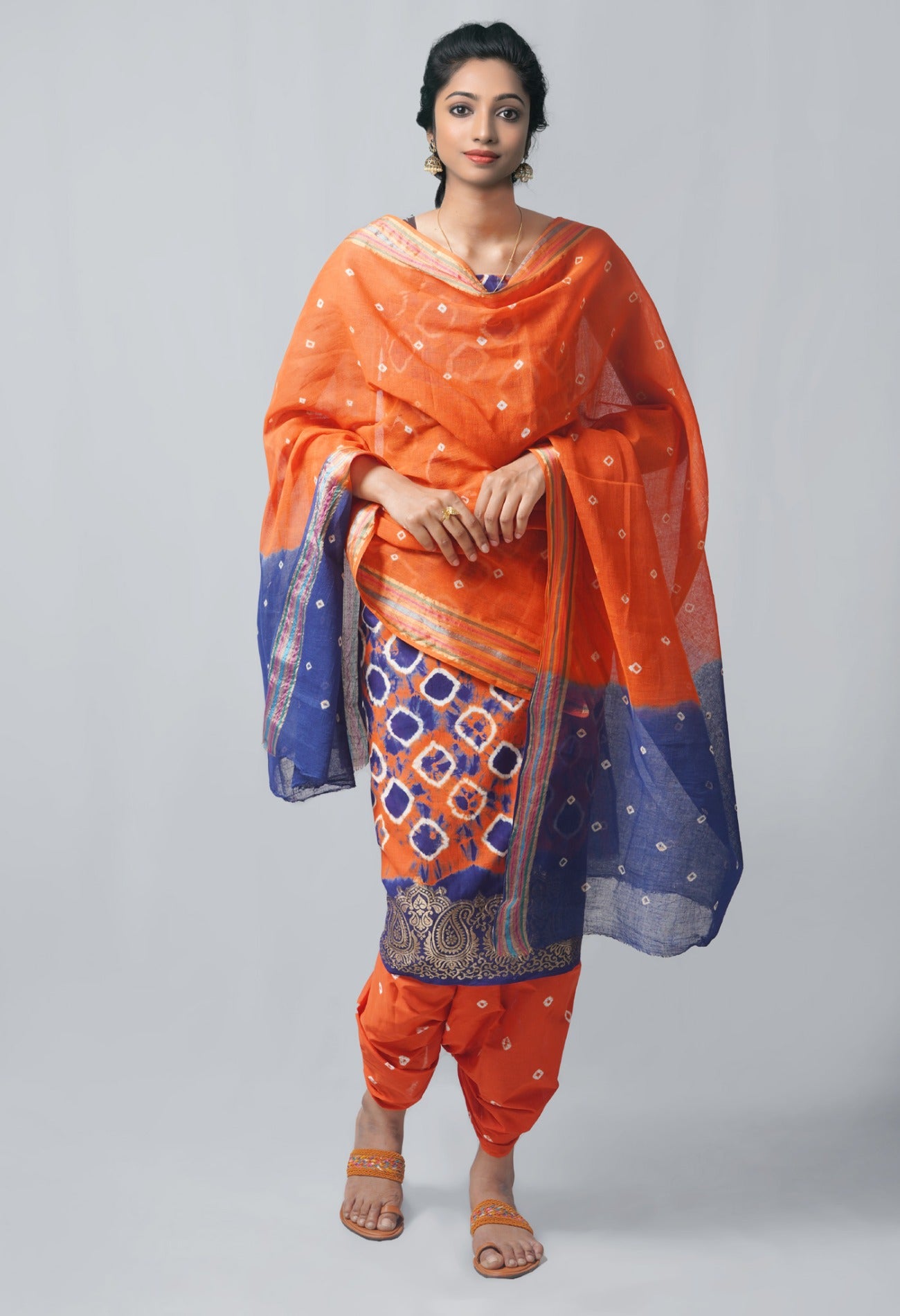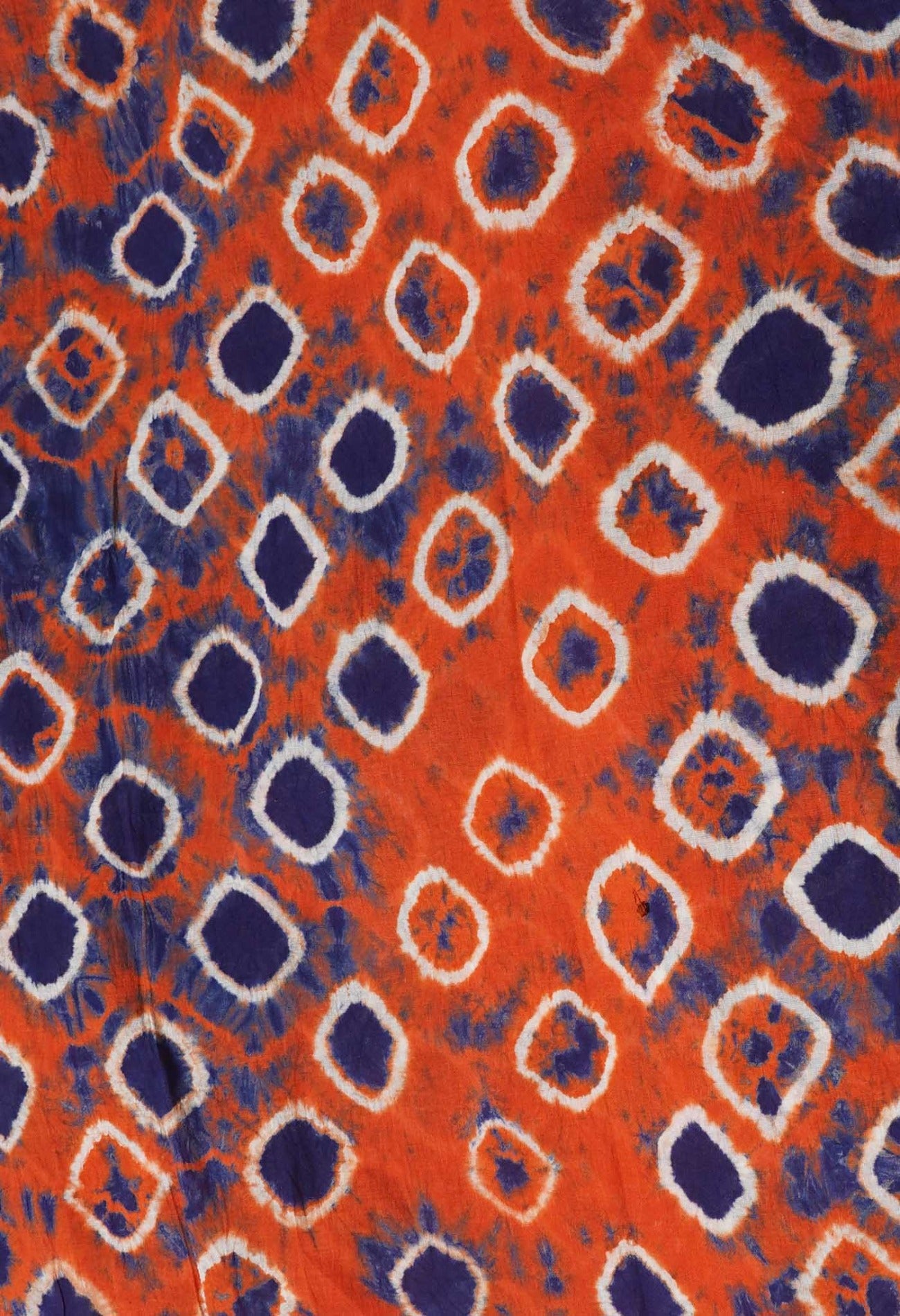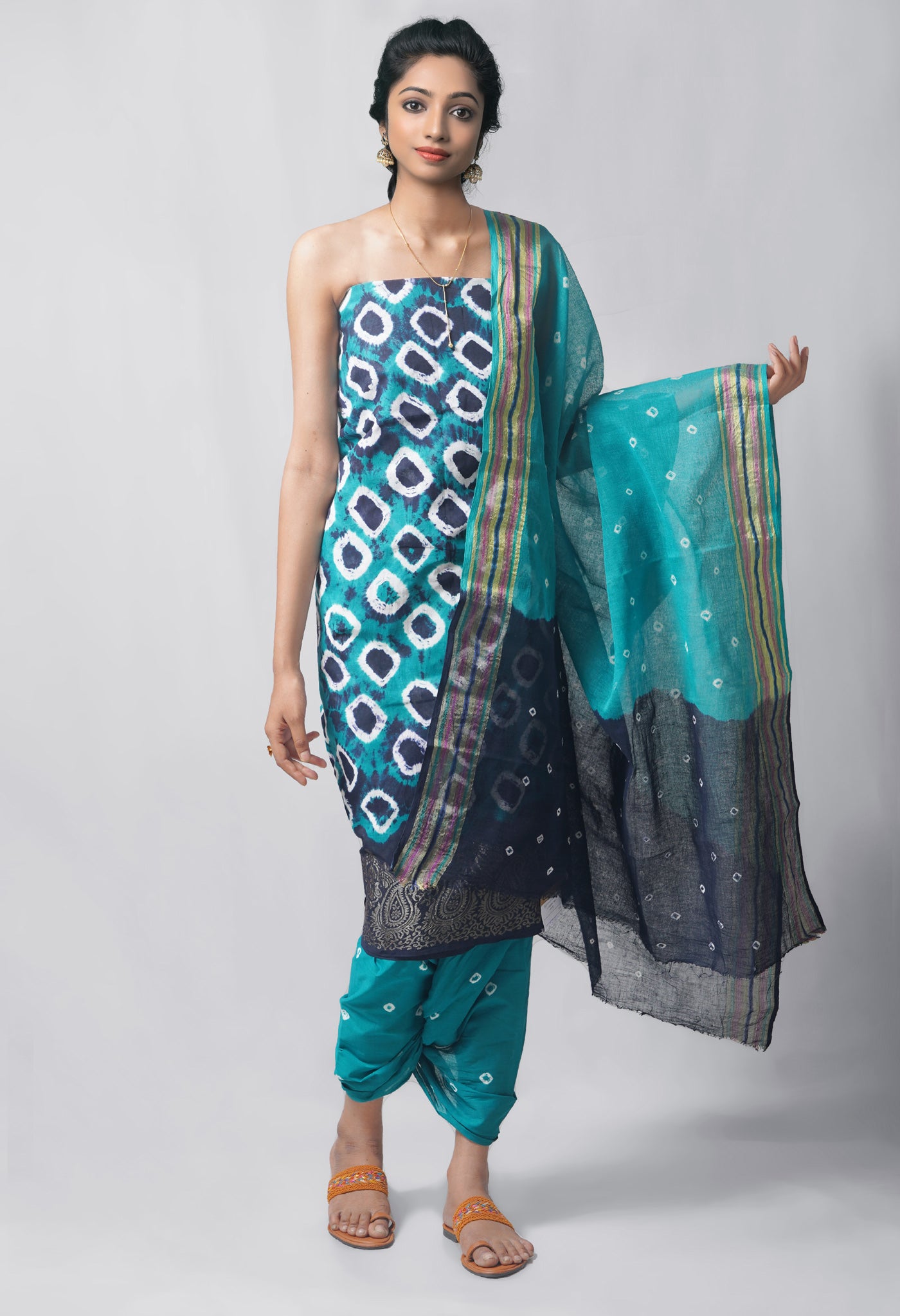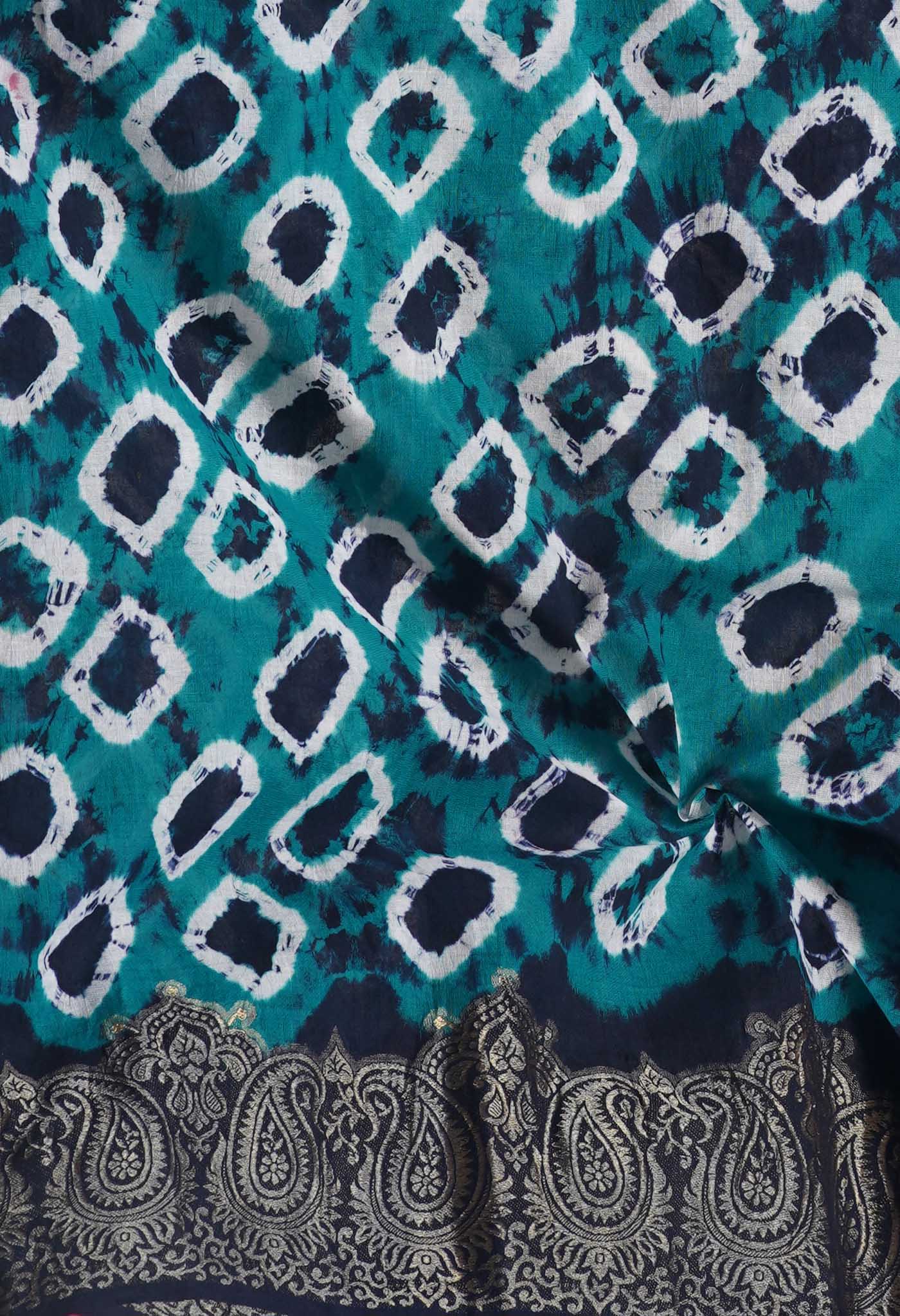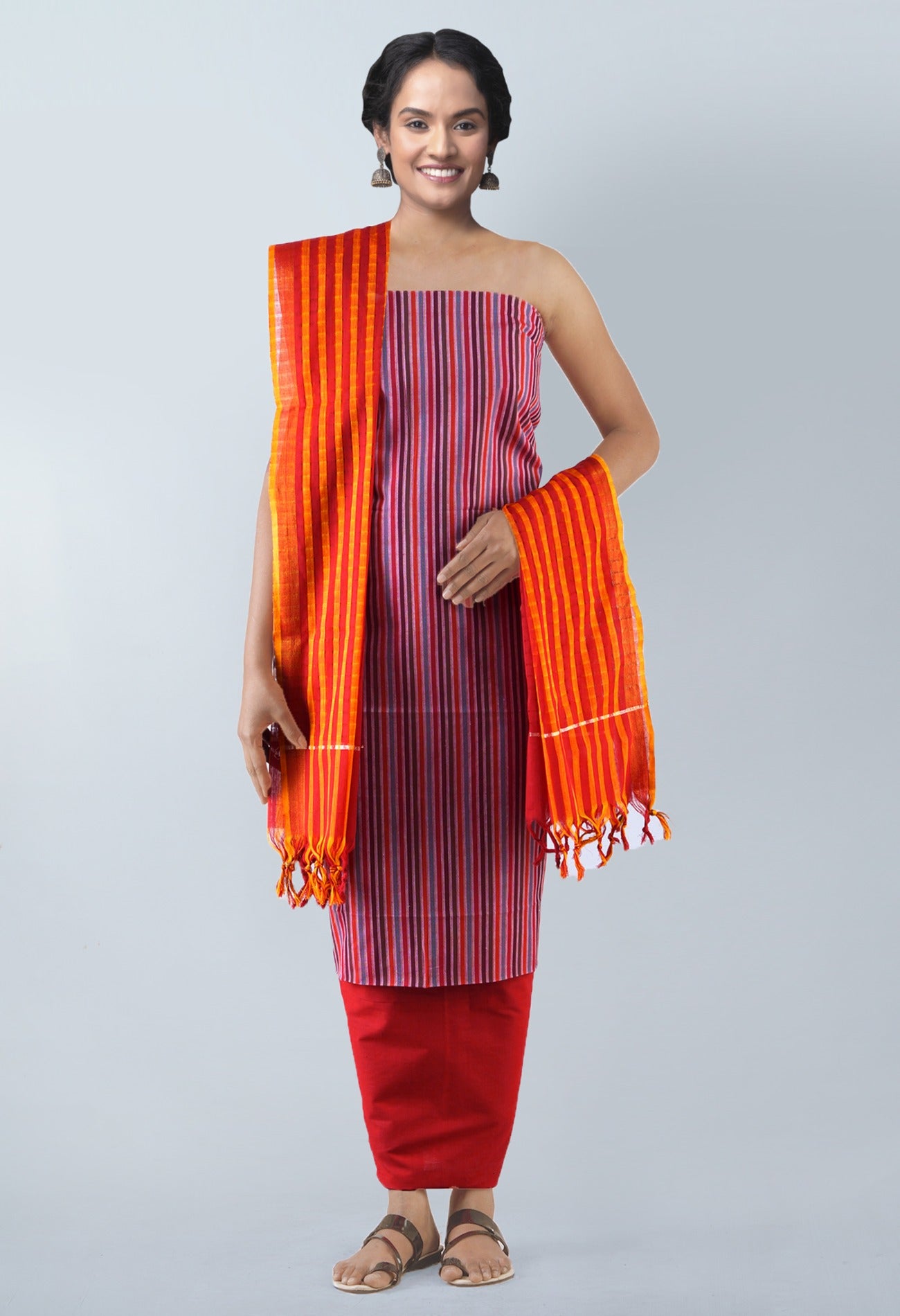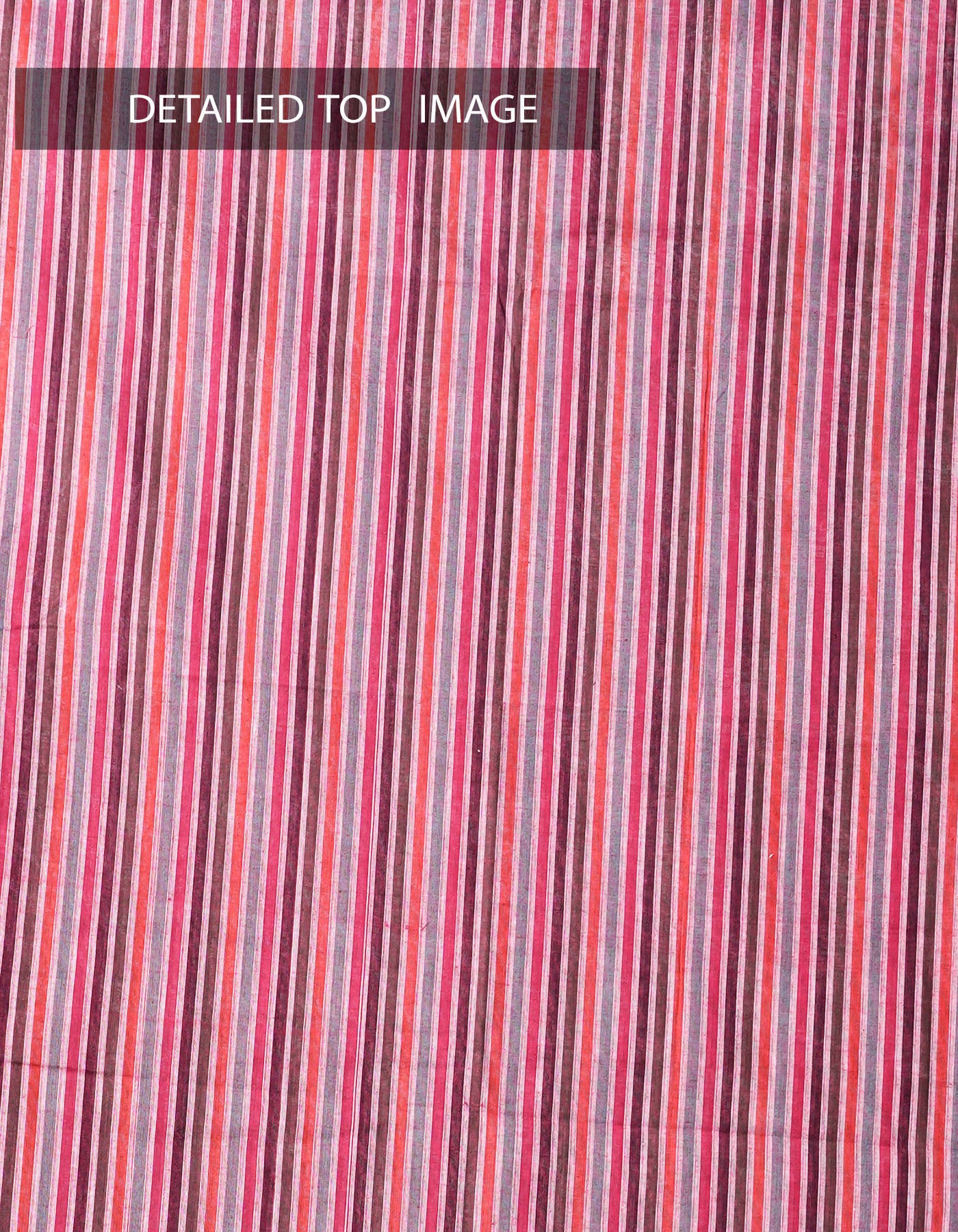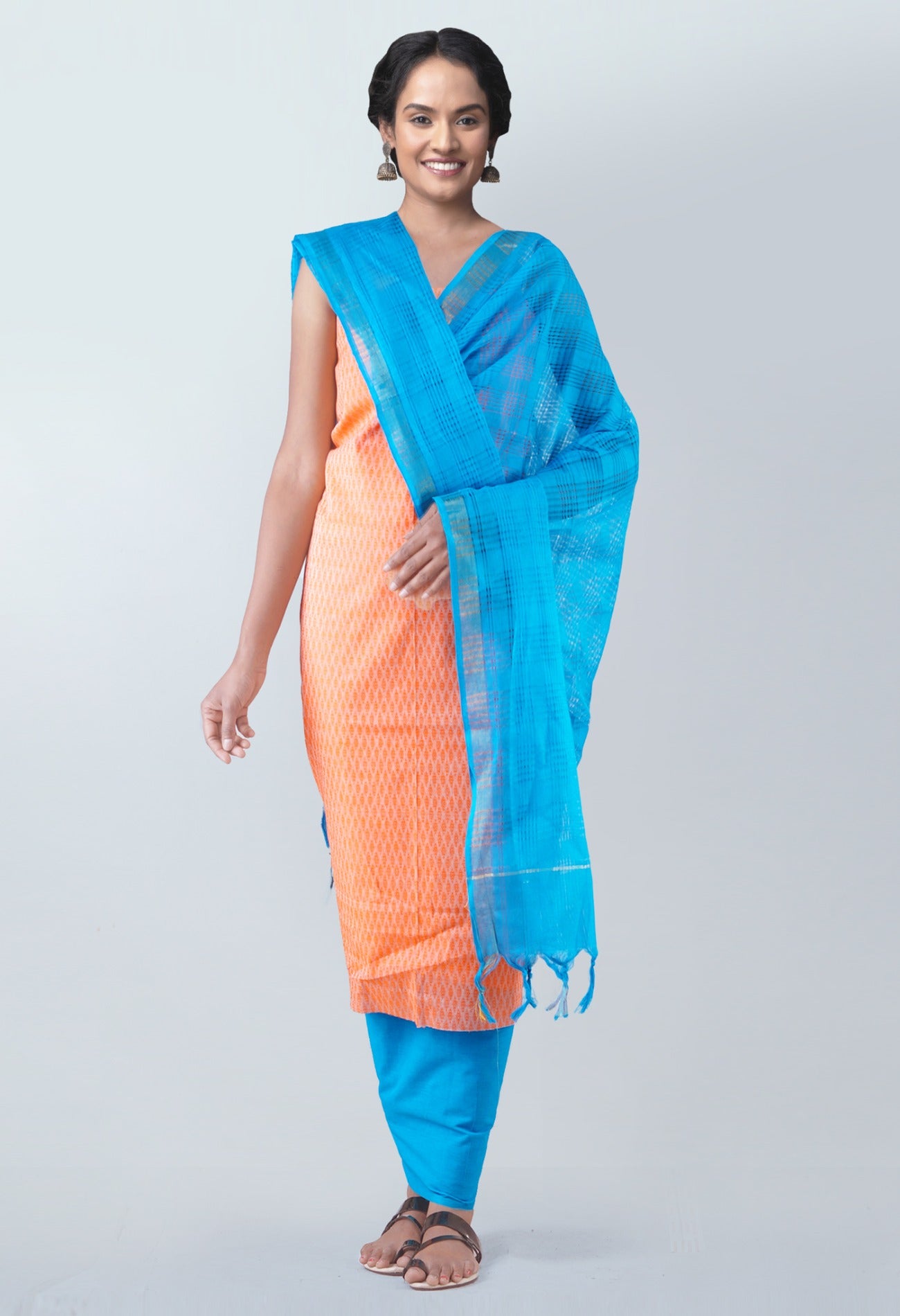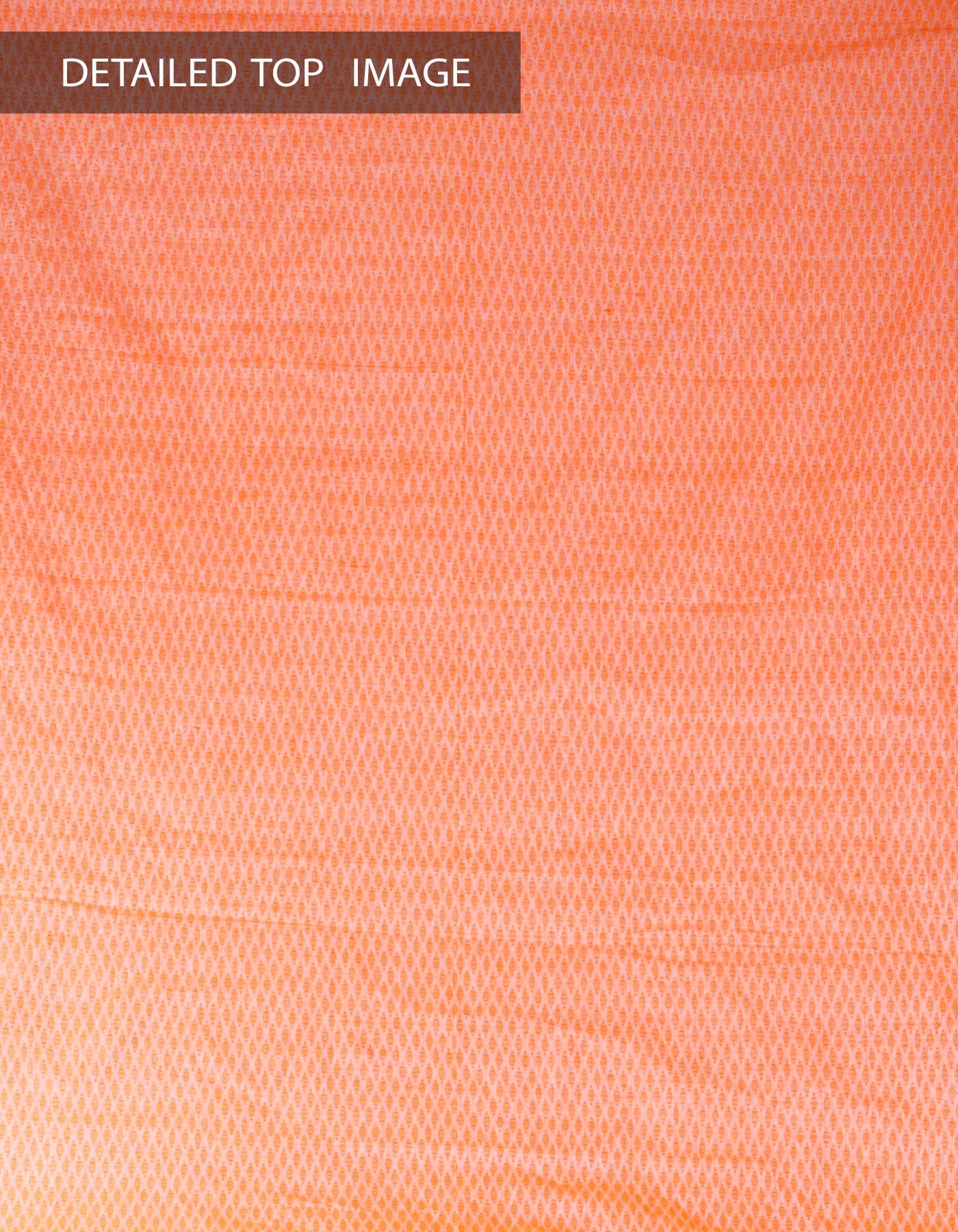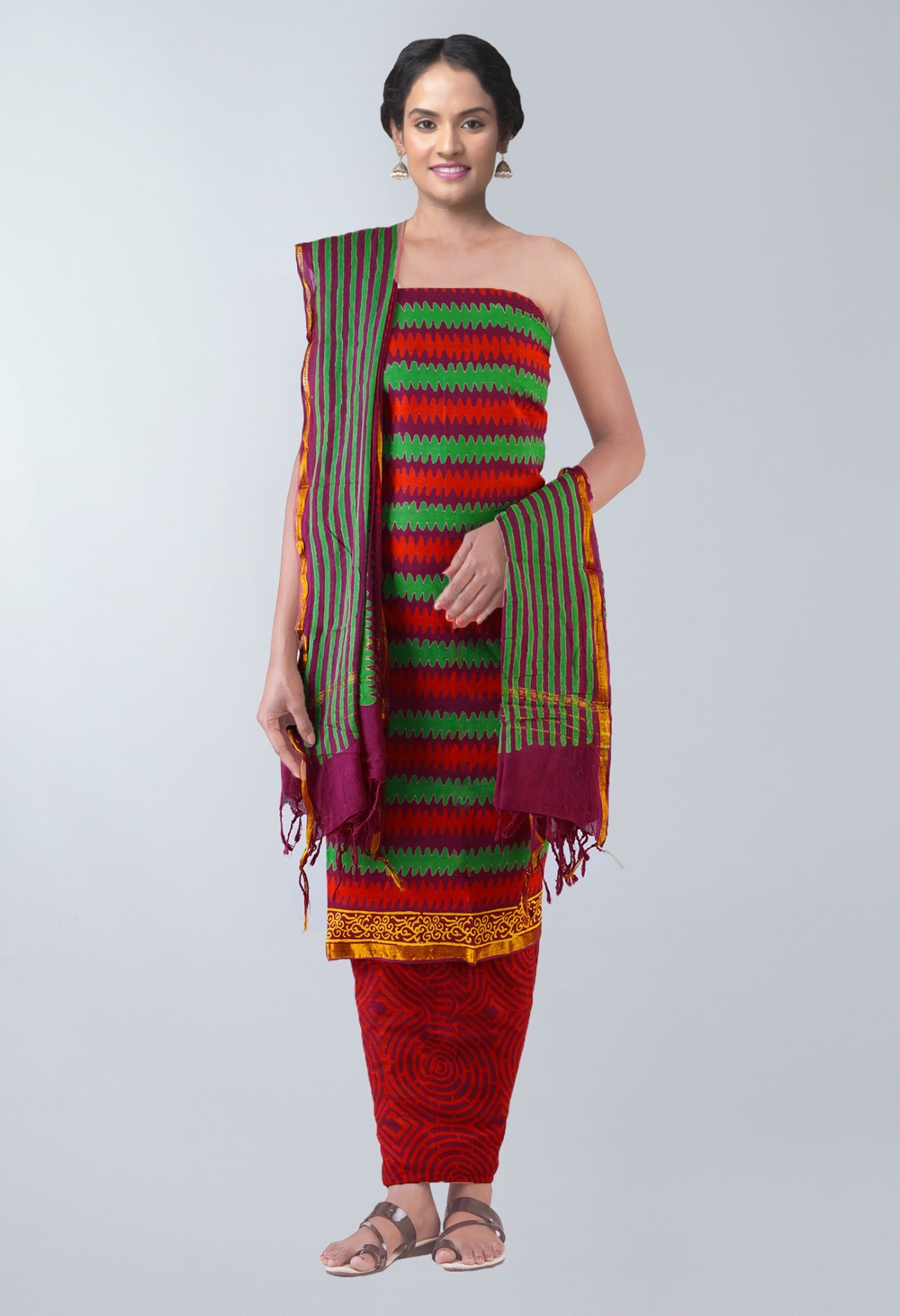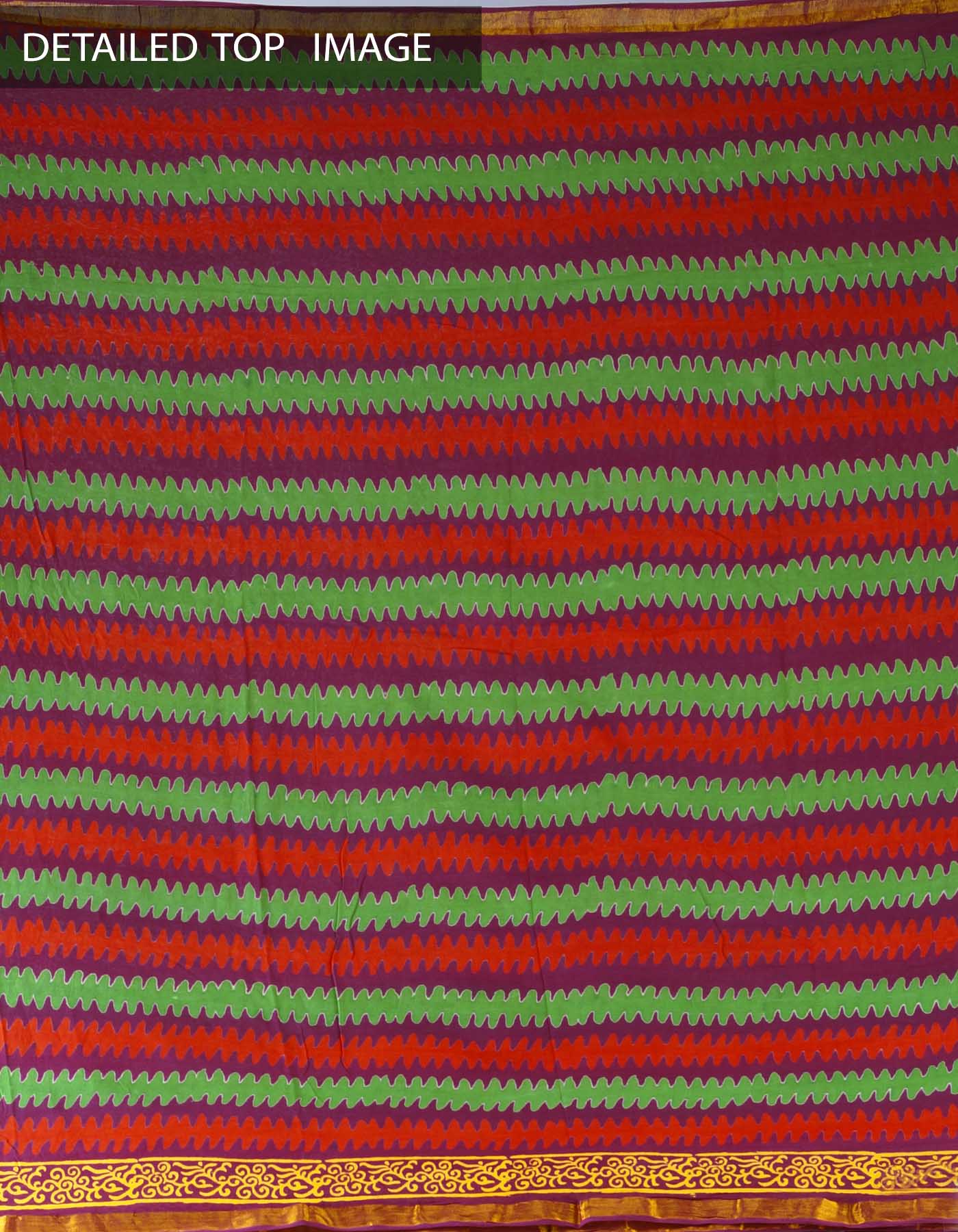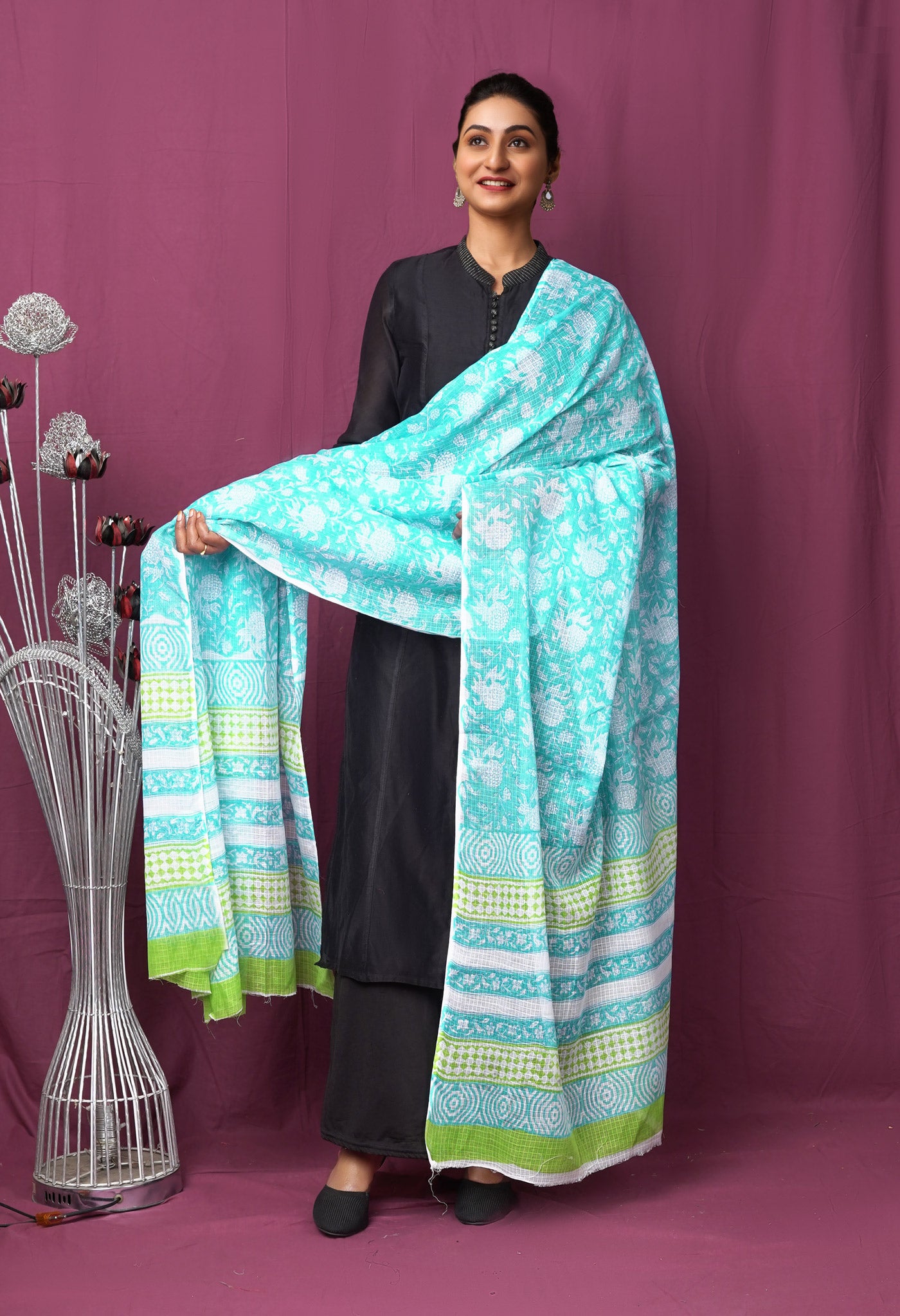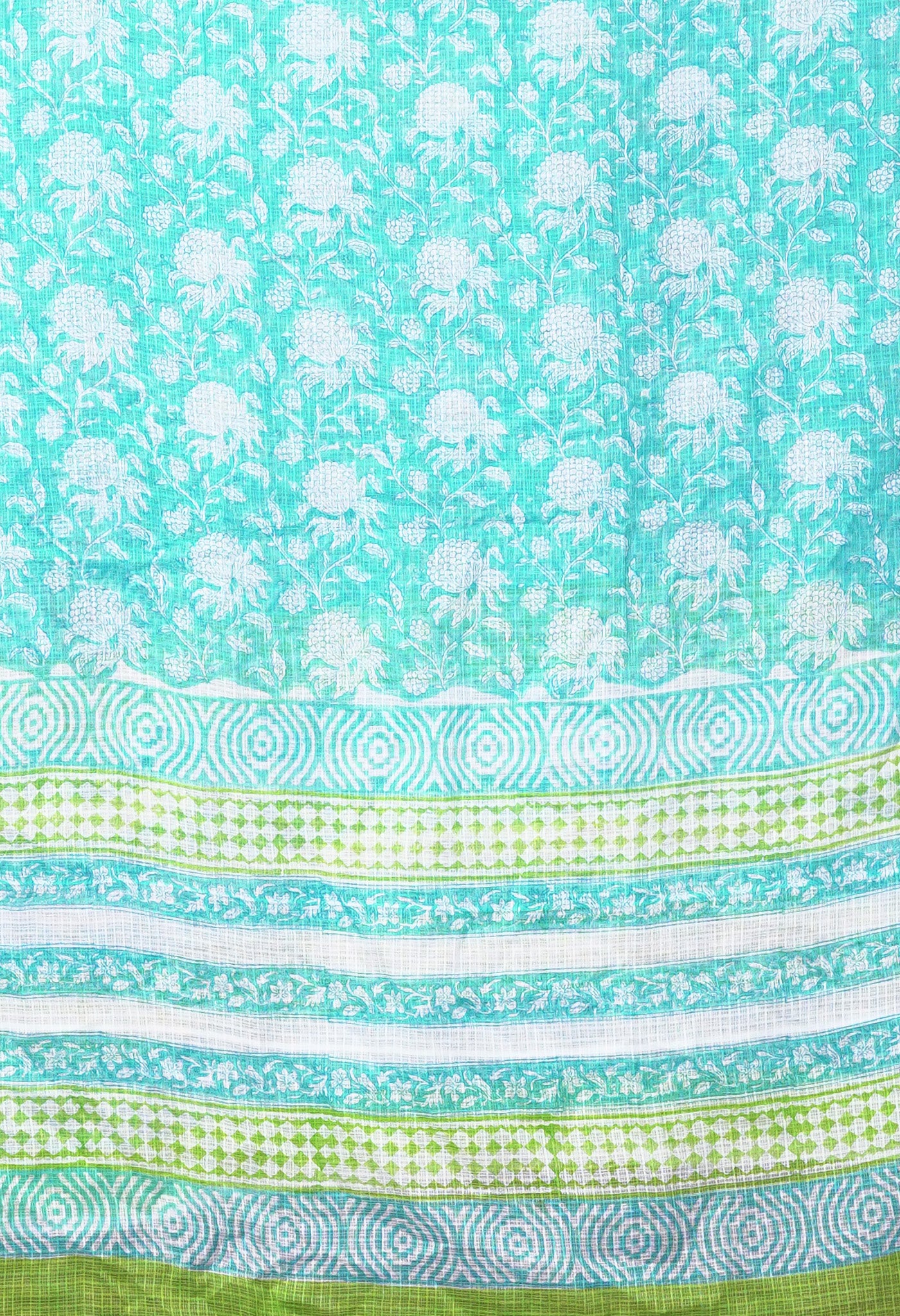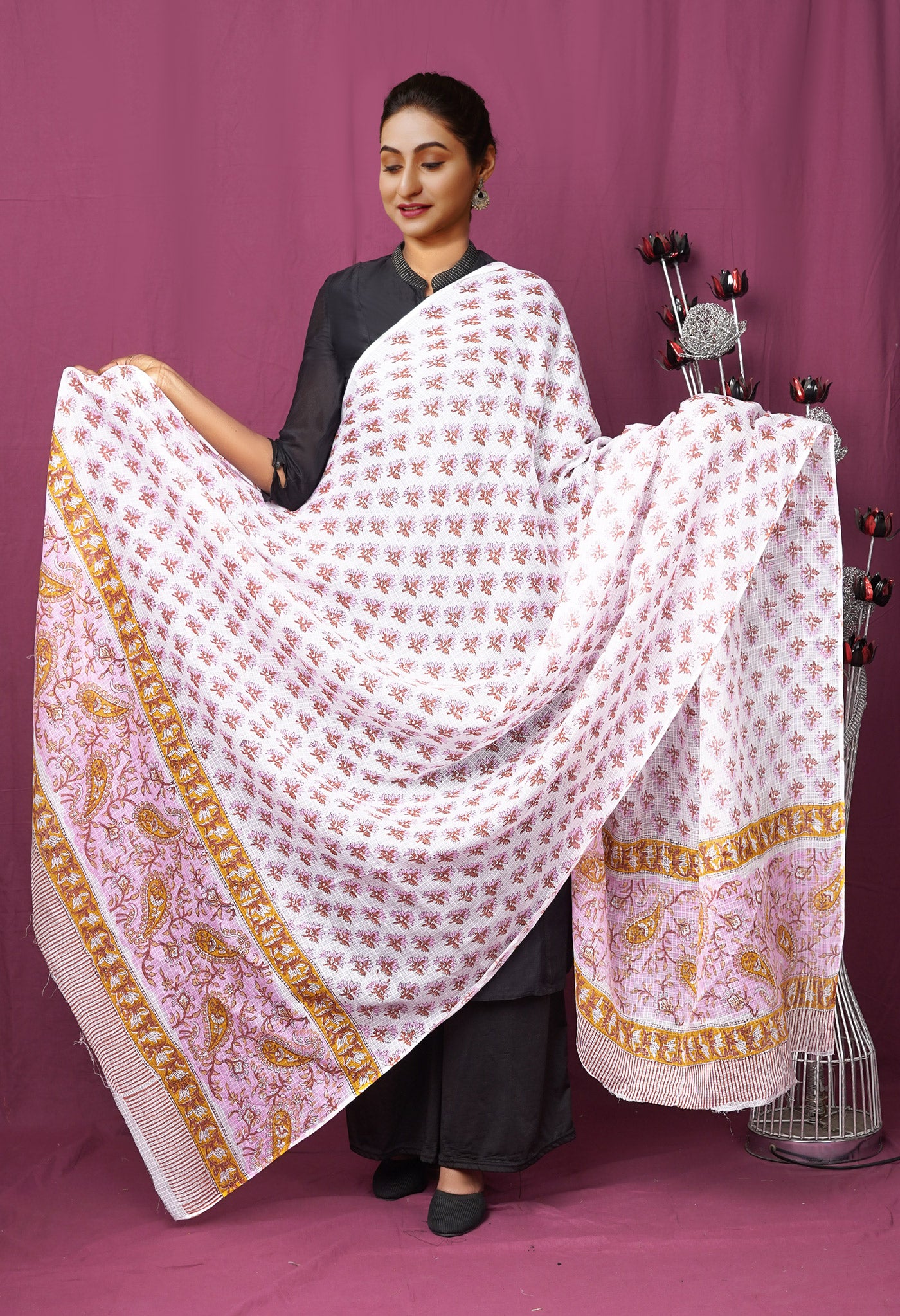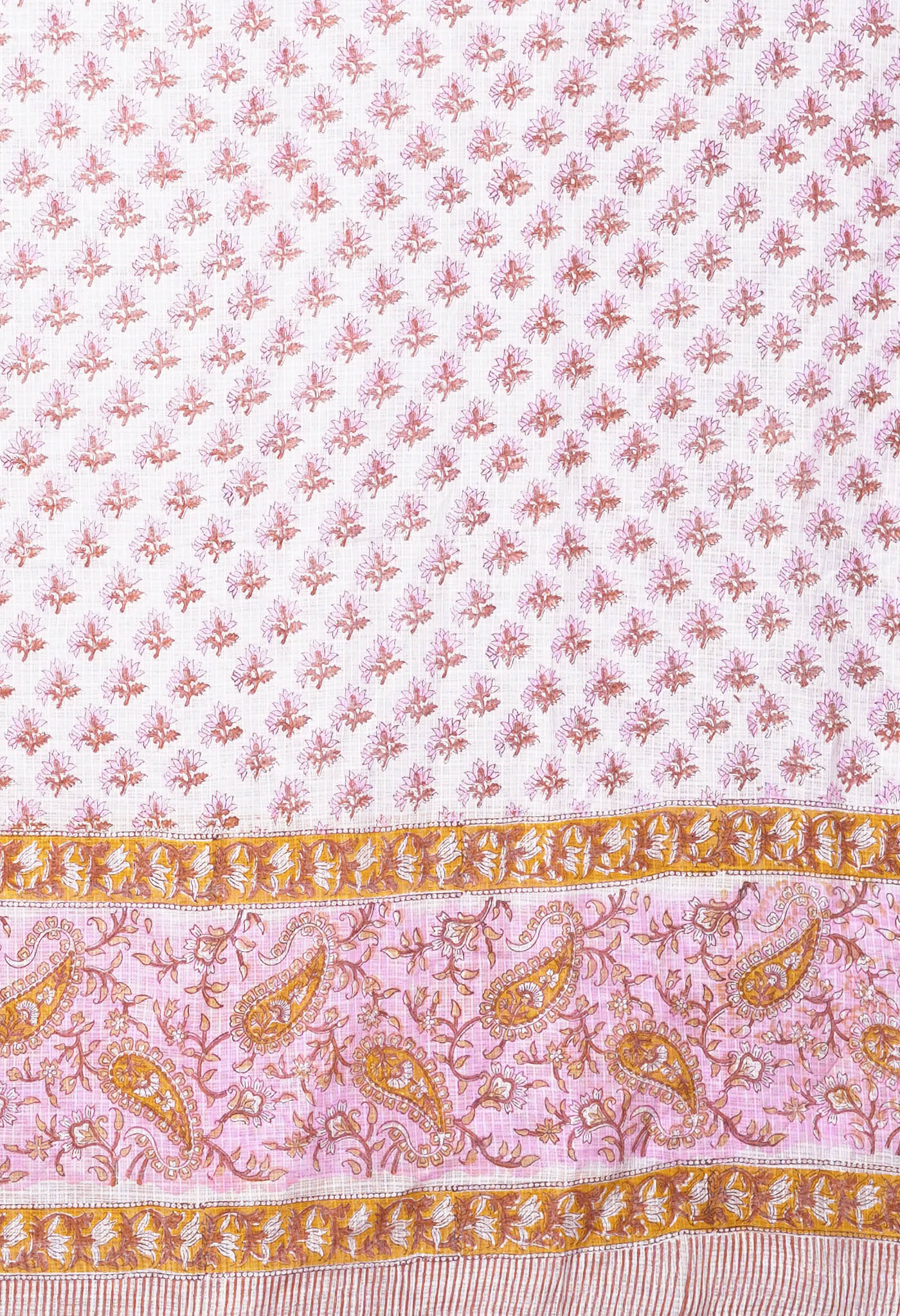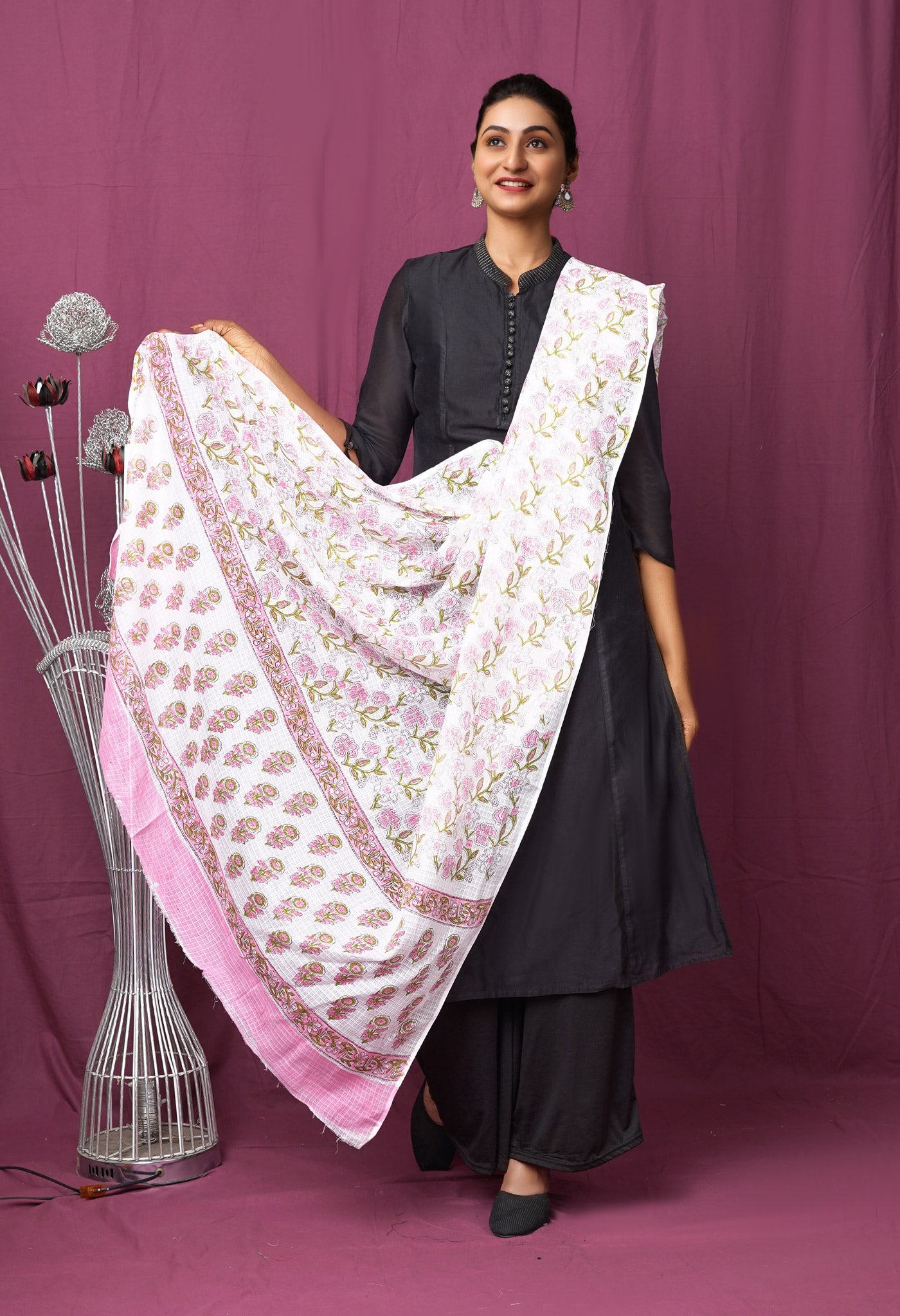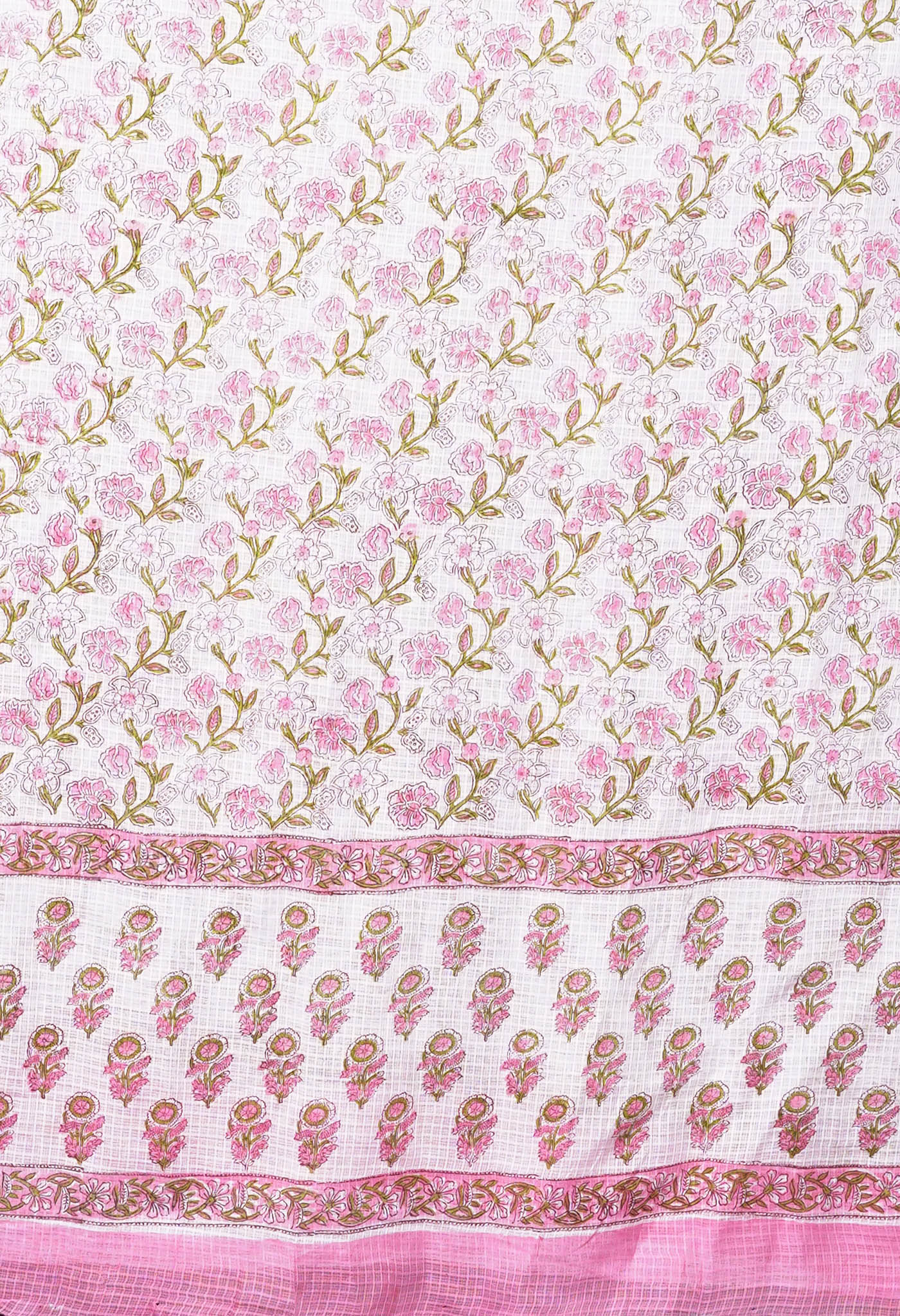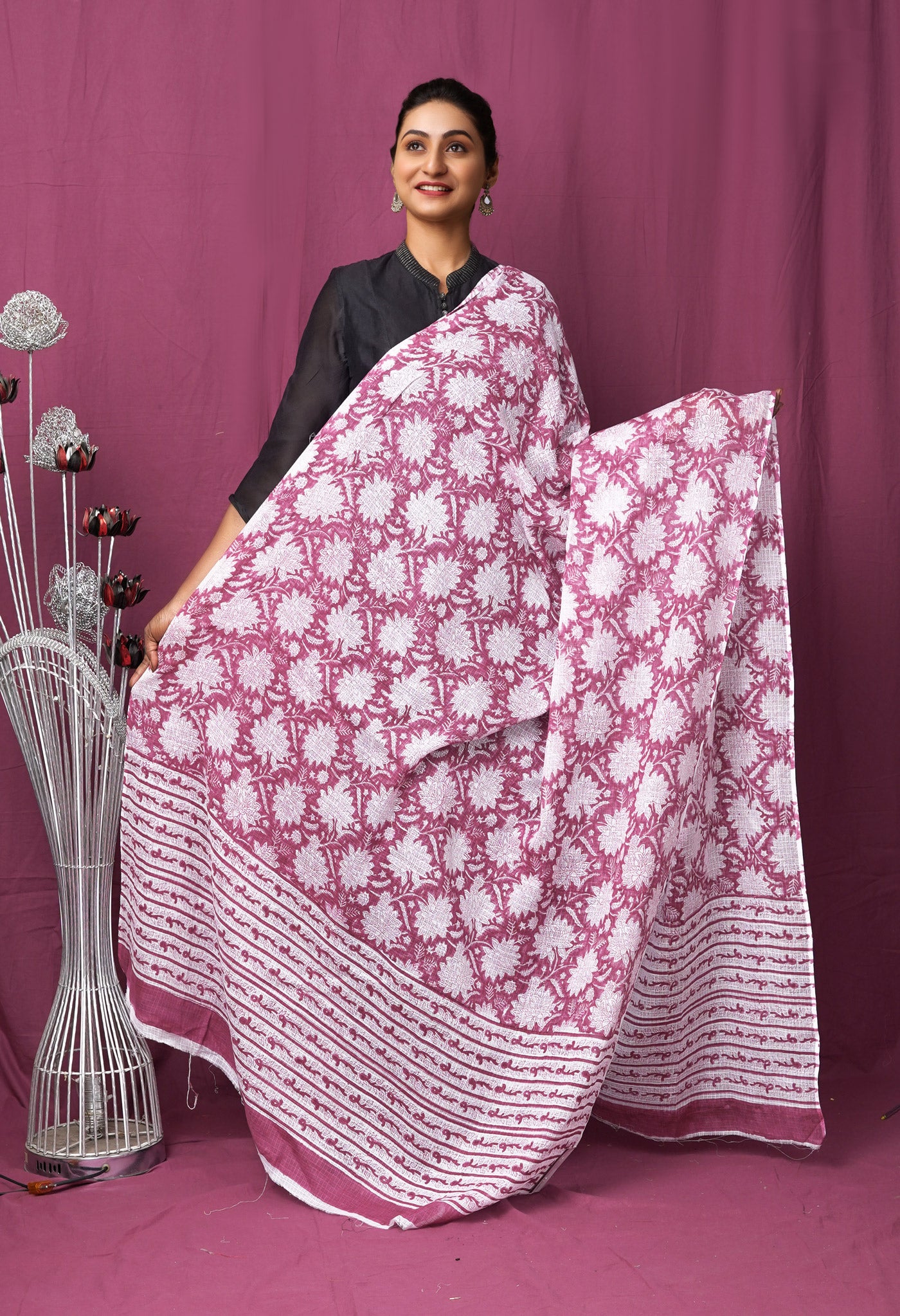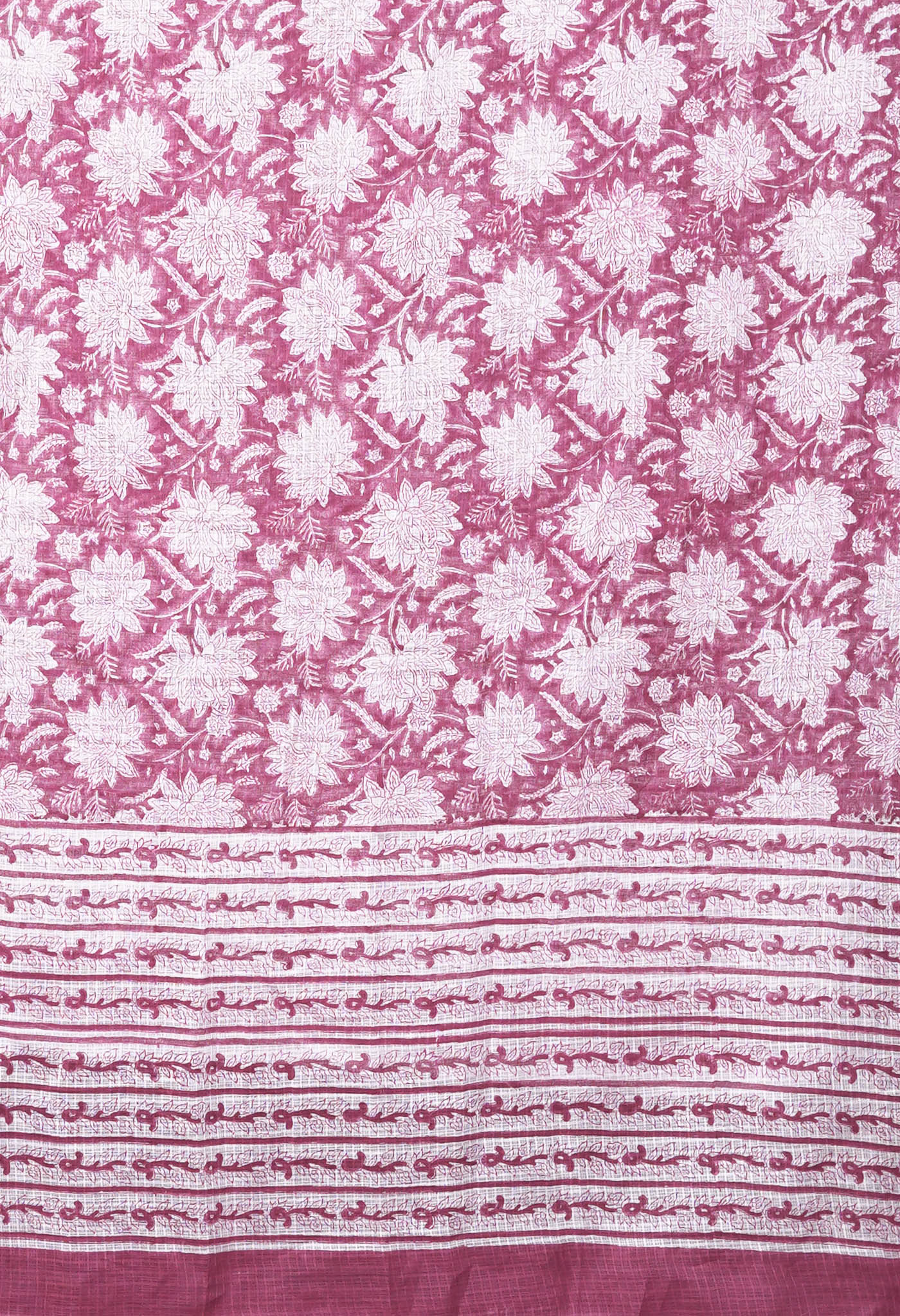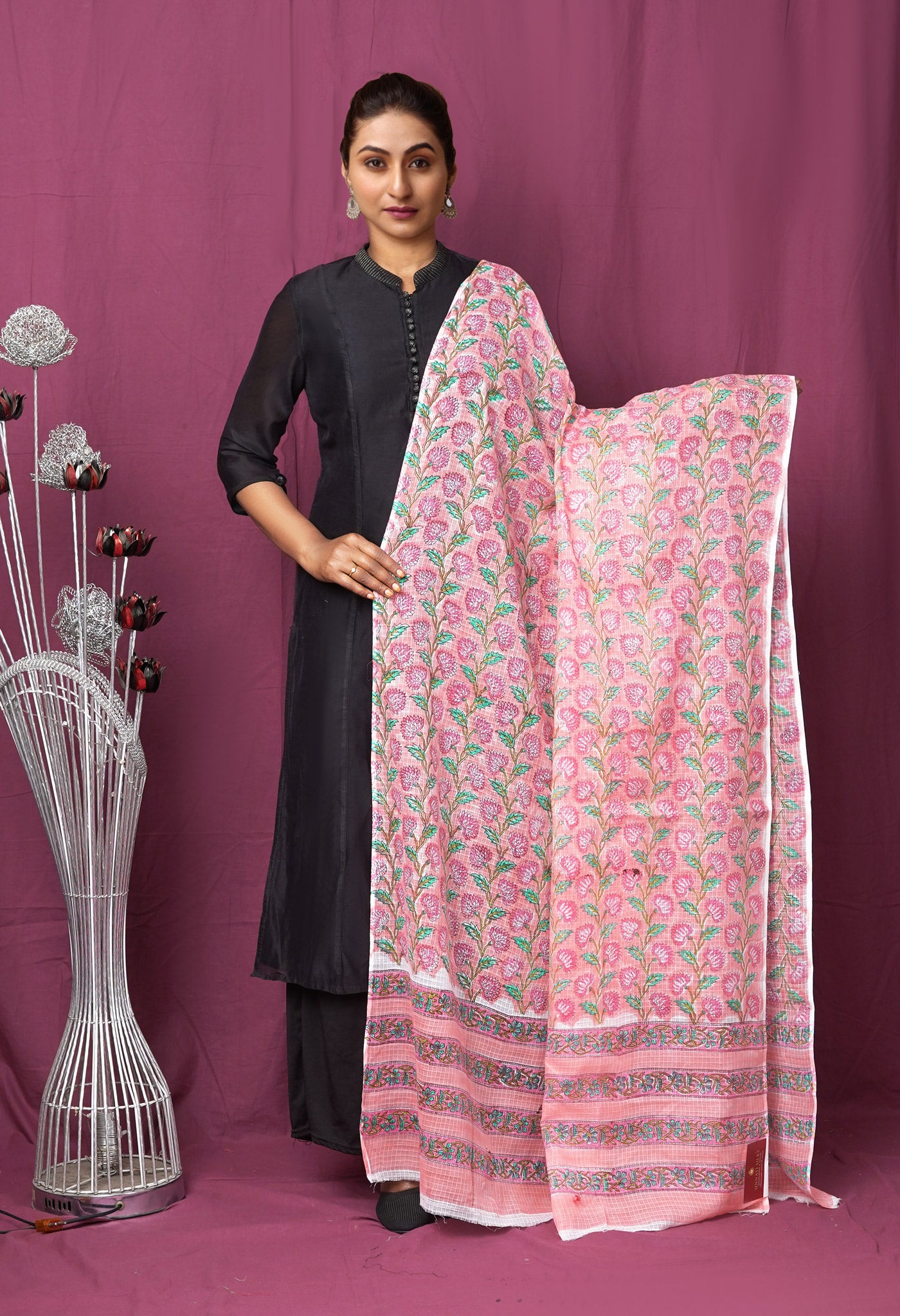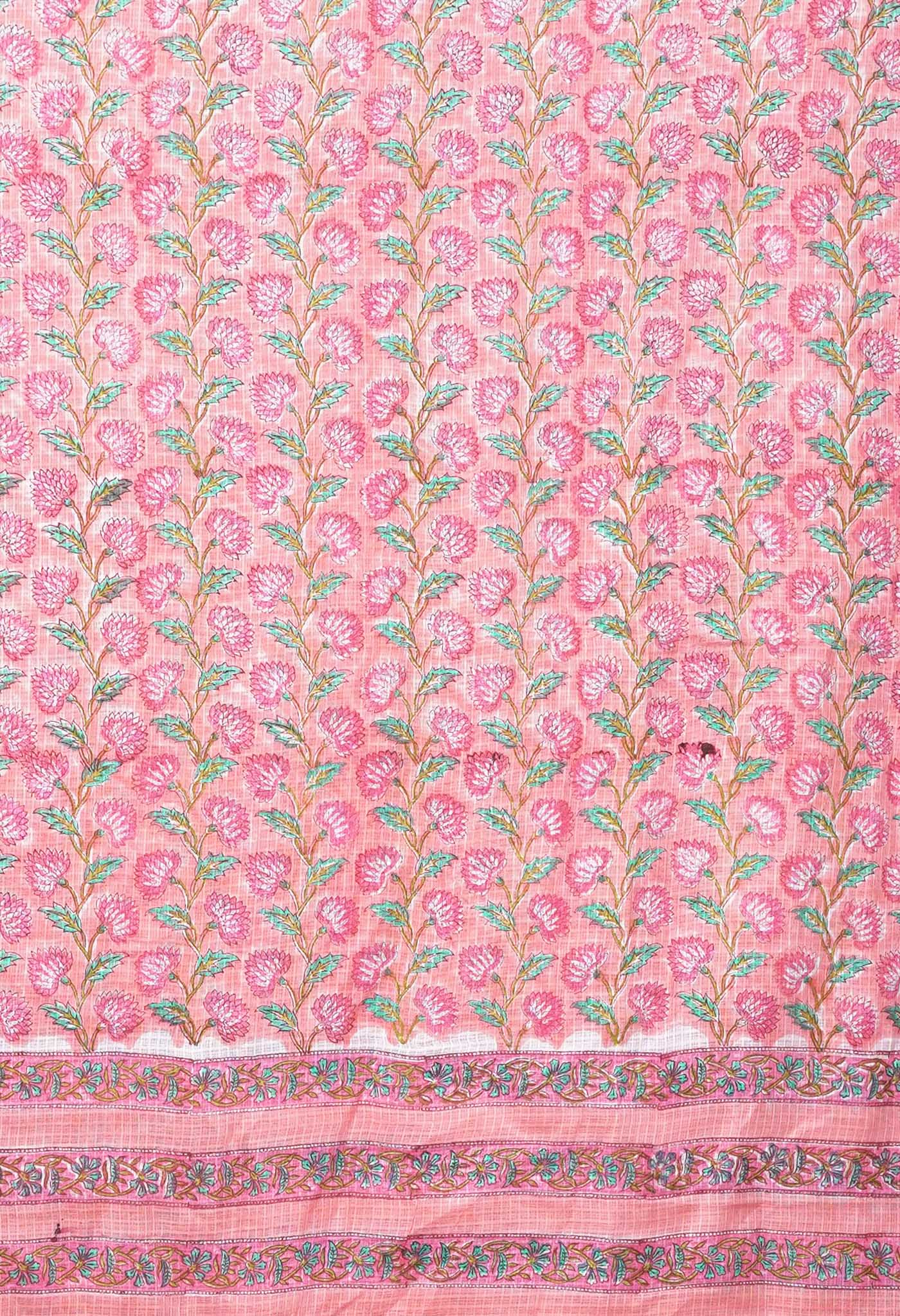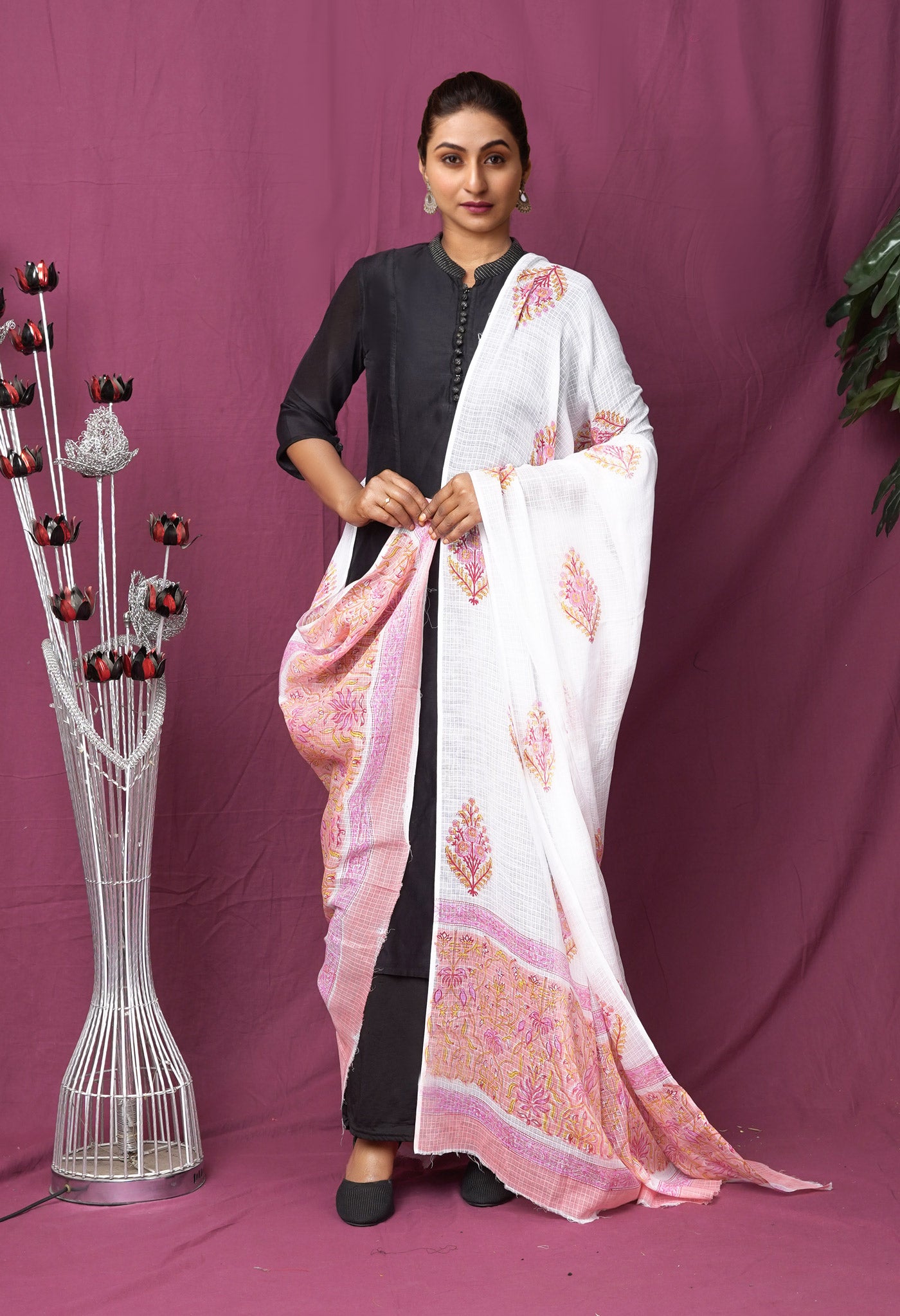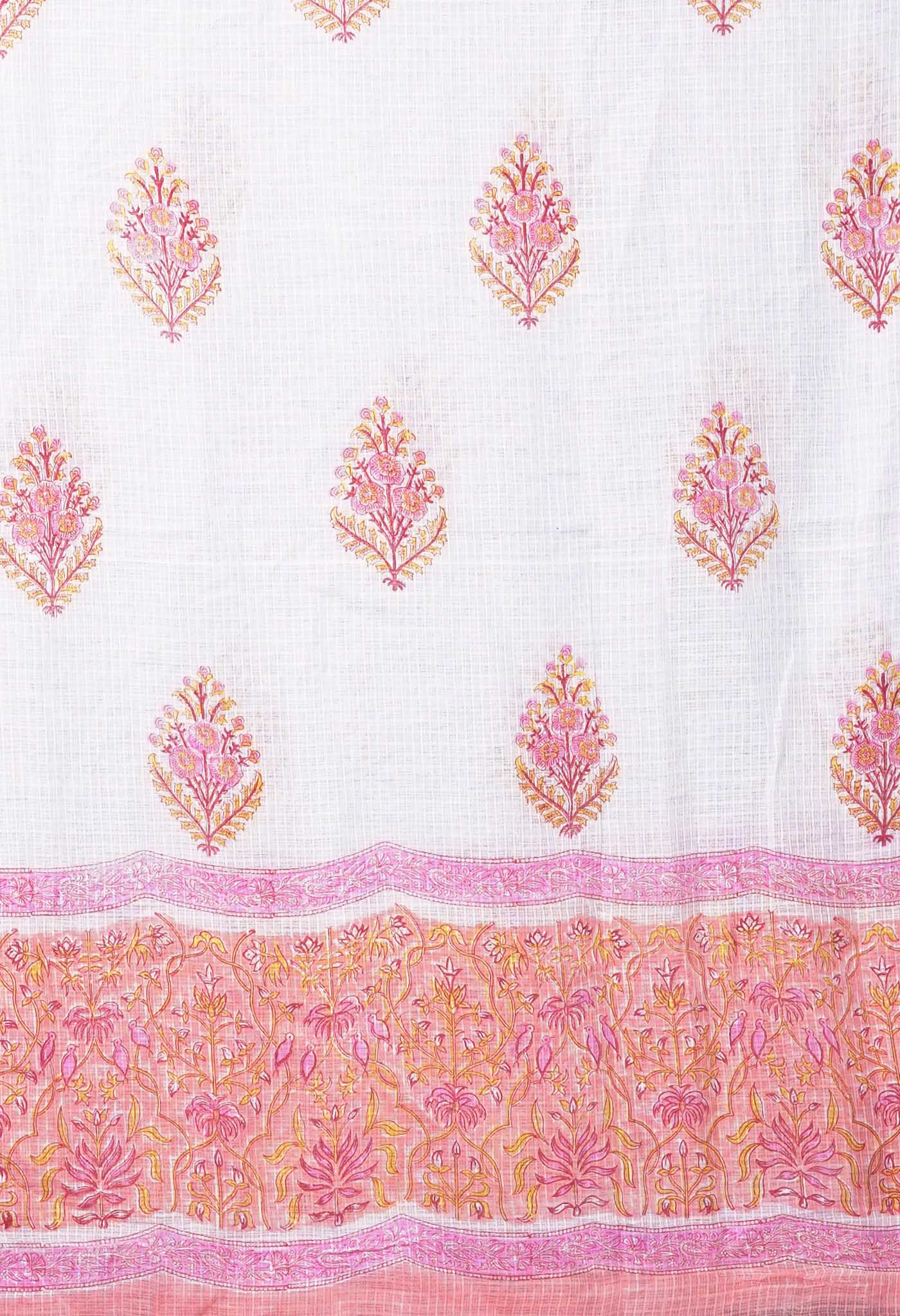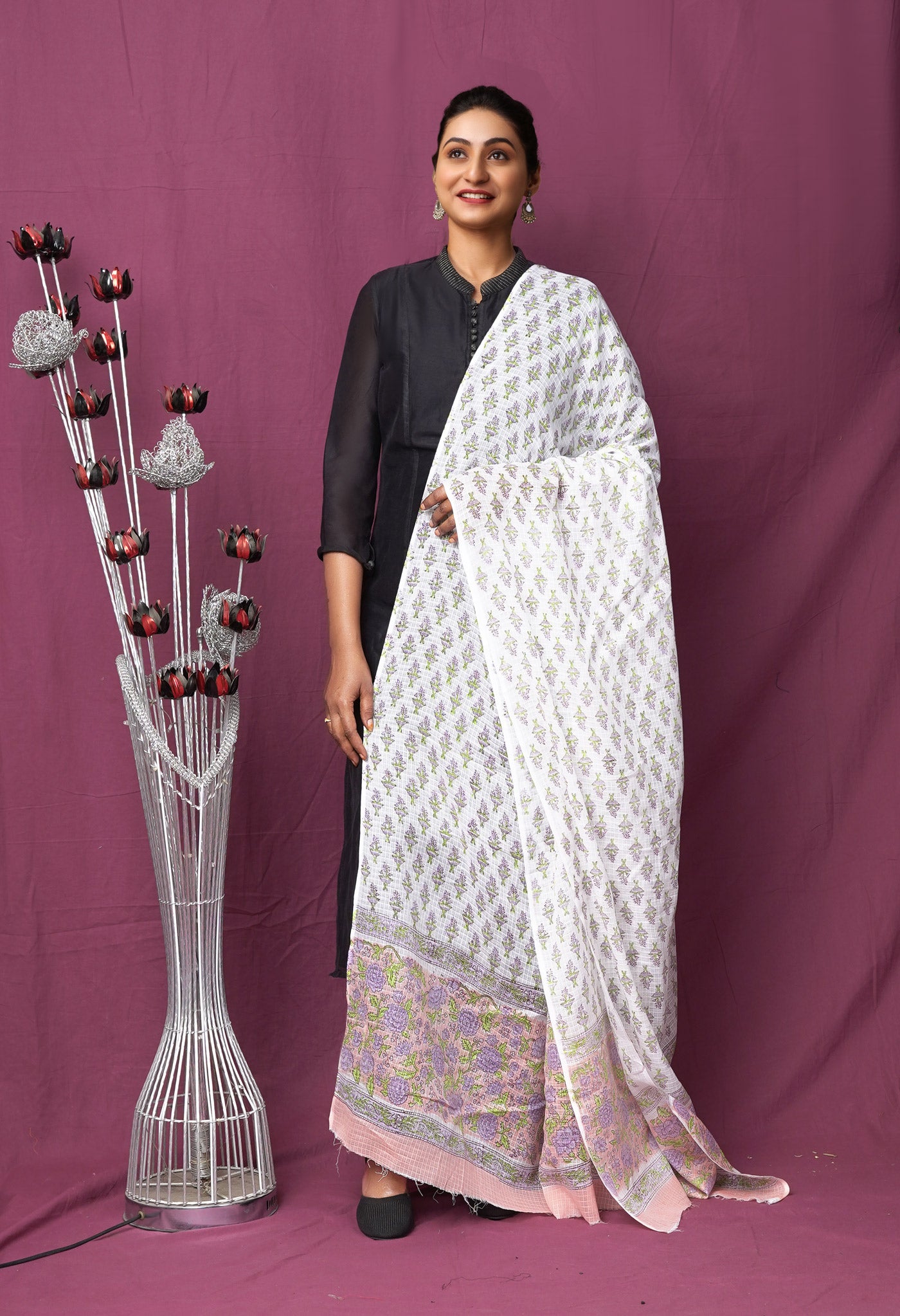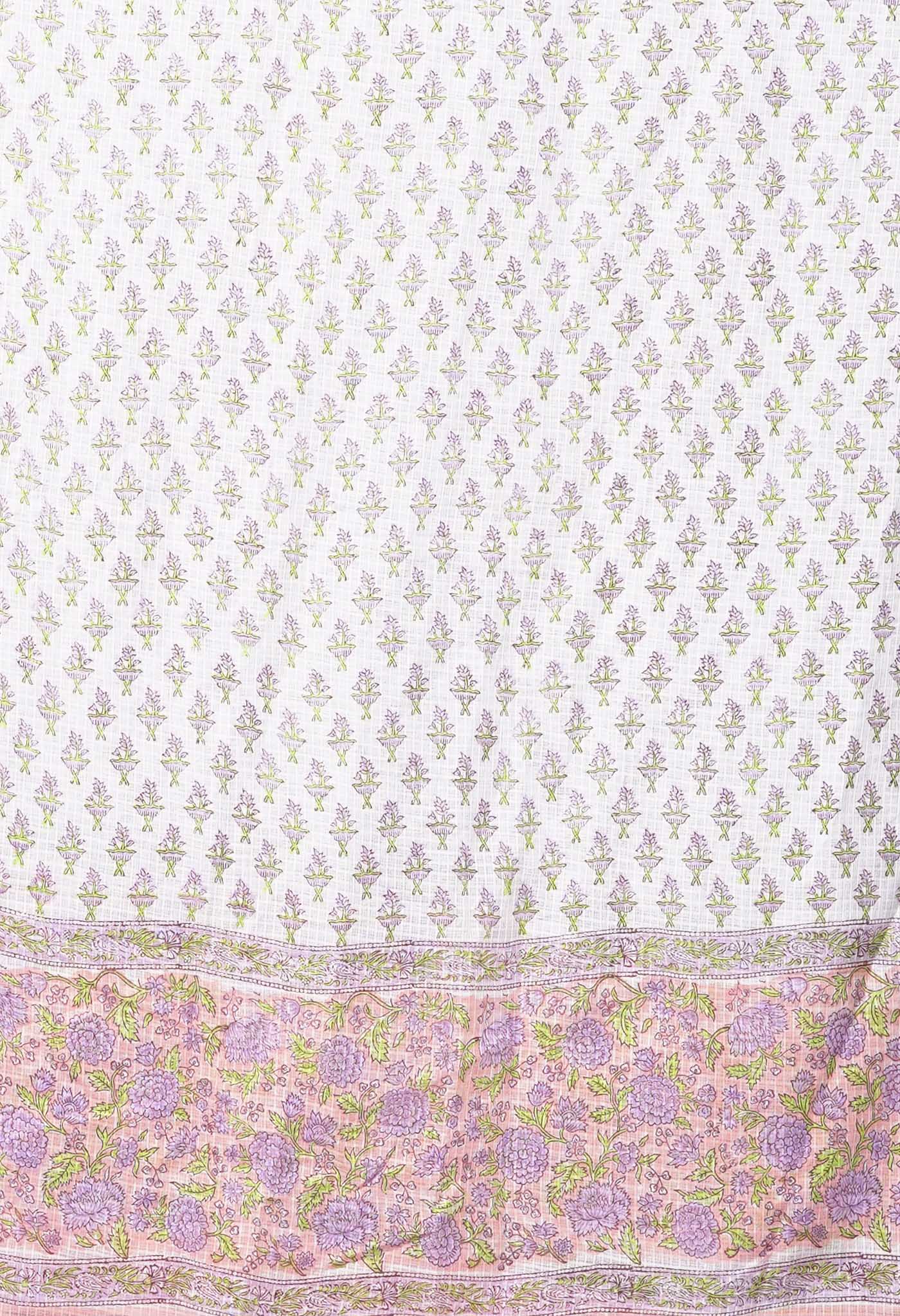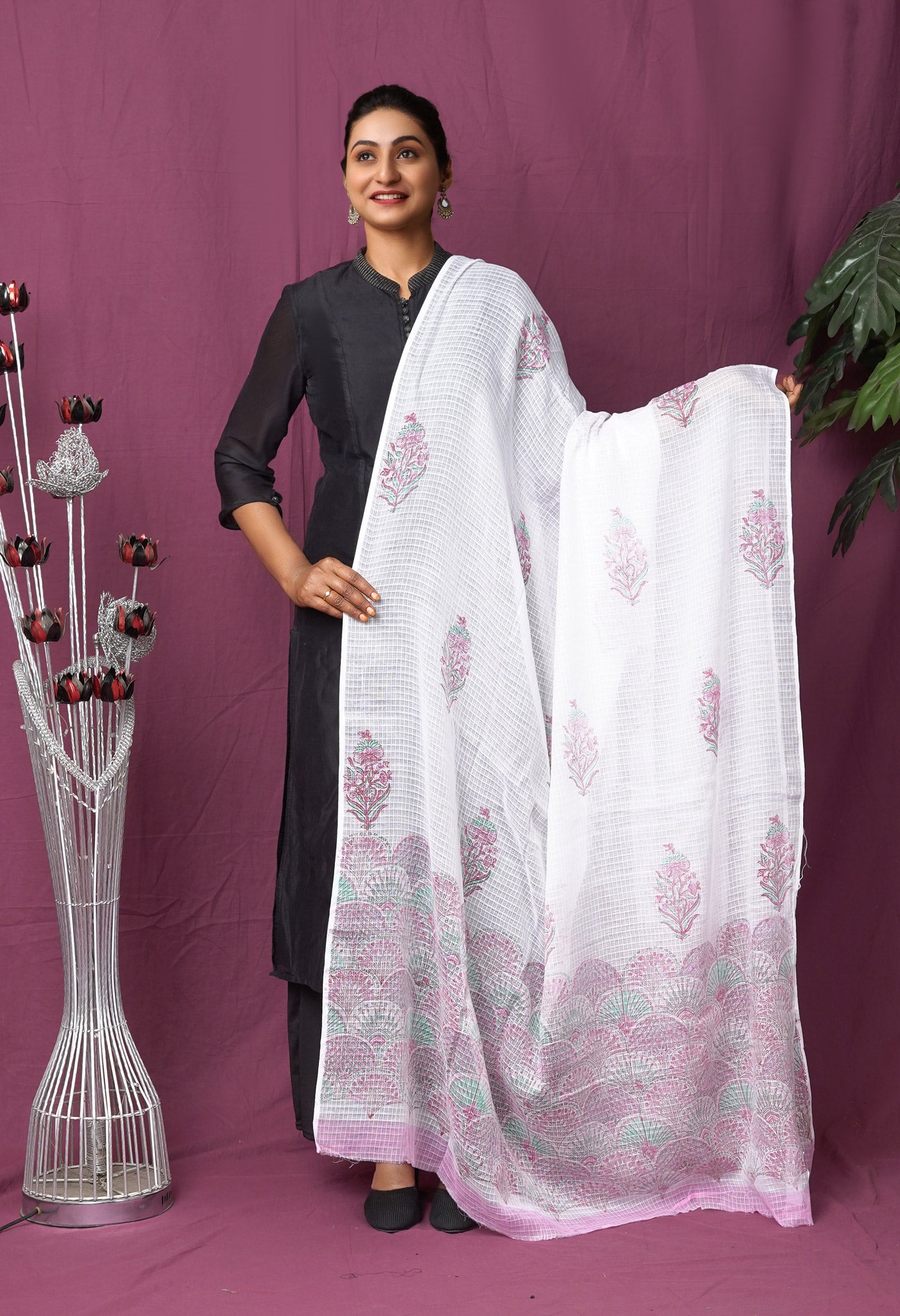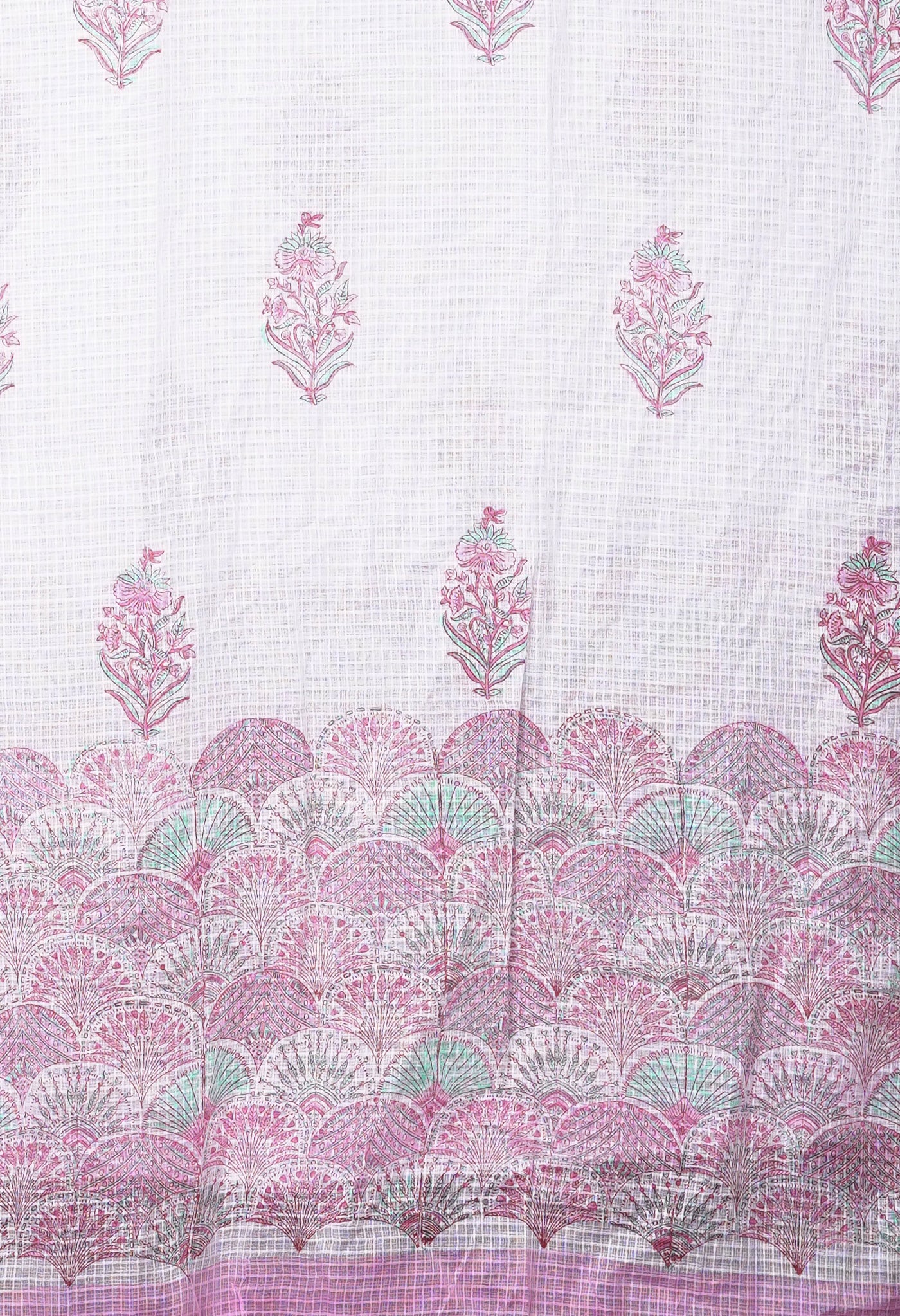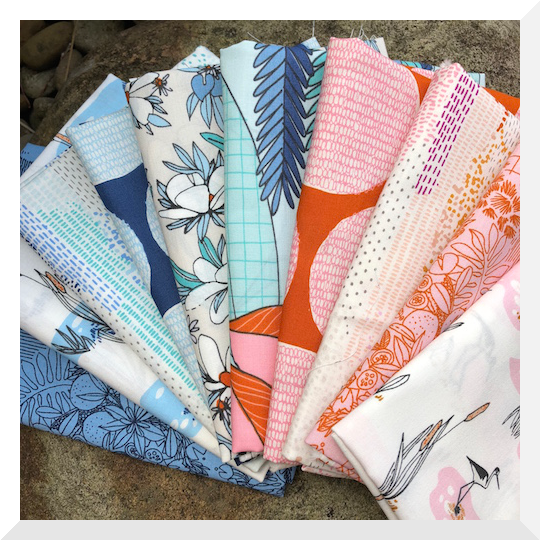
Organic & Eco friendly fabrics – 10 best materials for the environment conscious
In recent times, more so in the past couple of decades, environment pollution has generated sufficient heat and raised enough dust to grab the entire world’s attention. The focus since, has been to cut down on all processes that tend to degrade the earth’s atmosphere, seeking new alternatives to replace the existing that have been causing damage to the surrounding environs. And in the current scenario any improvement small or big is viewed as a major step in temporarily halting the slow but steadily increasing pollution levels.

In this context then comes the question - How are Textiles harming the Earth?
- There are several ways in which the Textile industry by virtue of its activities is causing immense harm to planet Earth. Textile chains involve processes from obtaining the raw material up to completion of product and its packaging.
- Starting from obtaining the raw material, the pre-treatment prior to application of dye, the actual dye application, the weaving of the fabric, the printing process, the application of finishes, storage, labeling and finally packing, all of them involve chemicals and toxins to some extent that get mixed in the environment around them.
- The manufacturing unit would have emissions of these chemicals in the form of dust, toxic liquids and vapours that get mixed up with the land and water around.
- This pollution would affect the lives of humans, livestock living close to the unit from mild to severe reactions, rash, skin allergies and what not.

Further, What is the need for earth-friendly fabrics?
- According to the well-known Ellen Macarthur Foundation, textile production produces 1.2 billion tonnes of greenhouse gas every year. The United Nations estimates that 10 percent of total global emissions come from the fashion industry.
- The impact of textiles and clothing industry on the environment go beyond emissions. Dyes used to produce toxic chemicals pollute waterways. Gathering the materials for wood-based fabrics like rayon, modal and viscose contributes to deforestation.
- Popular polyester fabrics washed in domestic washing machines shed plastic microfibers that make their way to into drinking water and aquatic food chains (including in fish and shellfish eaten by humans).
- Cotton, an eminently popular material, is a pesticide and water-intensive crop; according to the World Resources Institute, the amount of water required to make one cotton t-shirt is the same as one person drinks in two-and-a-half years.

What are organic textiles ?
- Organic textiles are certified textiles made from fibers that are grown in controlled and constantly monitored conditions where no chemicals like fertilizers and pesticides are used and soil and water where the plants are grown are constantly checked for deviation.
- Organic farming processes are strictly adhered to. In the testing process for certification of these fibers, traces of heavy metals, additives etc are checked. If a fiber is “certified organic” its growing conditions have been monitored and certified by an agency from one of the several organic trade associations worldwide.
- The fabrics are processed using organic compounds, which are not harmful to the environment.
- The fabric should have at least 95% of organic fibers to be certified organic.
GOTS (Global Organic Textile Standard) is a standard for textiles to define an organically grown crop and an organic and non-toxic manufacturing process including social responsibility (fair labor) standards

Organic cotton – an example for a brighter environment
- Organic cotton is cotton that has been grown on earth that has been without the use of chemical pesticides and defoliants for at least three years.
- Fertilizers that are used include compost, manure, naturally derived mineral and plant fertilizers from crop rotation.
- Insect controls involve the use of beneficial insects and natural pesticides certified for organic crops.
- Organic cotton feels softer, smells cleaner, and is less likely to trigger allergies.
- The sustainable farming practices used to grow organic cotton do not pollute groundwater, surface water, soil, or air. In fact, soil quality is actually improved by the production of organic cotton.

What are eco-friendly textiles?
- Eco-friendly textiles are naturally organic without any monitoring or controlled conditions.
- These fibers are grown in places where you do not need to use fertilizers or pesticides.
- They are biodegradable and produce very little negative impact on the earth’s environment when the fibers are made into fabric through equally eco-friendly processes.
- Eco-friendly fabrics are renewable i.e. they are capable of being replenished or replaced by natural processes at a rate comparable or faster than its rate of consumption.
- The earth-friendly fabrics should adhere to the following criteria
- There are low levels of pesticide residue present in the fabric
- Formaldehyde and heavy metal concentration does not exceed a certain percentage
- PH value is neutral or slightly acid
- No carcinogenic dyeing materials are used.
Eco-friendly fabrics have also come to mean that they are made from fibers that do not require the use of any pesticides or chemicals to grow. They are naturally resistant to mould and mildew and are disease free. Hemp, linen, bamboo and ramie are eco-friendly fibers.

Why Go Organic or Eco-Friendly?
It is a massive social responsibility to keep the environment from degrading.
- Chemicals and pesticides used for normal fabric fibre crops invade drinking water and groundwater, polluting its fish and even reaching human consumption.
Organic and eco fibers grow without any pesticides or chemical fertilizers.
- Synthetic fibers eventually become waste and let off harmful toxins when they degrade.
Organic and eco-friendly fibres are biodegradable and dissolve naturally over time.
- Many people are allergic or dislike wearing synthetic textiles because they do not feel comfortable in the drape.
Eco fabrics have all the properties of the new synthetic breathable fibers with added softness and drape. They feel better against the skin.
- Not only do synthetic dyes and chemicals reach into our groundwater, conventional clothing is worn next to our most porous organ - our skin.
Organic and eco-fibers are natural and do not contain irritating chemicals. Many of them are also considered hypoallergenic and naturally anti-bacterial.

The 10 best known organic and eco-friendly fibres
1. Bamboo
- As one of nature’s most sustainable resources, it is 100 % bio-degradable and naturally regenerative with growth being quite fast at one foot per day.
- Bamboo plants are naturally anti-microbial, hypo-allergenic and thermal regulating. They are also resistant to mould.
- Among its adorable qualities is its breathability, ability to keep moisture from settling within due to its porous nature, an excellent draping quality, a silky cashmere feel and its fabrics are very easy to maintain.
- The bamboo tree does not need any pesticide or fertilizer to grow – it just proliferates in the places where it grows.
- The drawing of the fibre from the plant does not involve any chemical modification, in fact all it requires is crushing, using natural enzymes to break the walls into a pulp, combing the pulp to mechanically draw the fibres and spinning the yarn.

2. Hemp
- Hemp is a bast fiber that is considered as very sustainable since these plants grow quickly and densely. This also makes it difficult for weeds to hold on. Hence when the plant (from which this fiber is derived), is growing there is no need for any pesticide or fertilizer.
- The hemp plant releases nutrients into the soil, leaving the soil in excellent condition for any succeeding crops and has the least adverse impact on the ecology.
- In fact the production process and the textile manufacturing process of hemp fibers are all relatively safe very much eco-friendly.
- Hemp has long fibers perfect for spinning with minimum processing and because it comes in a variety of weights and textures it can be used to produce many different articles of clothing/ accessories.
- An extremely durable fabric, it is also very insulating, absorbent and improves with subsequent washes. In fact every wash gets the fabric softer than earlier.
- UV resistant, highly breathable, fast drying, hypoallergenic and non-irritating to skin are the lovely qualities of the hemp fabric.

3.Ramie
- Ramie is a highly sustainable eco-friendly fiber, very strong and durable; 8 times stronger than cotton and even stronger when wet.
- Ramie is a flowering plant, and once the flowers begin to bloom, then the fibers are extracted from the plant for spinning. It can be harvested up to 6 times in a good year.
- Ramie is naturally resistant to bacteria, mould and mildew as well as light damage, rot or insect attack. It does not require pesticides or herbicides in order to grow healthily.
- Unlike other fibre crops, ramie needs chemical processing to de-gum the fibre.
- Ramie fiber is known especially for its ability to hold shape, reduce wrinkling, and introduce a silky lustre to the fabric appearance. It is not as durable as other fibers, so is usually used as a blend with other fibers such as cotton or wool.
- It is similar to linen in absorbency, density, and microscopic appearance but does not dye as well as cotton.
- Because of its high molecular crystallinity, ramie is stiff and brittle and will break if folded repeatedly in the same place; it lacks resiliency and is low in elasticity and elongation potential.

But then why despite its strength, does ramie have limited acceptance for textile use?
- The fiber's extraction and cleaning are expensive, chiefly because of the several steps—involving scraping, pounding, heating, washing, or exposure to chemicals. Some or all are needed to separate the raw fiber from the adhesive gums or resins. Spinning the fiber is difficult due to its brittle quality and low elasticity; and weaving is complicated by the hairy surface of the yarn, resulting from lack of cohesion between the fibers. Greater utilization of ramie may depend upon development of improved processing methods and the need to find plastic alternatives.
- Ramie is used to make such products as industrial sewing thread, packing materials, fishing nets, and filter cloths. It is also made into fabrics for household furnishings (upholstery, canvas) and clothing, frequently in blends with other textile fibers (for instance when used in a mixture with wool, shrinkage is reported to be greatly reduced when compared with pure wool). Shorter fibers and waste are used in paper manufacture. Ramie ribbon is used in fine bookbinding as a substitute for traditional linen tape.
4. Tencel
- Tencel (Lenzing Fibers’ brand name for lyocell) is a new all natural fiber that is made with wood pulp cellulose from the eucalyptus tree.
- Using a non-toxic solvent during its production process and with close to 100% of the solvent being recovered, the rest broken down in water treatment plants, it is very much eco-friendly.
- Tencel uses much less water than used in the production of non-organic cotton, which uses 100 times more.
- As a fabric, Tencel is extremely absorbent, irritation-free (very smooth on skin), naturally prevents the growth of bacteria, and is 100% biodegradable, coming from forests that practice sustainability.

4. Linen
- One of the most popular in current day fabrics, Linen is a natural fiber of immense adorable qualities. Cool, absorbent, fairly light in weight, it is great for hot weather but even during the rest of the seasons, it still is good for the body.
- Taken from the flax plant, linen is a natural fiber that has been around for centuries and takes little or no chemical fertilizers to grow.
- The amazing thing is that the linen plant from the time it is harvested, all parts of the plant can be used, making multiple by-products so that nothing gets wasted.
- One of the strongest of all natural fibres, it is extremely durable and as a soft fabric gets softer with every subsequent wash.
- With a good absorption of various types of colors, it holds them fast and does not bleed easily.
- You have formal and designer clothing, dresses, suits, separates, skirts, jackets, pants, blouses, shirts, children’s wear etc. as apparel. Linen clothing is good for any time of the year and has a wide range to cater to .
- It gives unparalleled comfort to the wearer, looks very crisp and elegant and is non-allergenic for its minimal use of chemicals and pesticides during its cultivation.
- Made of biodegradable fibers, it has a rich, luxurious look and is considered as expensive.
- Compared to cotton it is less affected by heat, easy to maintain and wash. It also dries fast.
- It neither pills nor gives off lint and has a tendency to get lustrous with age.
- The flax plant does not require much energy or water resources to produce and the entire plant used to make linen, leaving no waste footprint. Linen clothing is naturally biodegradable and recyclable.
5. Organic Linen
- Organic linen is made from naturally, organically grown flax fibers.
- Organic linen is renewable and biodegradable.
- Linen as such is eco-friendly as it does not need much chemicals to grow but you cannot call it 100% environment-friendly as it takes a lot of chemical processes to convert flax fibers to linen fabric. This is where Organic linen trumps.
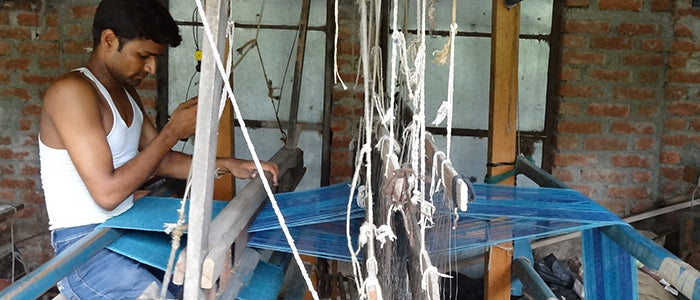
6. Organic cotton
- Cotton production is touted as one of the most polluting processes in manufacturing. As cotton is the world’s most commonly used natural fiber (It is estimated that about 60% of world’s total clothing is made of cotton), this results in a lot of ecological damage.
- When we rely on organic processes in growing and textile manufacturing processes, the quality of cotton substantially increases.
- Organic cotton, thus naturally grown and made into fibers and then into the fabric is hypoallergenic. No fear of rashes caused by pollutant residue on the fabric
- Muslin or Calico is unbleached cotton and you can call it eco-friendly as it does not undergo the finishes that cotton fabric normally goes through.

7. Modal
- Modal considered to be a type of rayon, is a processed bio-based textile made from reconstituted cellulose from beech trees. While rayon may be made of the wood pulp of a number of different trees, modal uses only beech wood.
- A fabric that is soft, smooth and breathes well, its texture is similar to that of cotton or silk. Cool to the touch and very absorbent.
- Like cotton, Modal dyes easily and becomes color-fast after submersion in warm water. Modal drapes well and keeps its shape, even when wet.
- One of the advantages of Modal over cotton is its resistance to shrinkage, a vexing problem with cotton.
- Modal is also less likely to fade or to form pills as a result of friction. Its smoothness makes hard water deposits less likely to adhere to the surface, so the fabric stays soft through repeated washings.
- The advantage of Modal is that if properly made the pulp is provides high quality of fiber. In addition valuable by products are extracted from the process such as acetic acid, sweetener and sodium sulfate for the production of glass. So fibers that come from nature would return to Nature since they are bio-degradable.

8. Organic jute
- Jute is a coarse, brown fiber from the stalk of the bast plant, grown in India.
- The fabric made from this fiber is sturdy, biodegradable and recyclable.
- When it is made using organic processes, there is no textile as eco-friendly as this.
- Wool refers to the soft curly hair of sheep and other animals like alpaca, camel, cashmere goat.
- It is a renewable fiber and hence may be termed eco-friendly but for the fact that the process of extracting the wool and converting it into fabric make it anything but eco-friendly because of the various chemicals used.
- But organic wool is different. It follows strict guidelines as to the hormones given to the animals, pesticides used in pastures. Only organically grown feed is given to the animals.

10. Organic silk
- This refers to beautiful silk fabric made in the most organic way possible – no pesticides, insecticides or harsh chemicals used in the production of the silk fiber and the fabric manufacturing process is also as organic as possible. The result is a very soft and beautiful silk.
A. Mud Silk
- Mud silk is a fabric we carry that is finished in a very eco-friendly way.
- Although the fabric itself is a silk/rayon blend, the process in which it is dyed is very unique and organic.
- Once the silk fabric is ready to be finished, it is dyed with natural resources such as roots, grass and vegetable/berry juices (in our case, a root was used to achieve the brown dye). It is then washed several times with iron-bearing mud, a process that takes four weeks. The fabric is then laid out on the ground for a week where light rays from the sun and moon set the double-sided dyeing process.
B. Recyclable PET fabric
- In this, yarns are made from recycled plastic bottles (used) or rejected bottles acquired from bottle companies. This reduces waste and produces less pollution.
- Other names for this fabric are Recycled polyester Fabric & PET Spun Fabric.
- At the end of a fabric’s life, Recyclable Polyester can be recovered and recycled to create new raw material for future products.

- PLA is a stretch fiber, made from the polylactic acid extracted from genetically altered corn.
- It is a biodegradable and bioactive thermoplastic aliphatic polyester derived from renewable resources, such as corn starch (in the United States and Canada), cassava roots, chips or starch (mostly in Asia), or sugarcane.
- The PLA fiber is converted to PLA fabric. It is biodegradable and renewable. The fabric has properties of polyester and nylon

